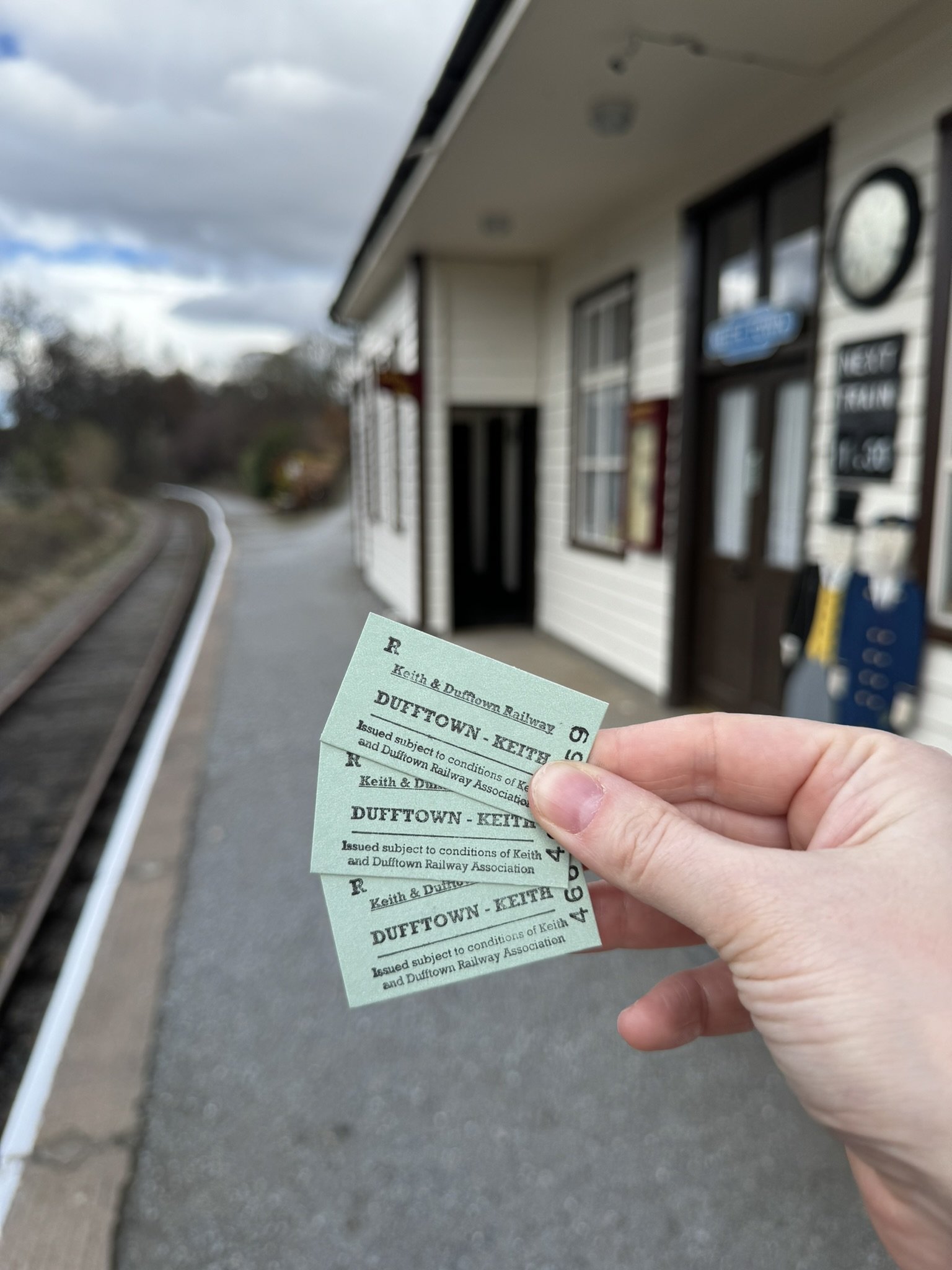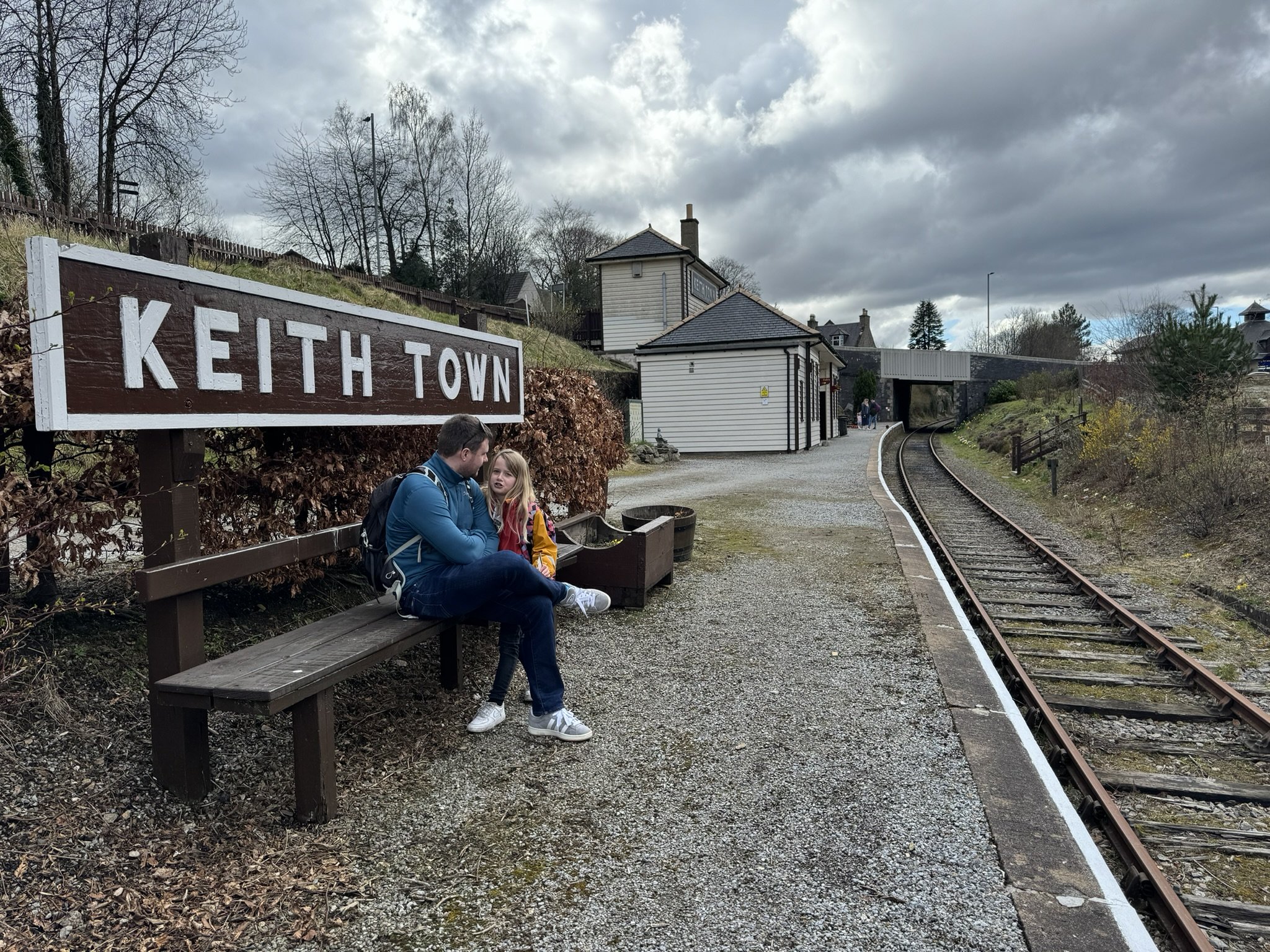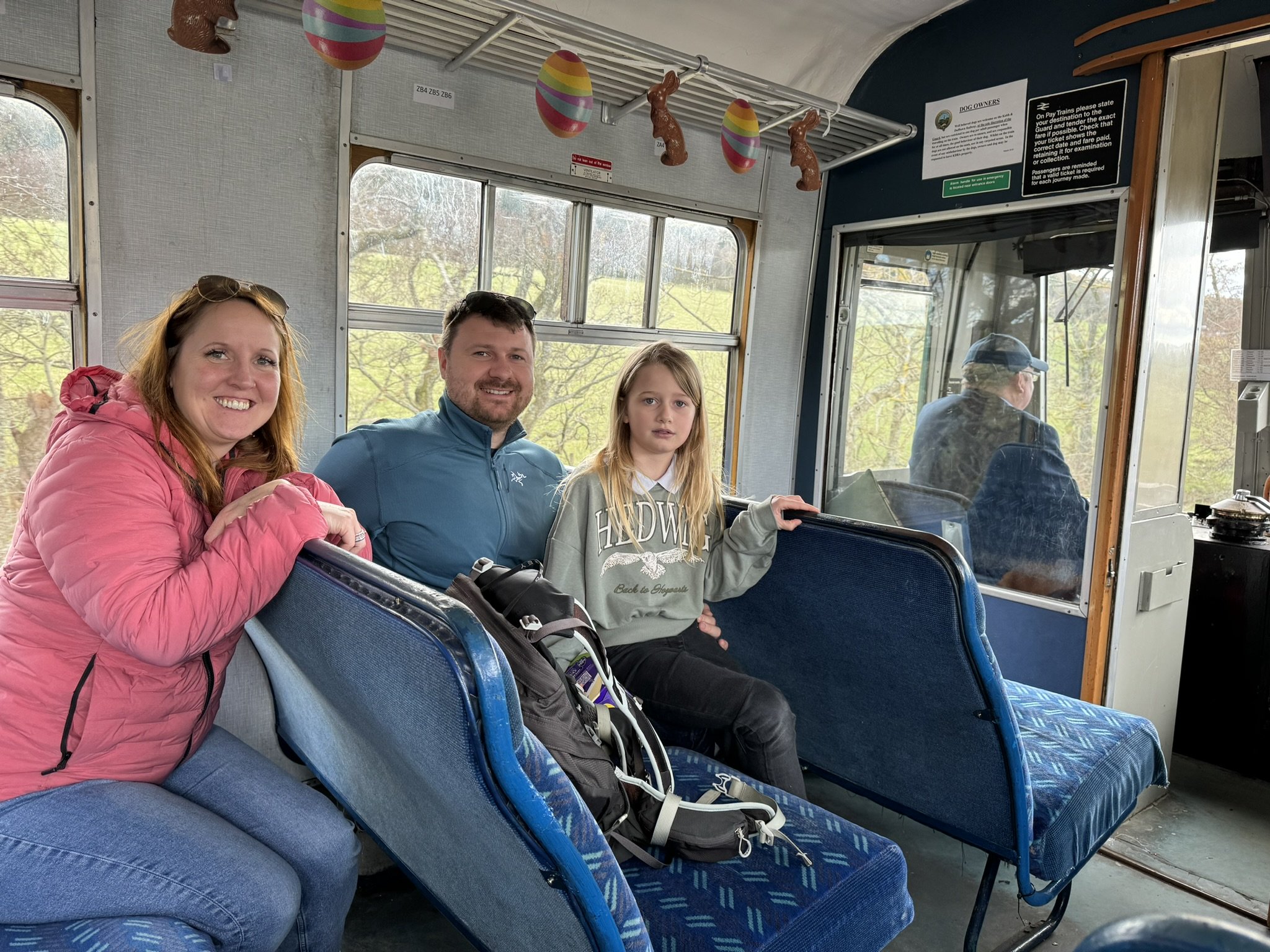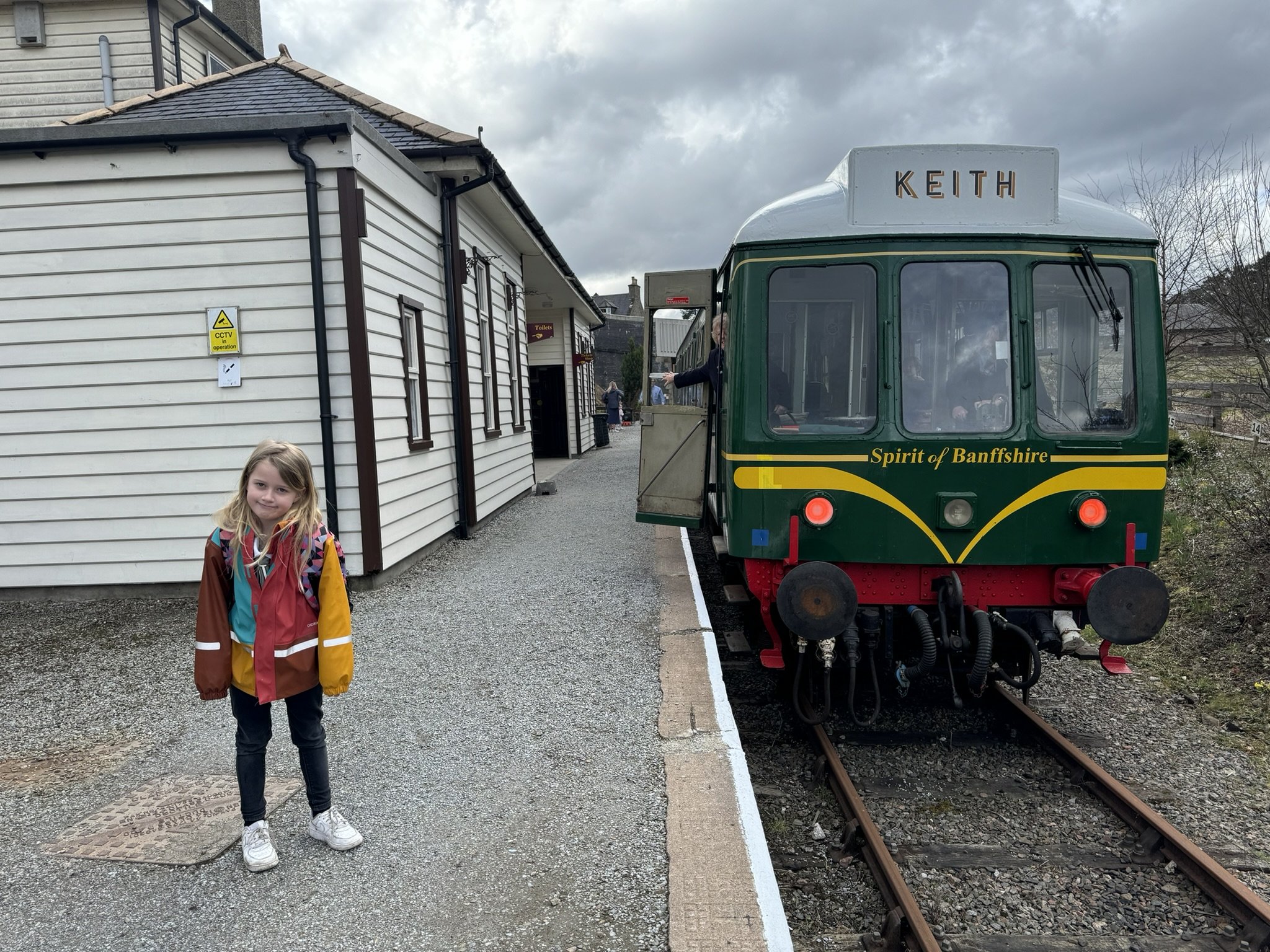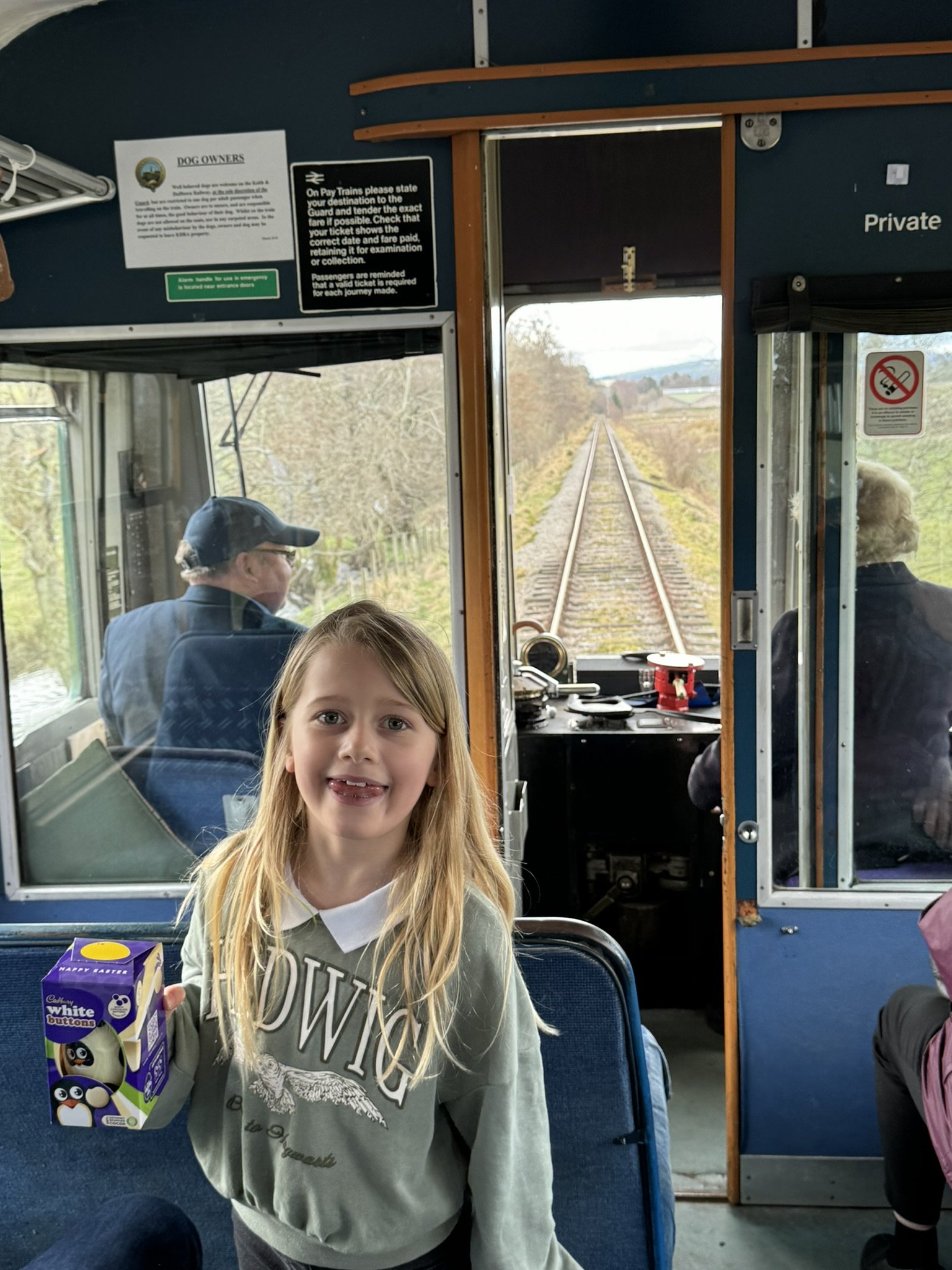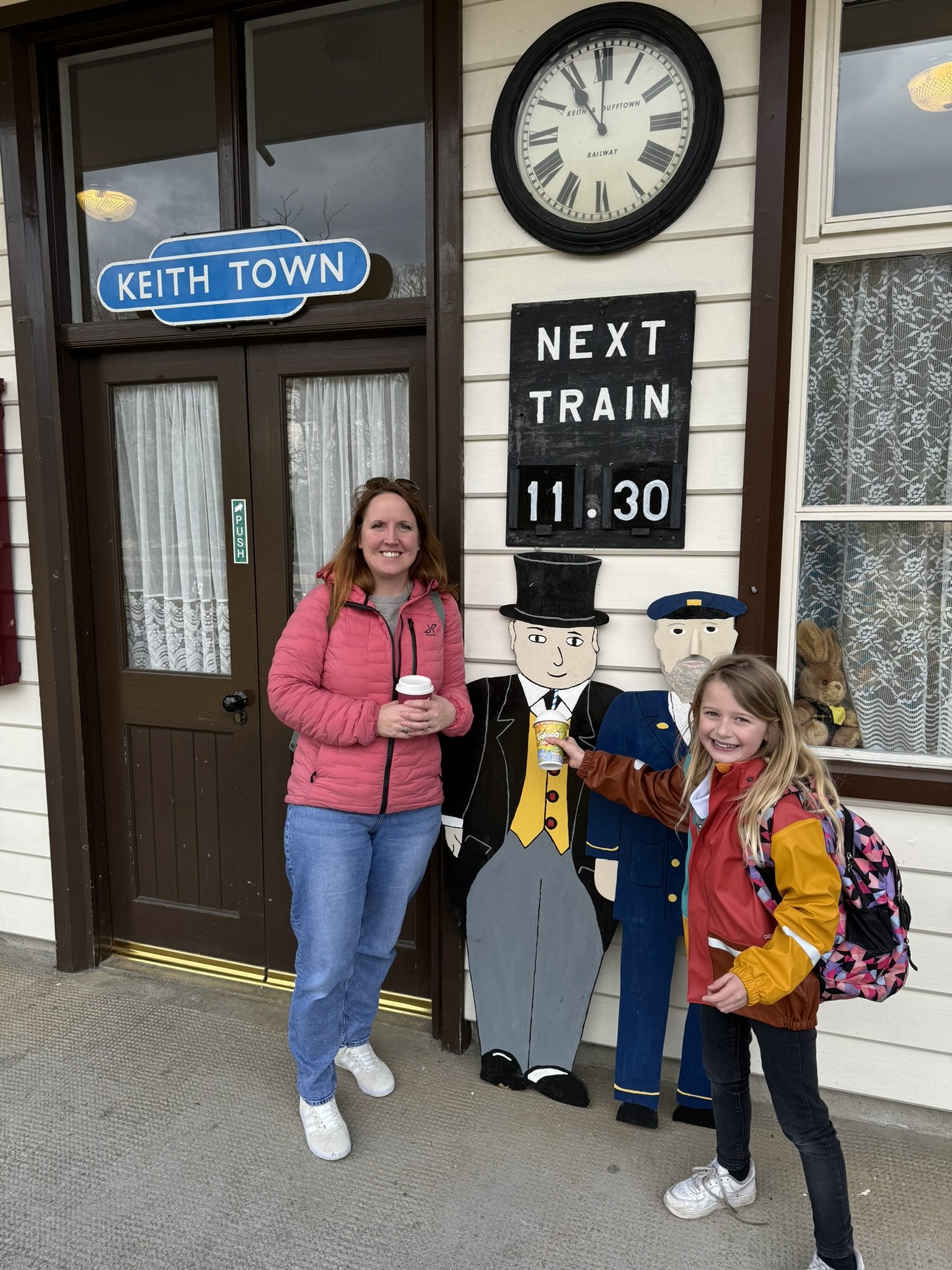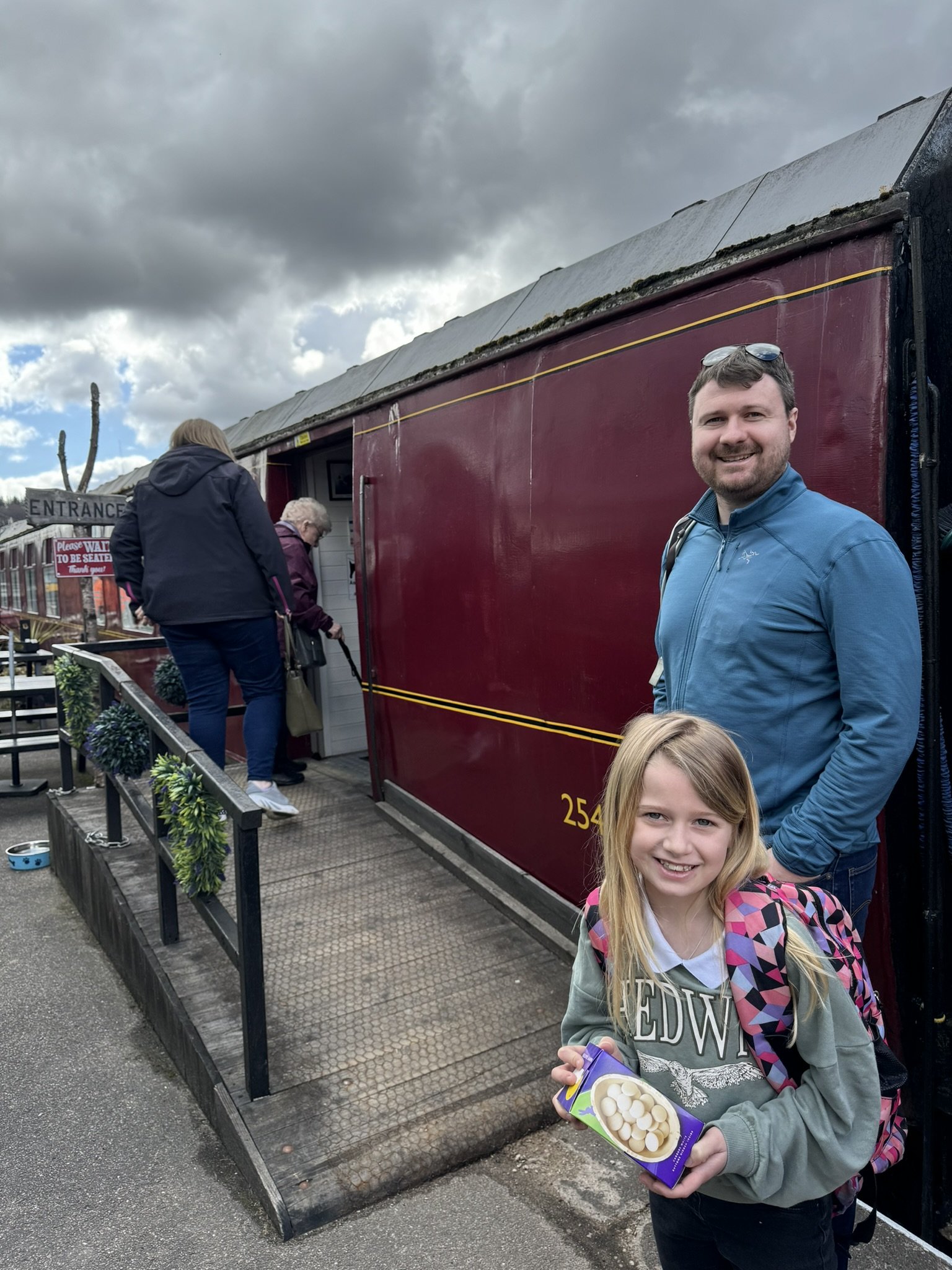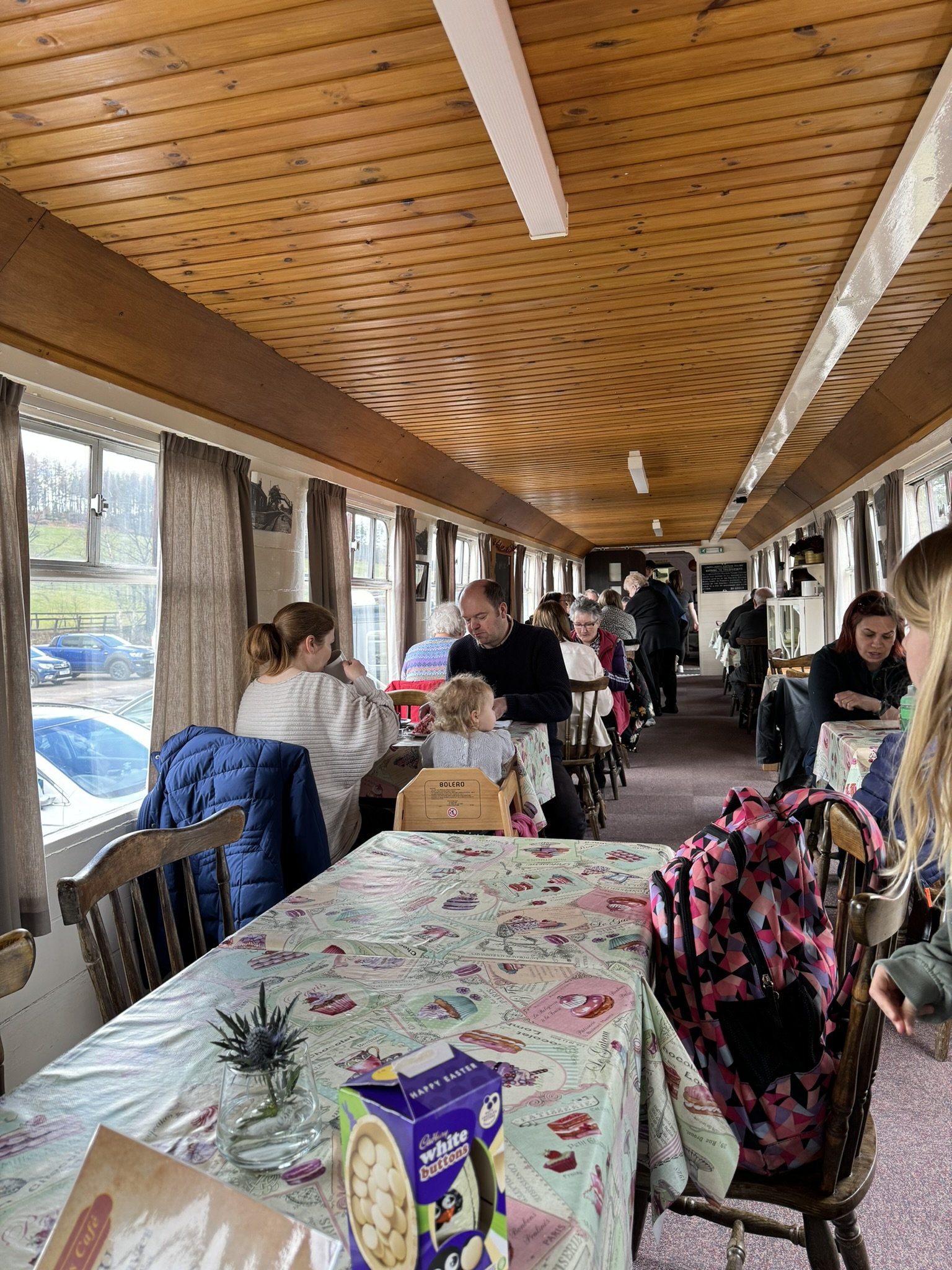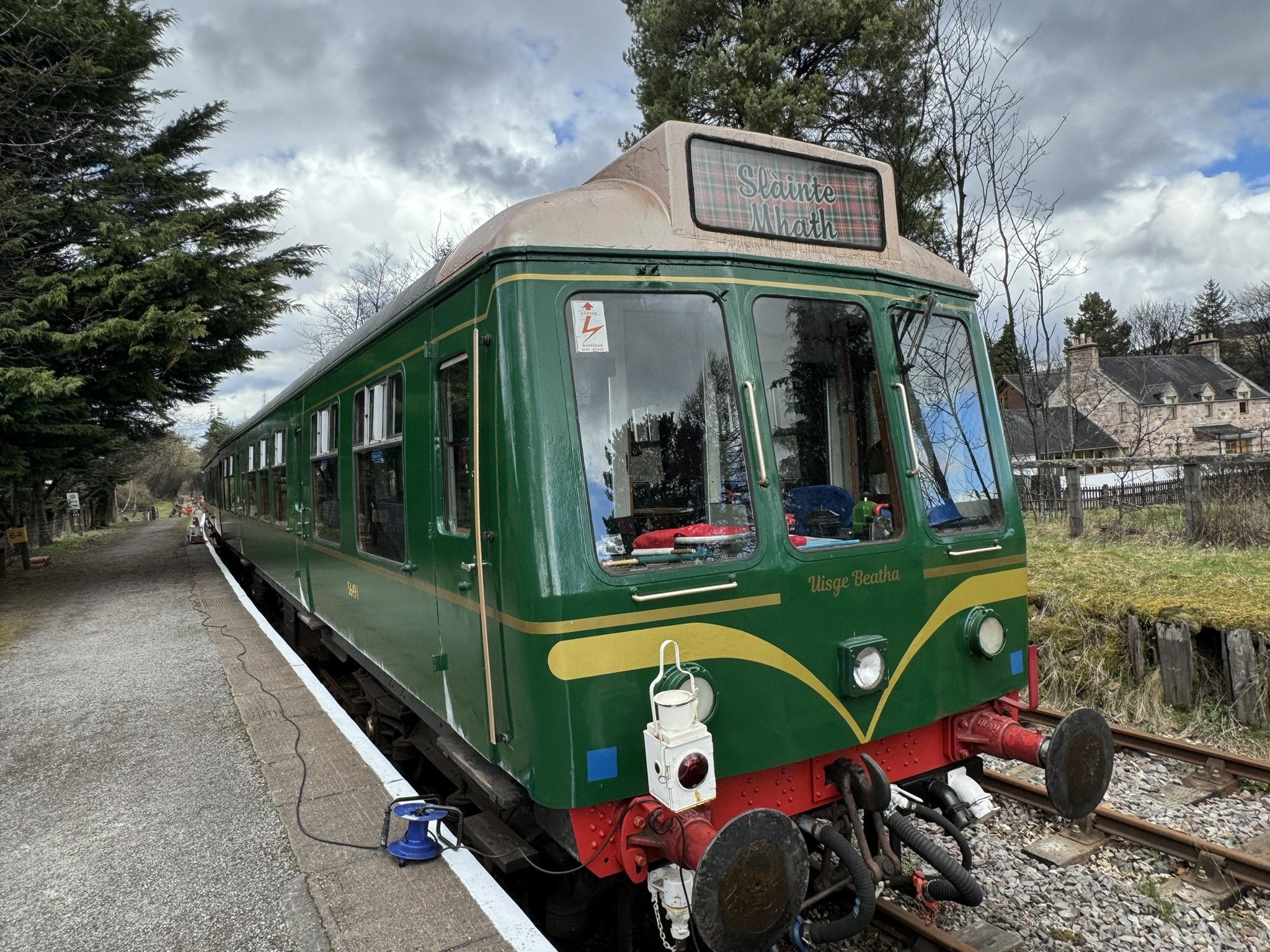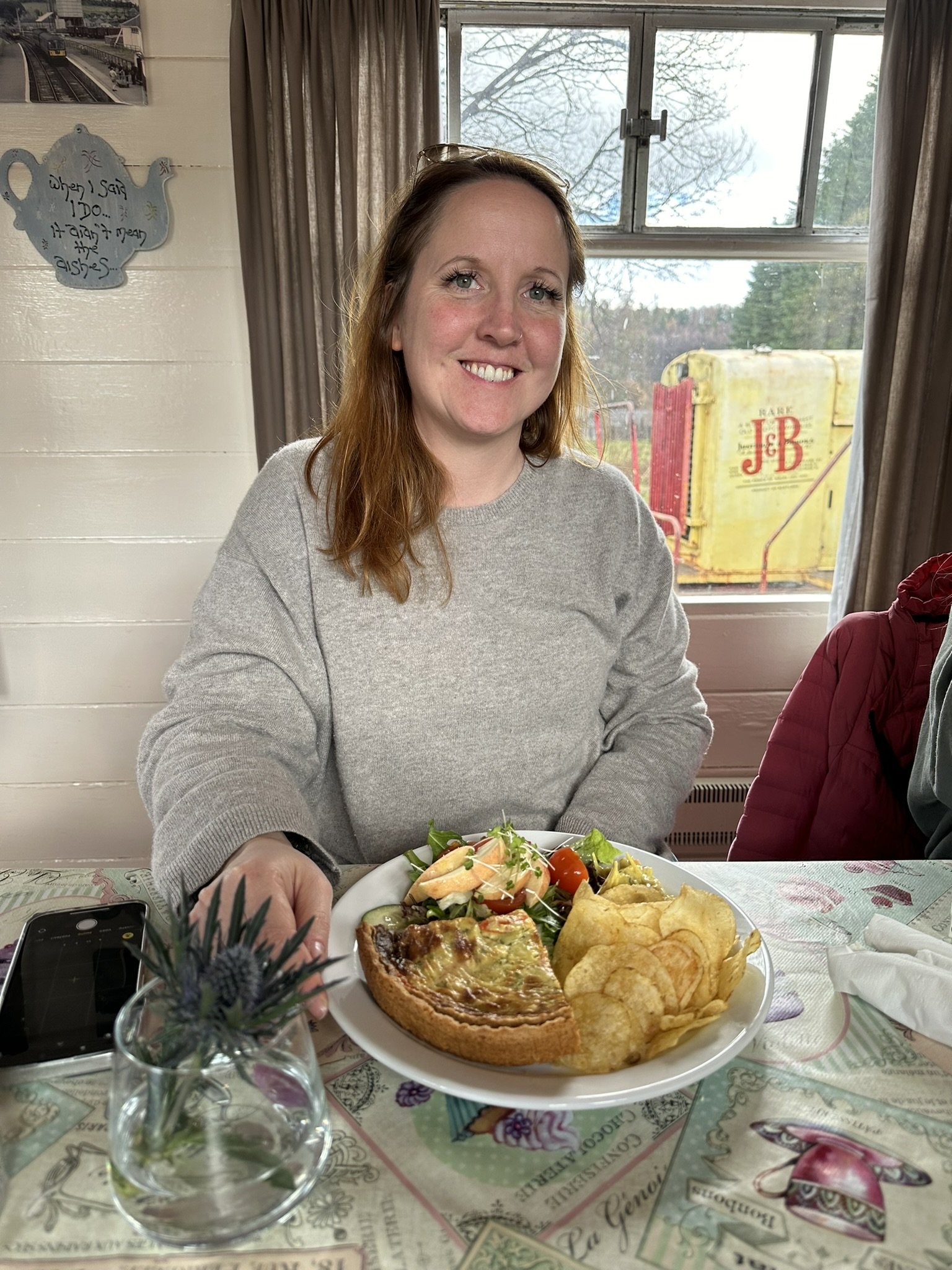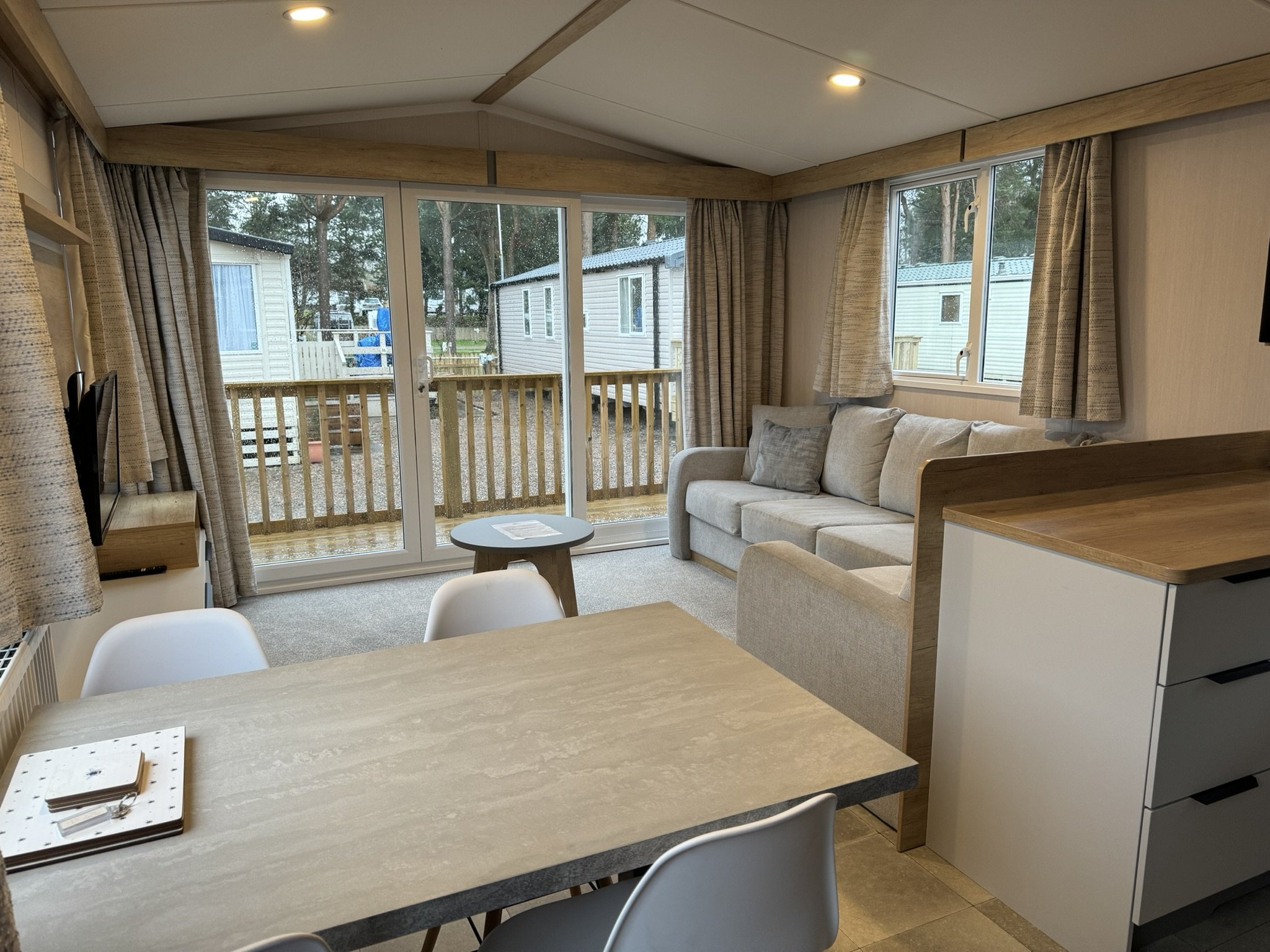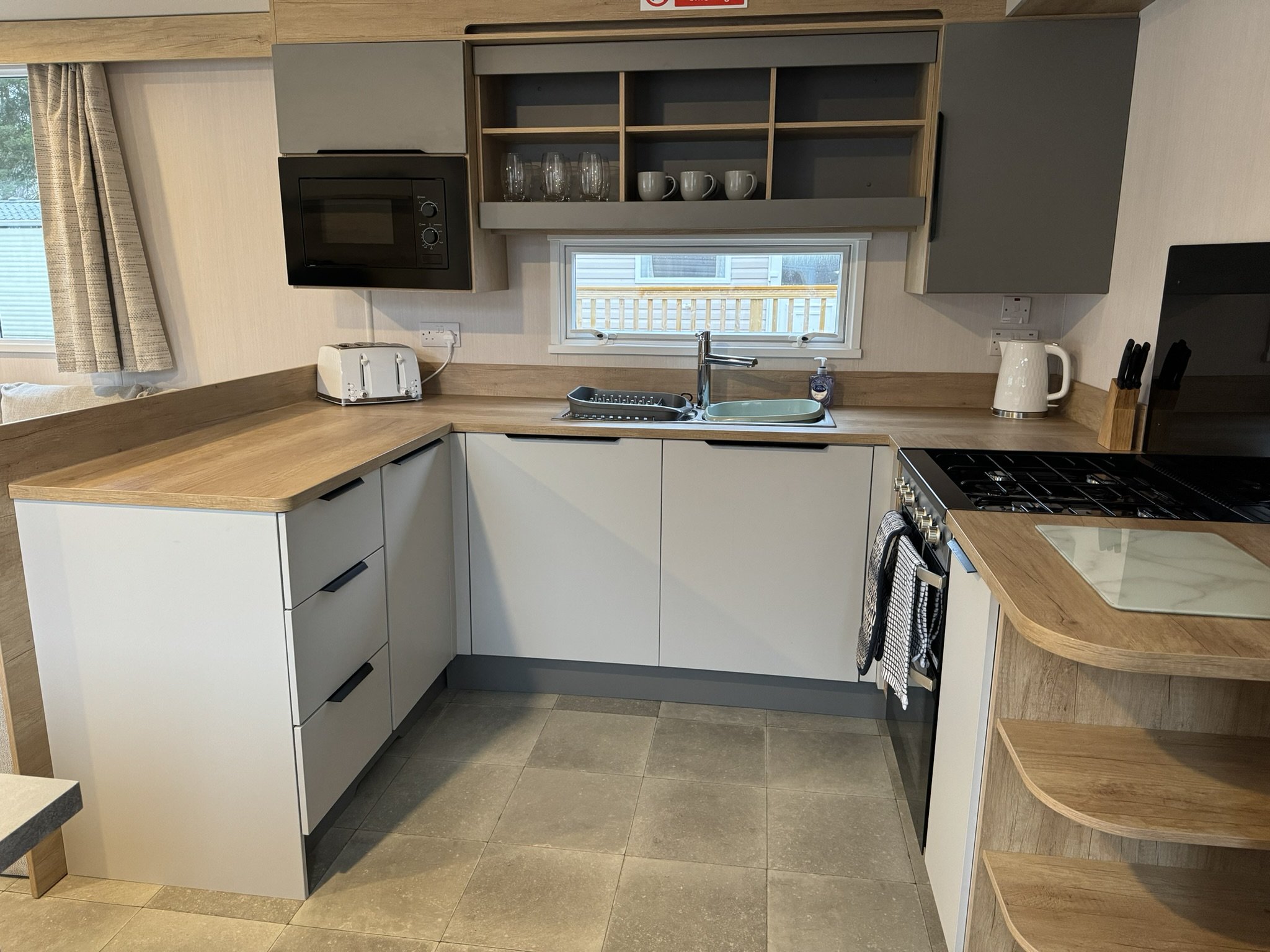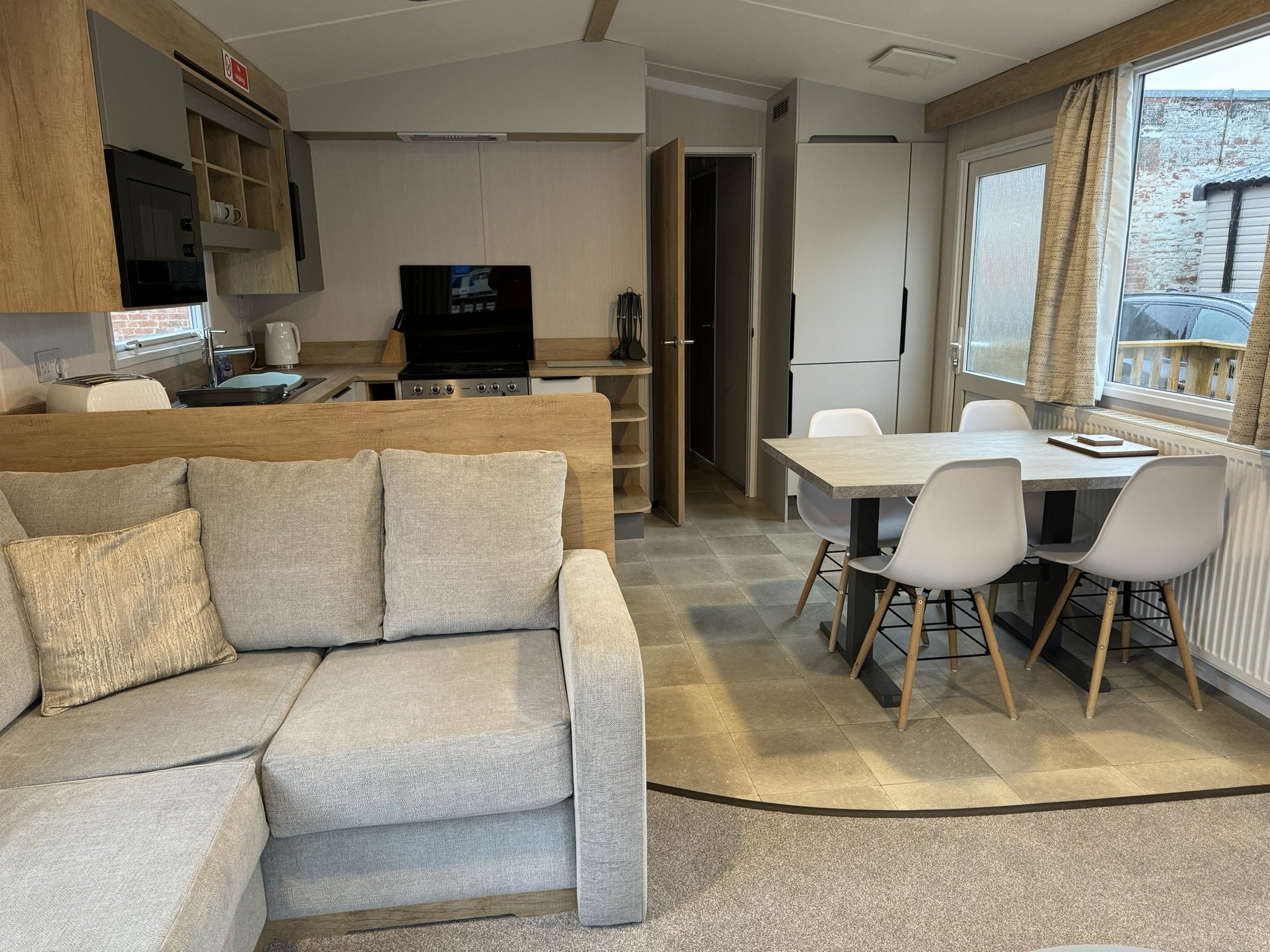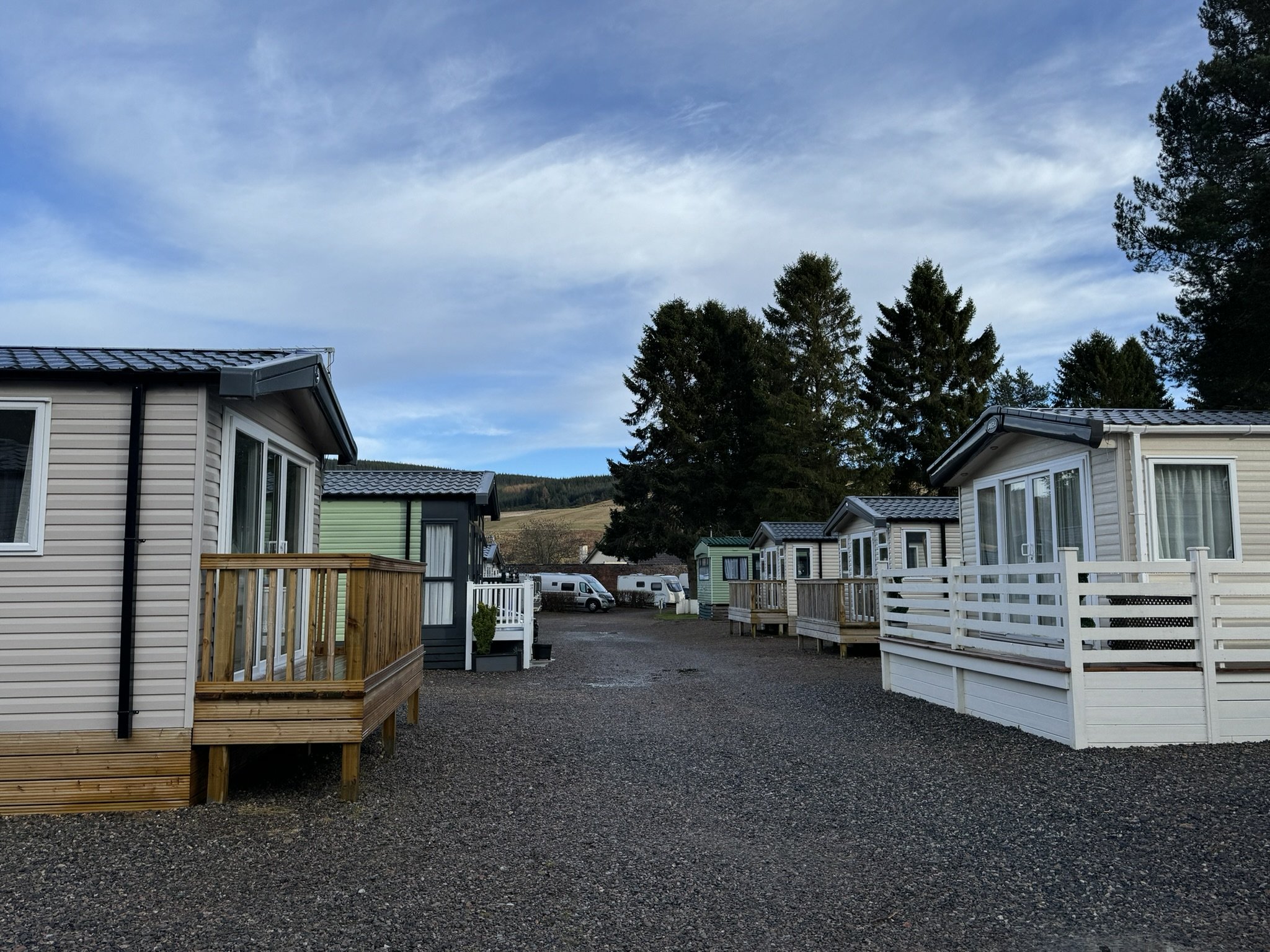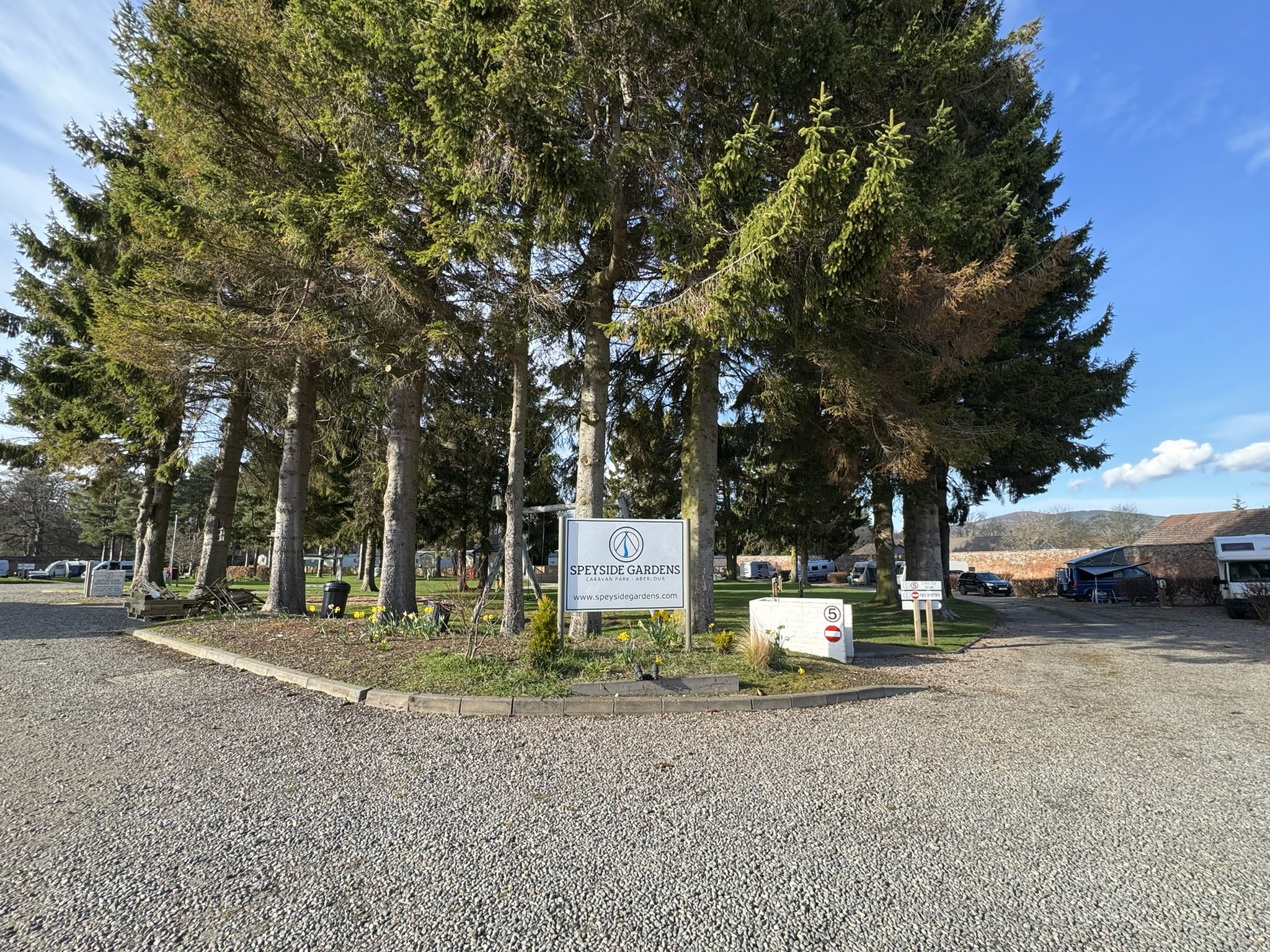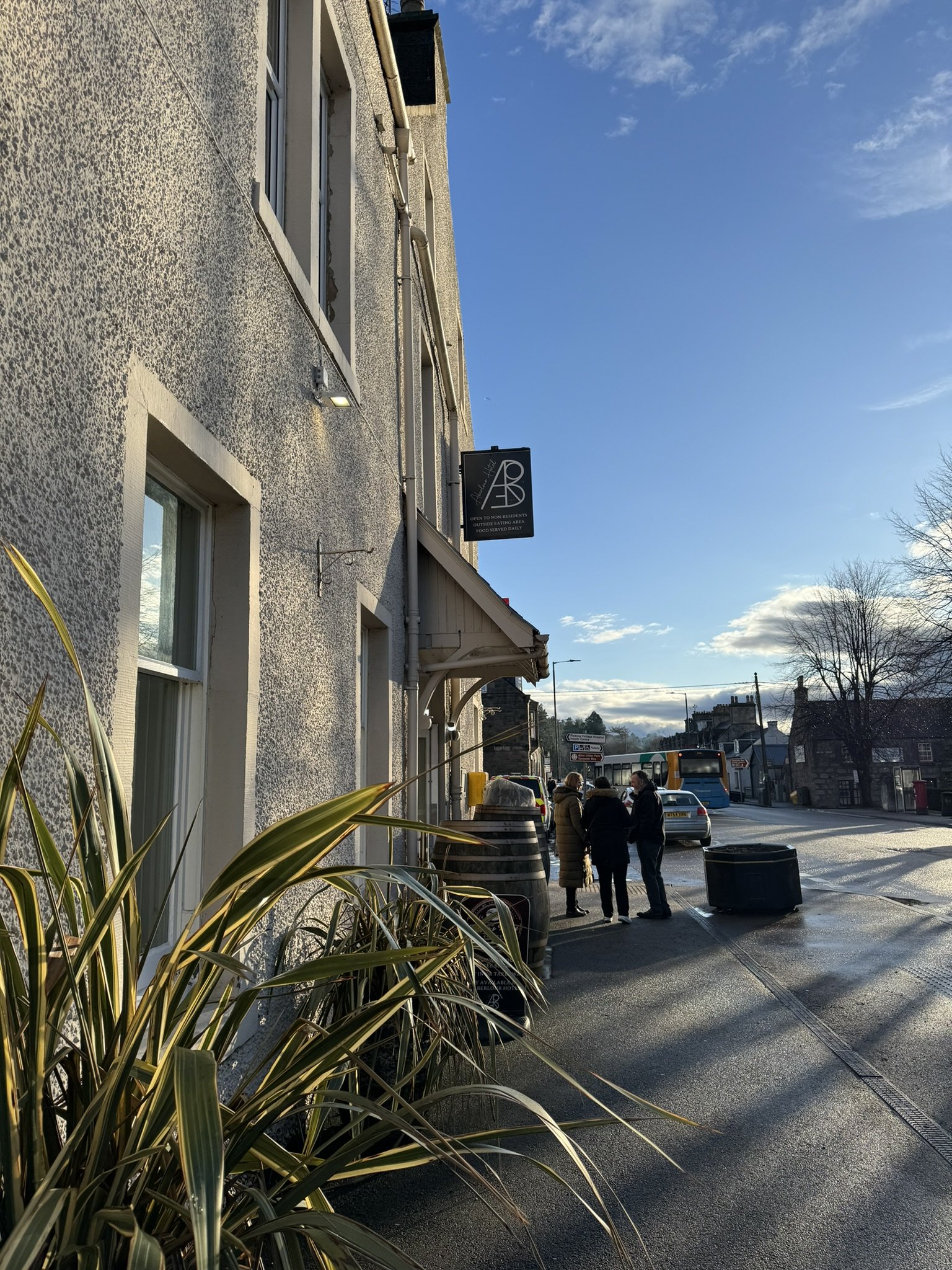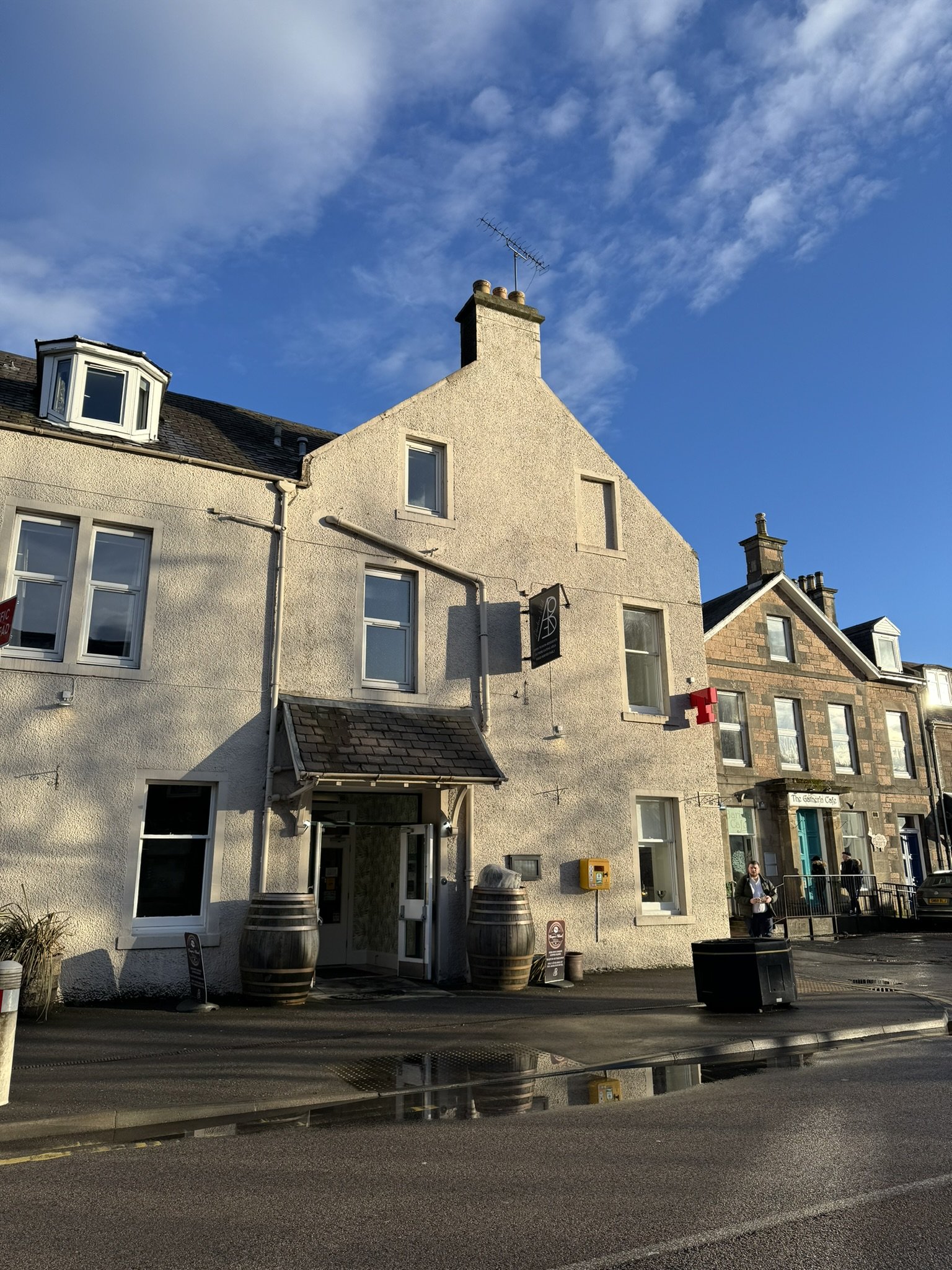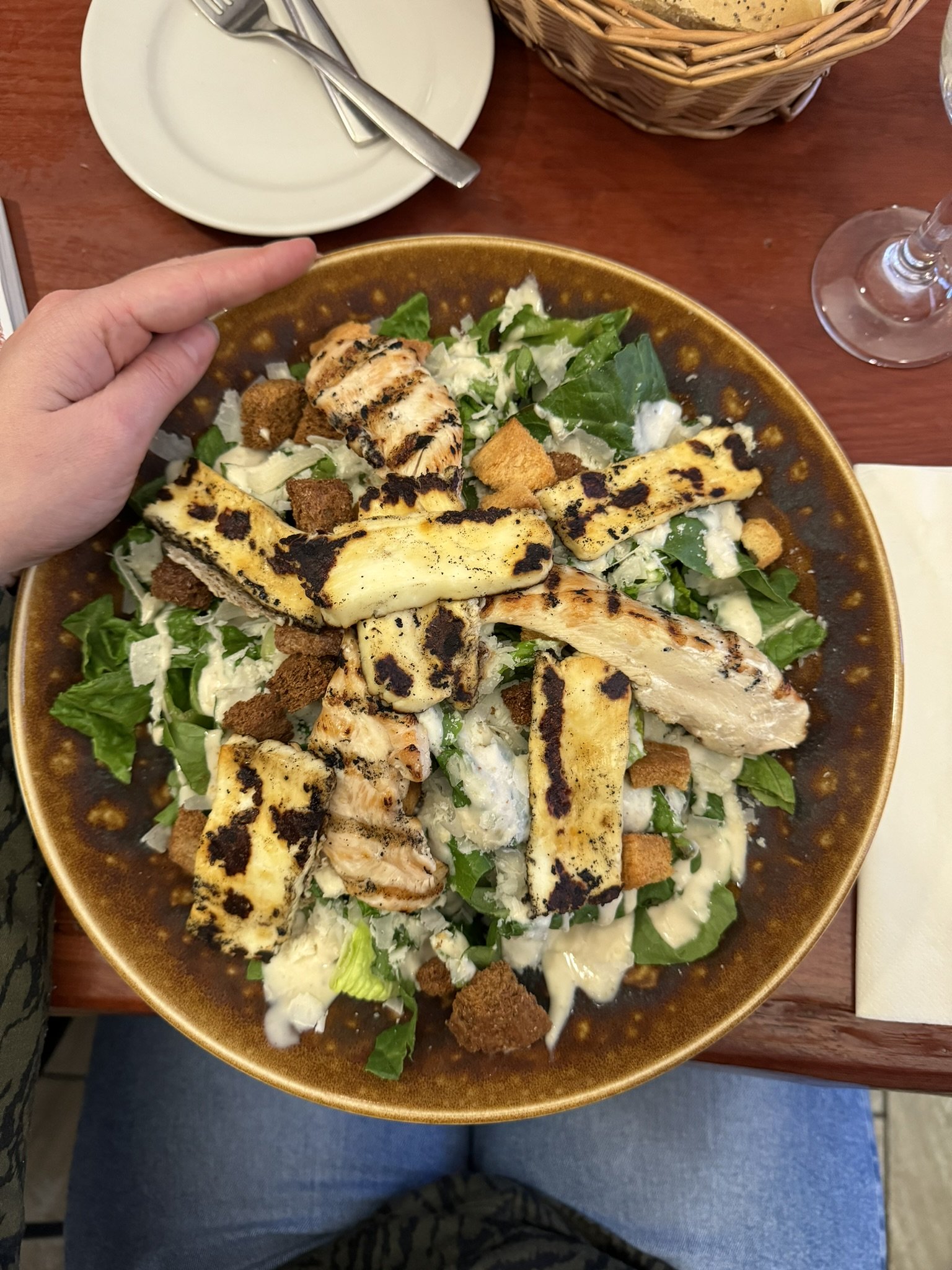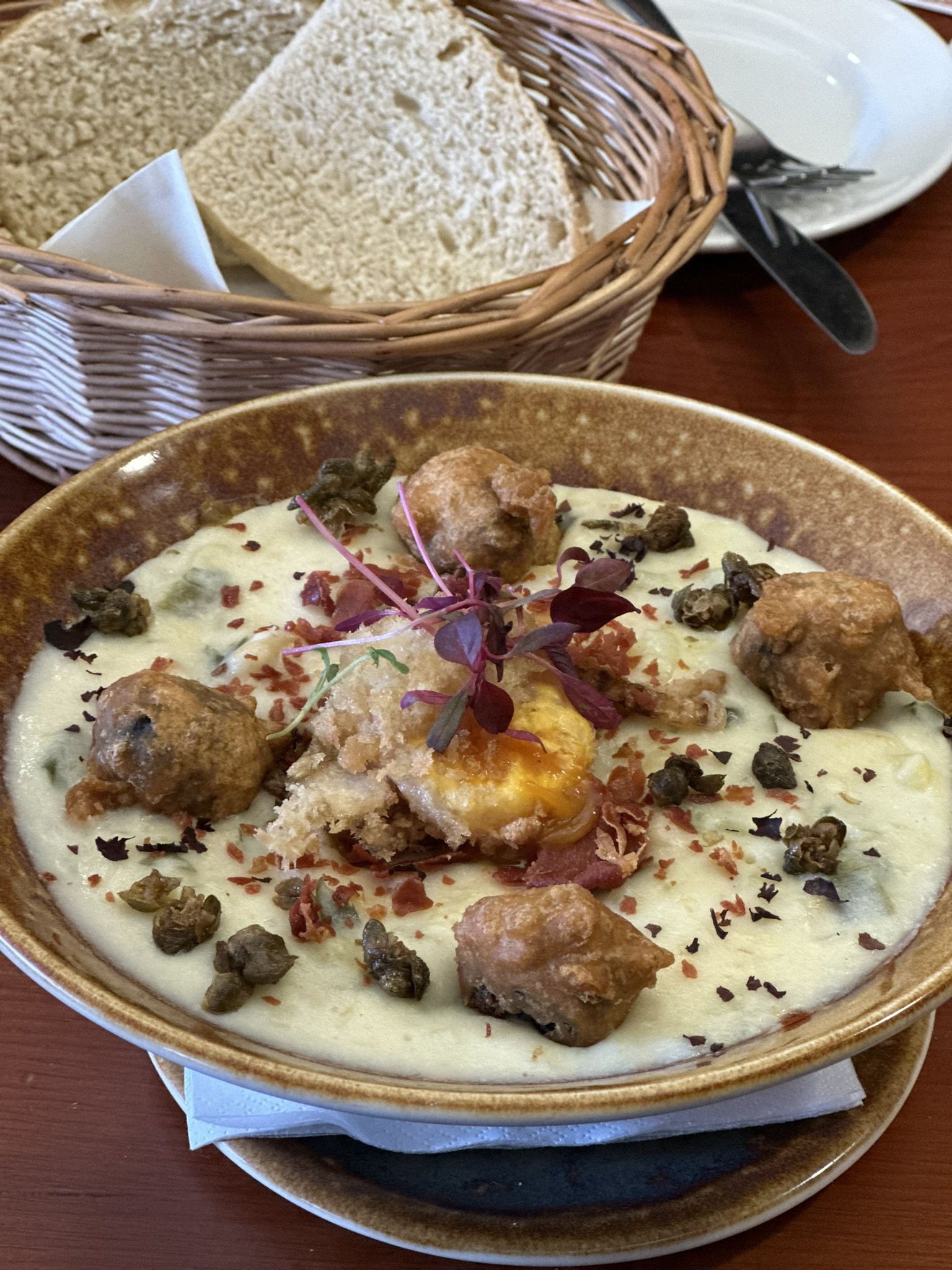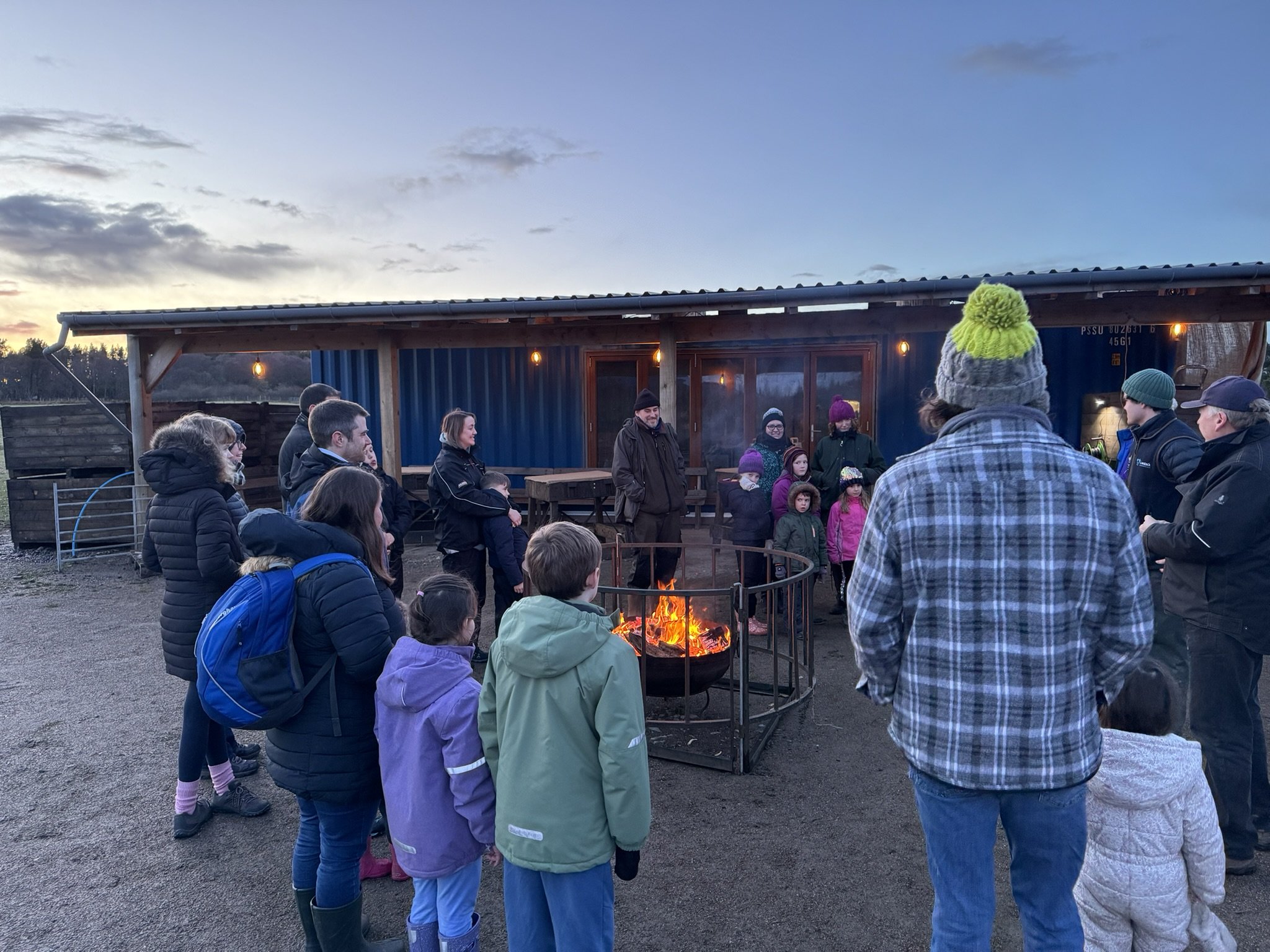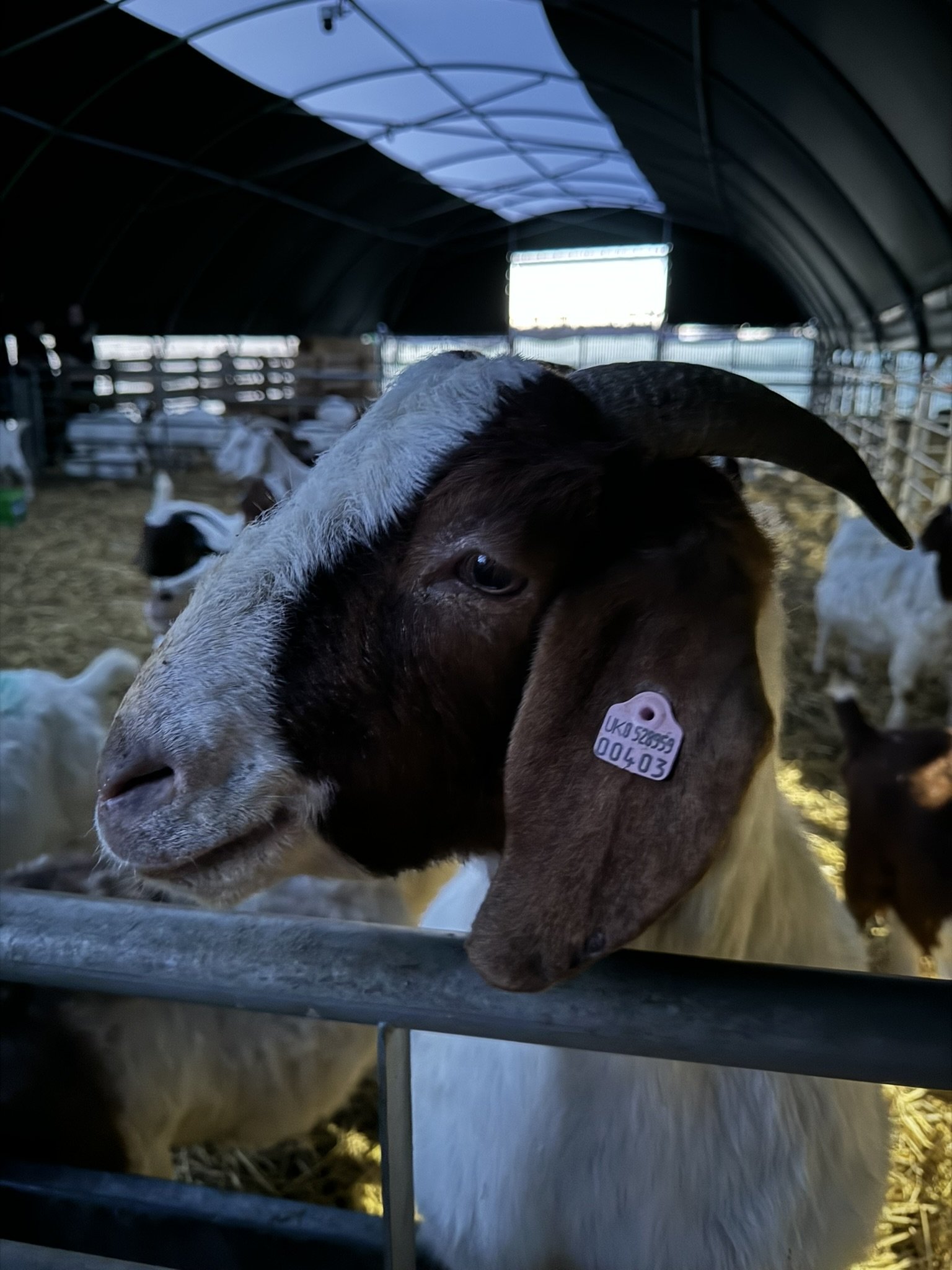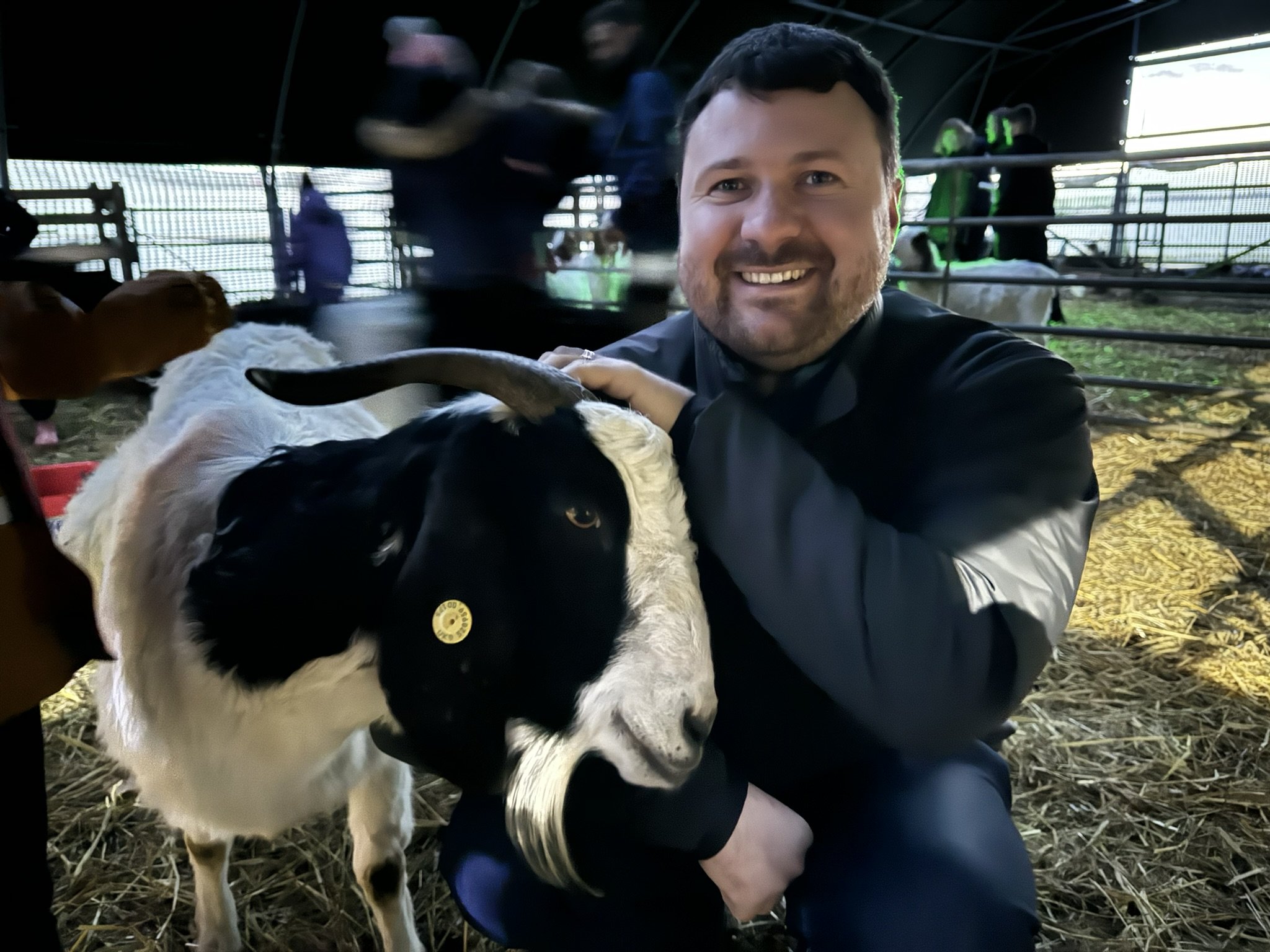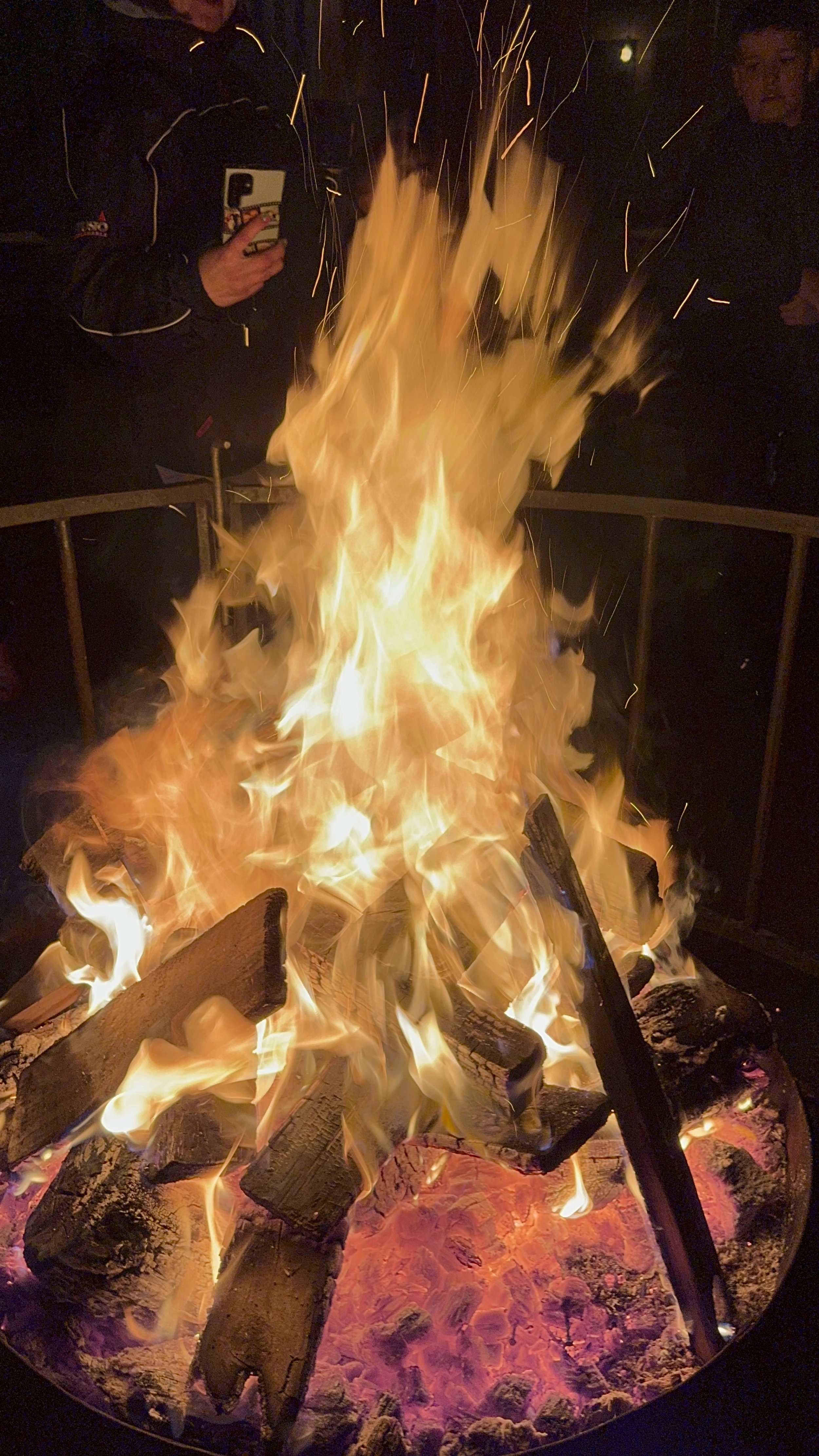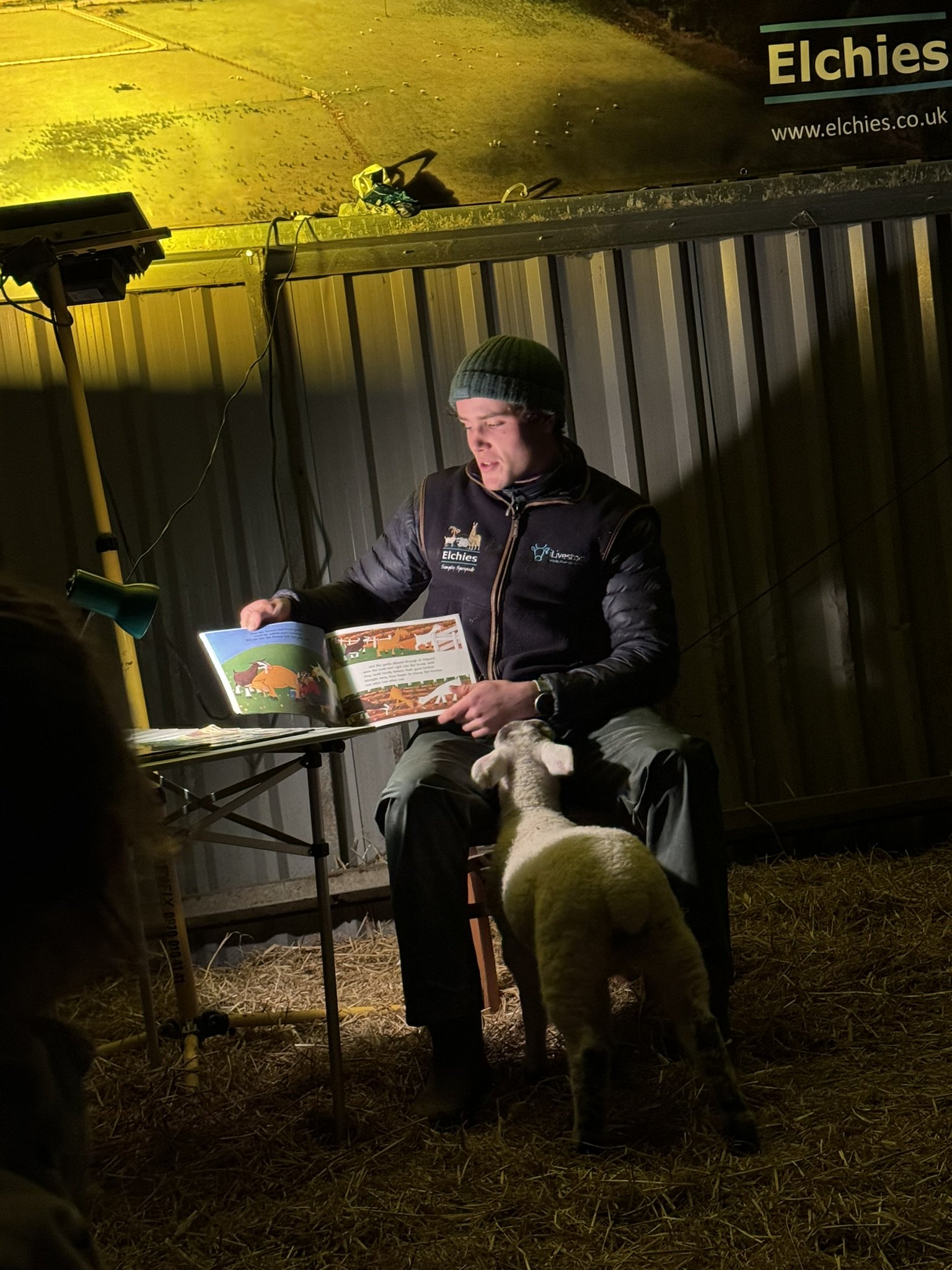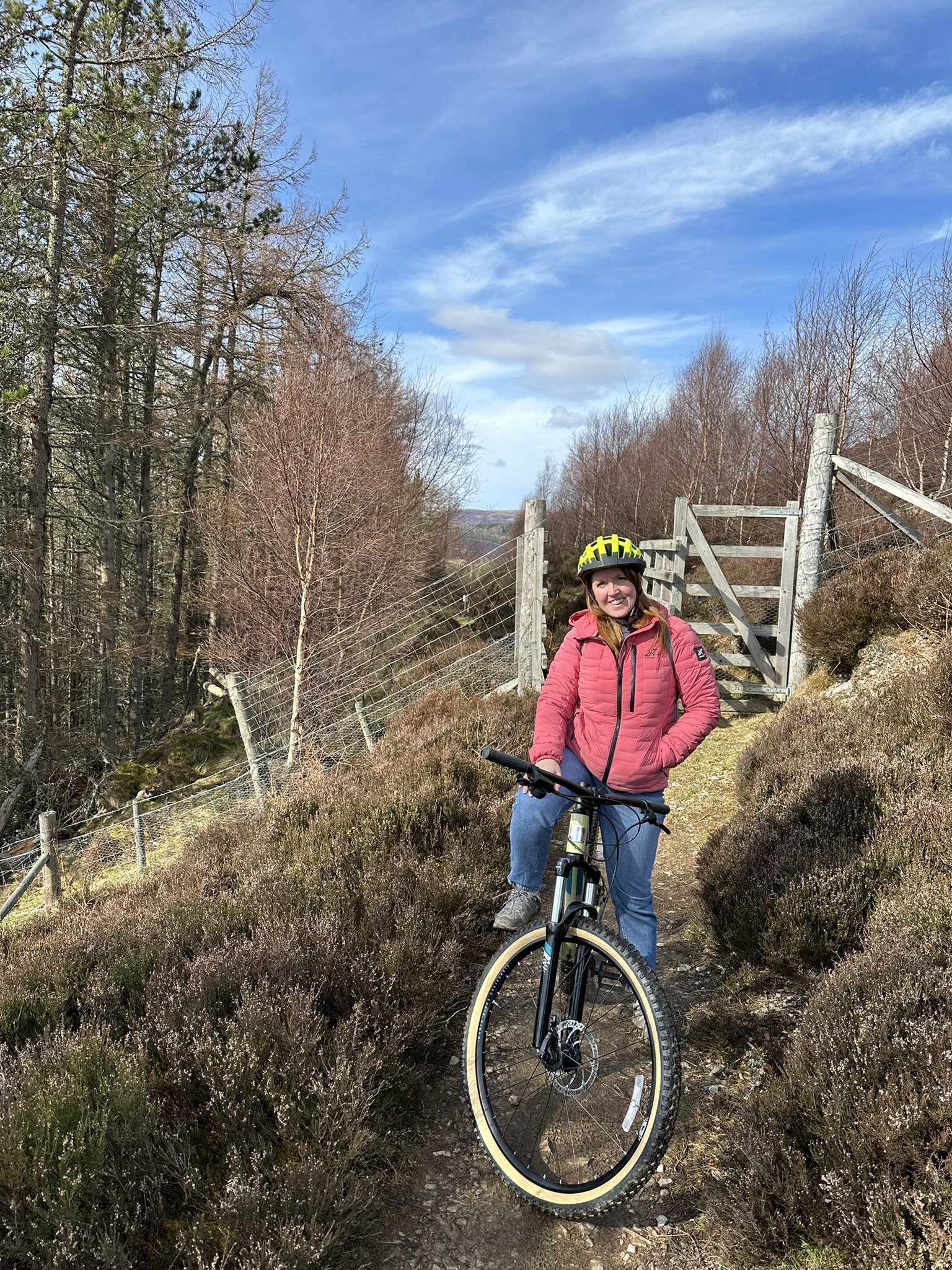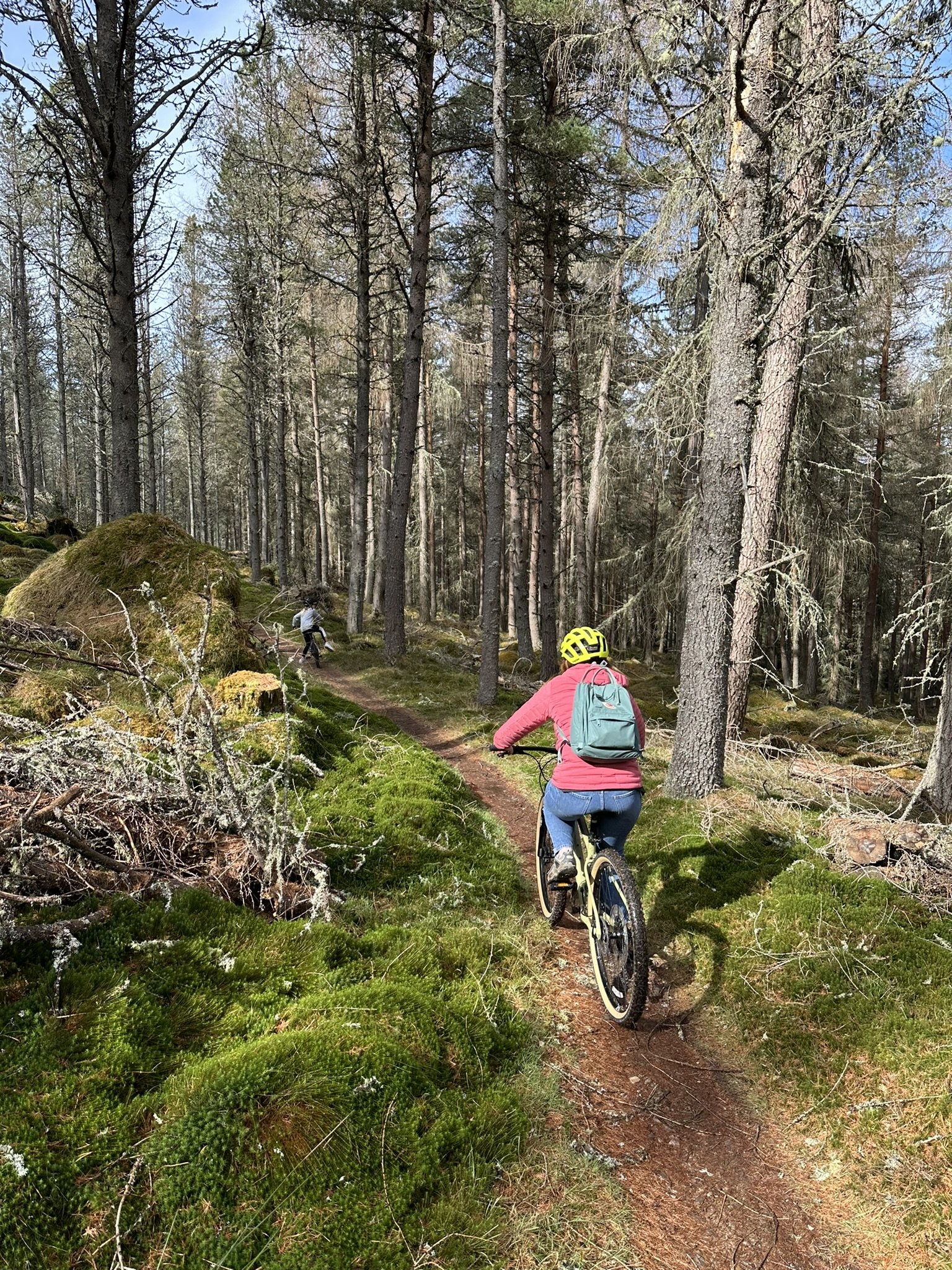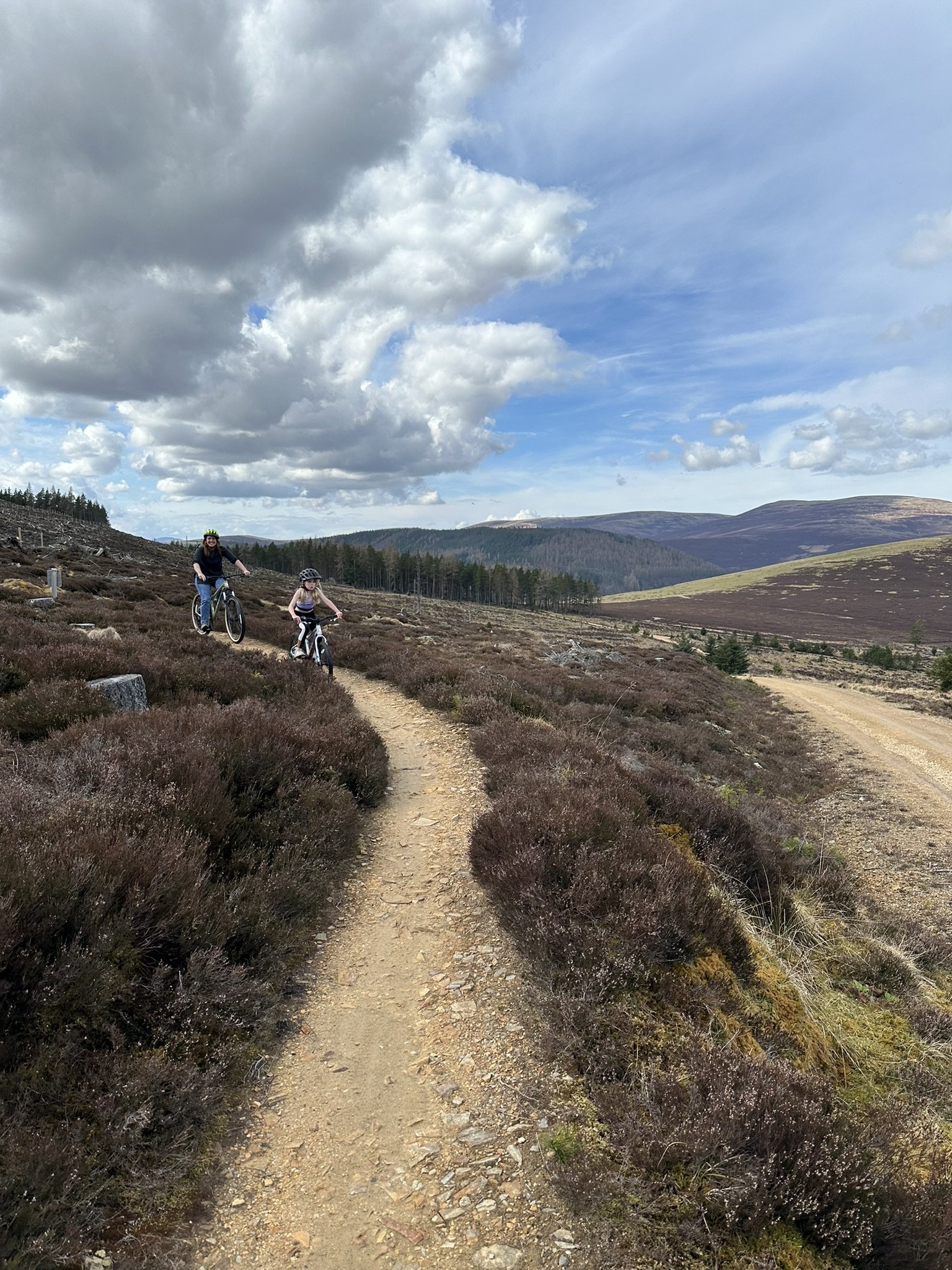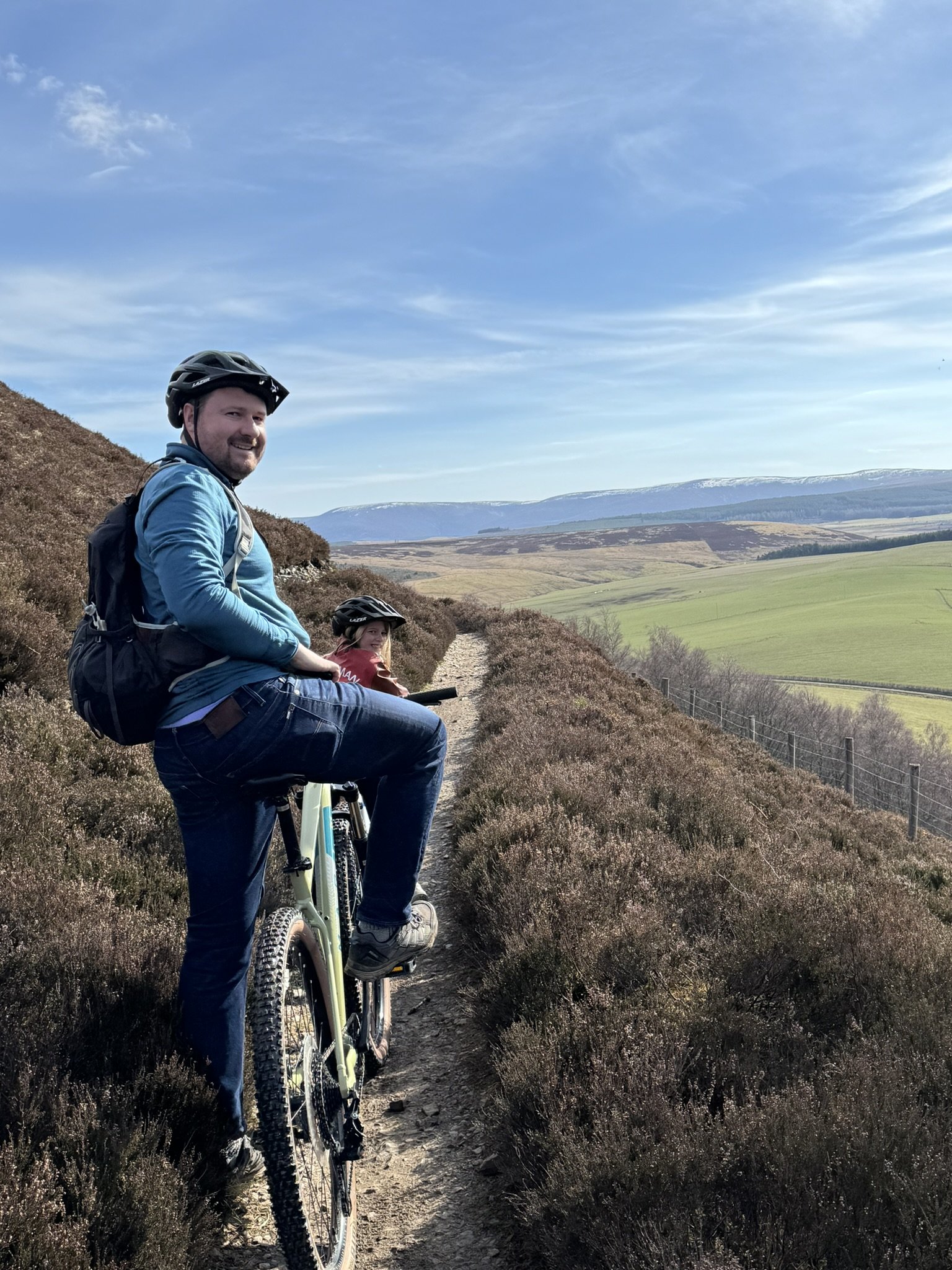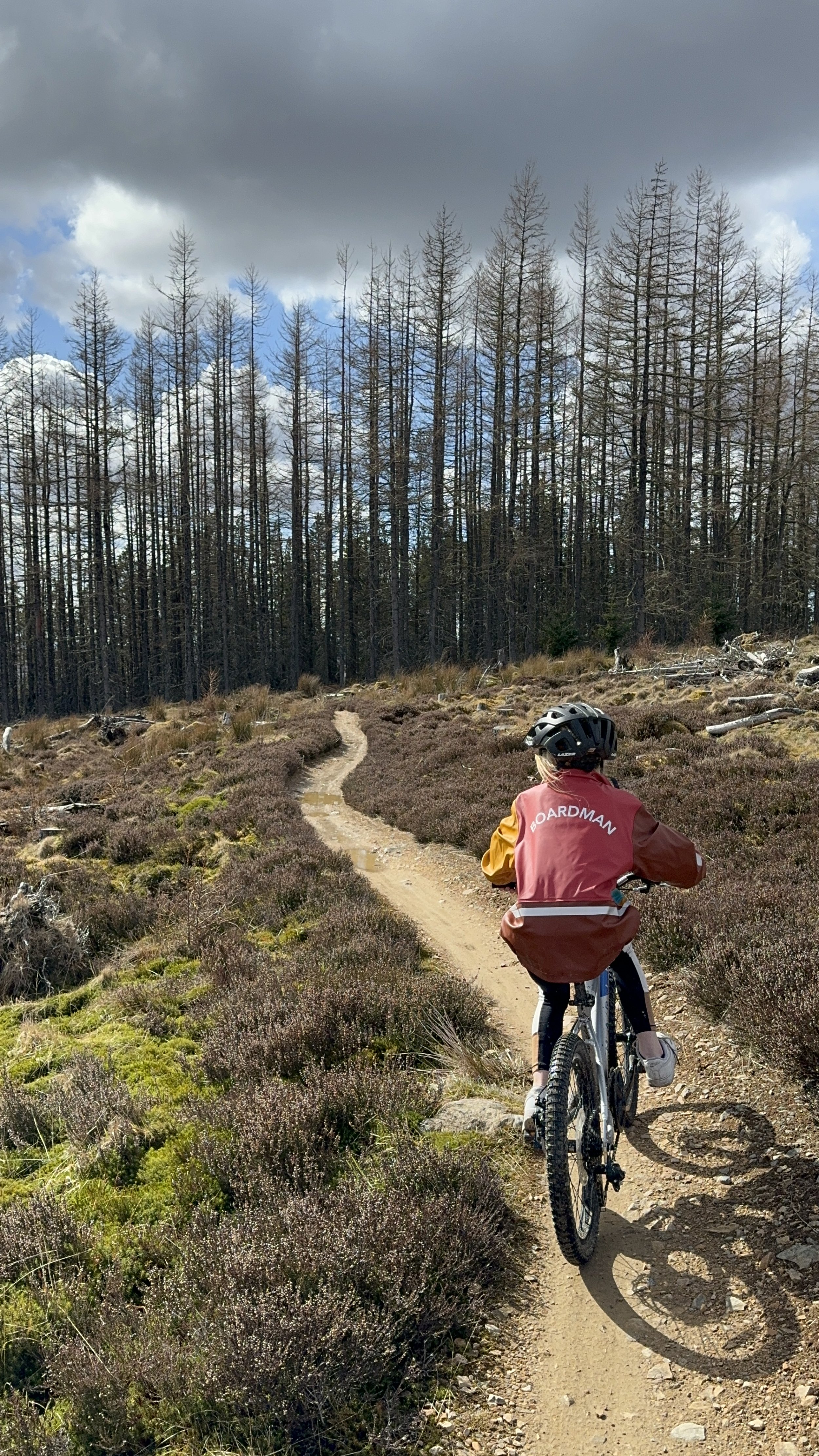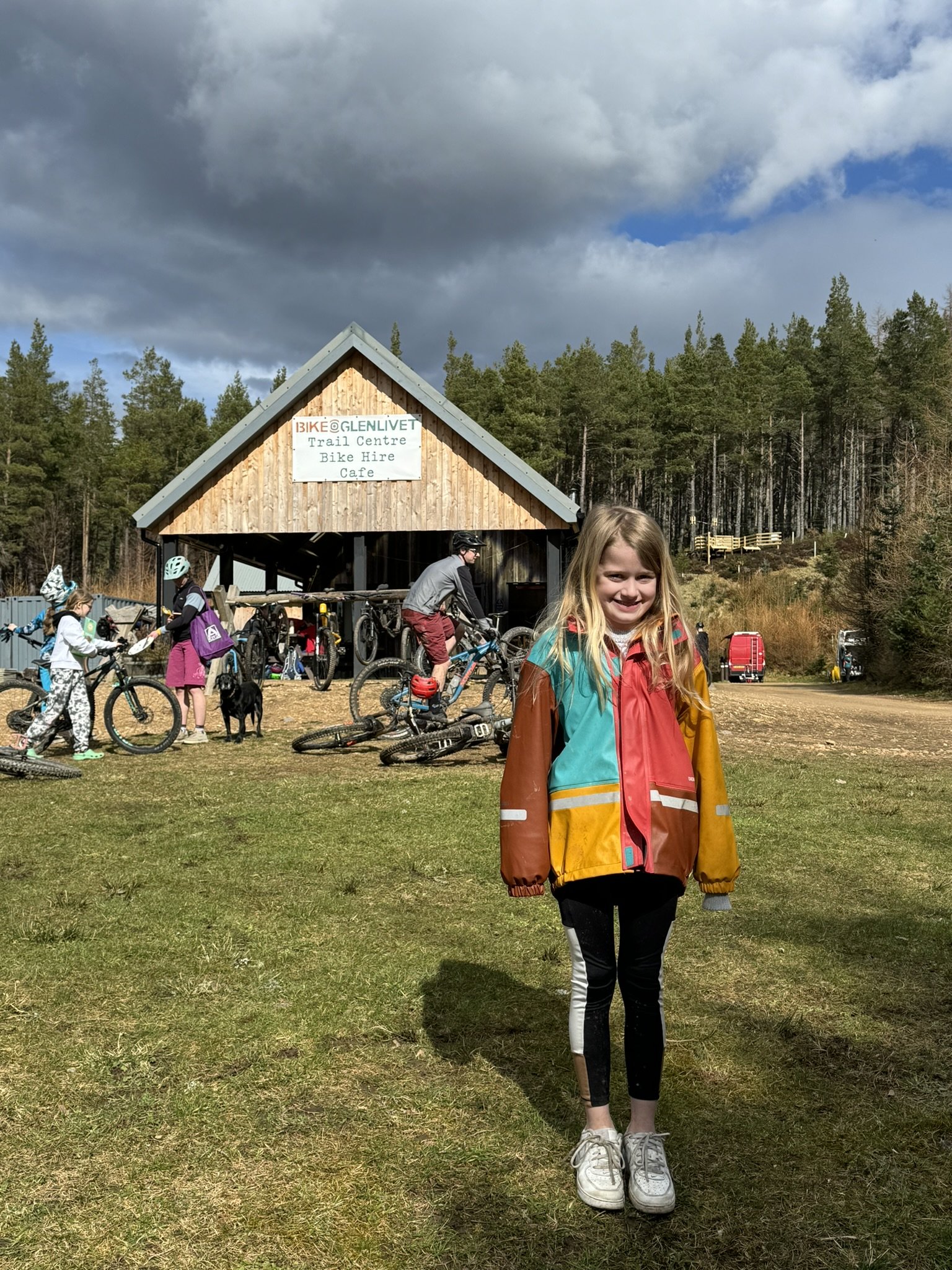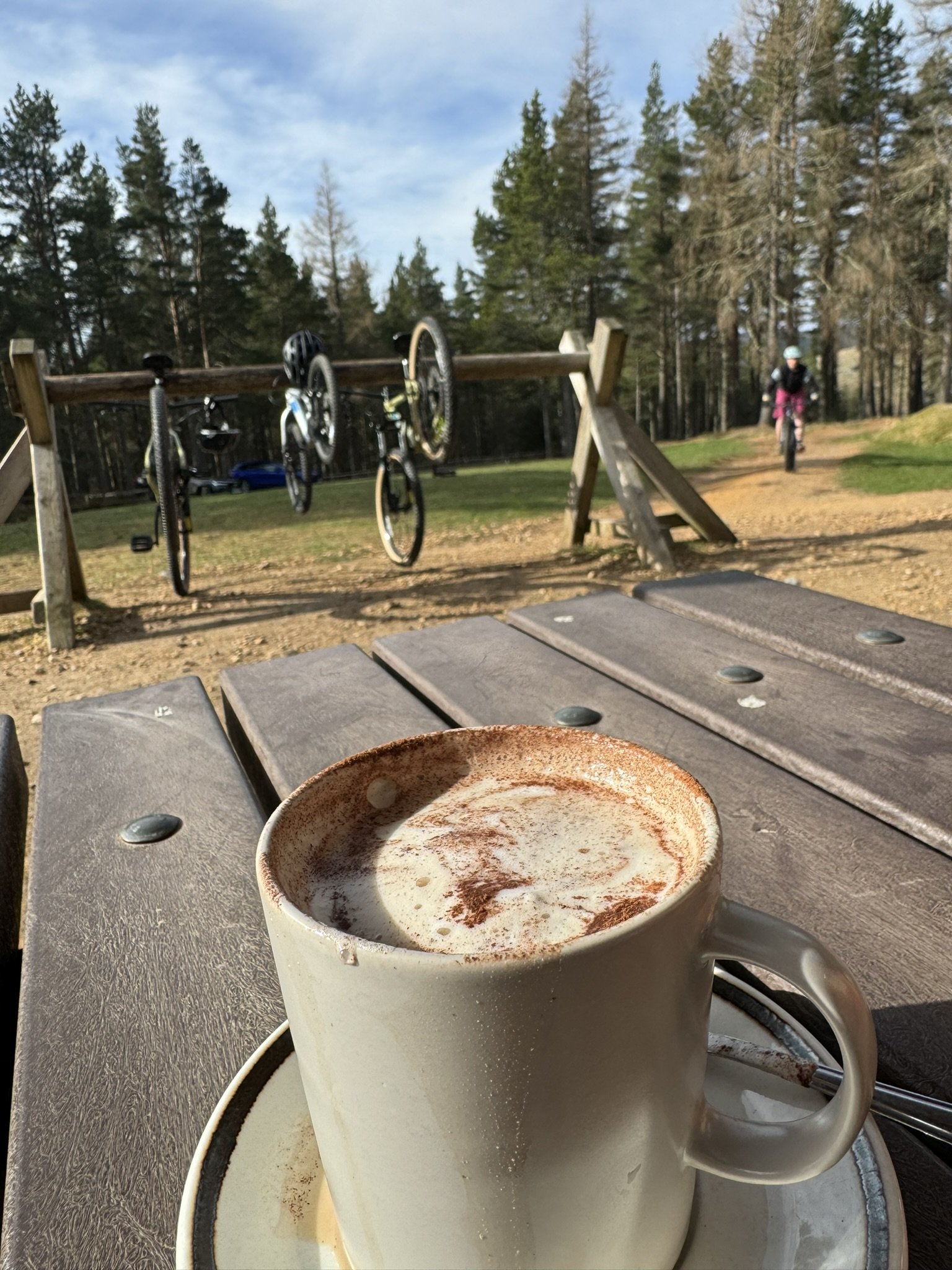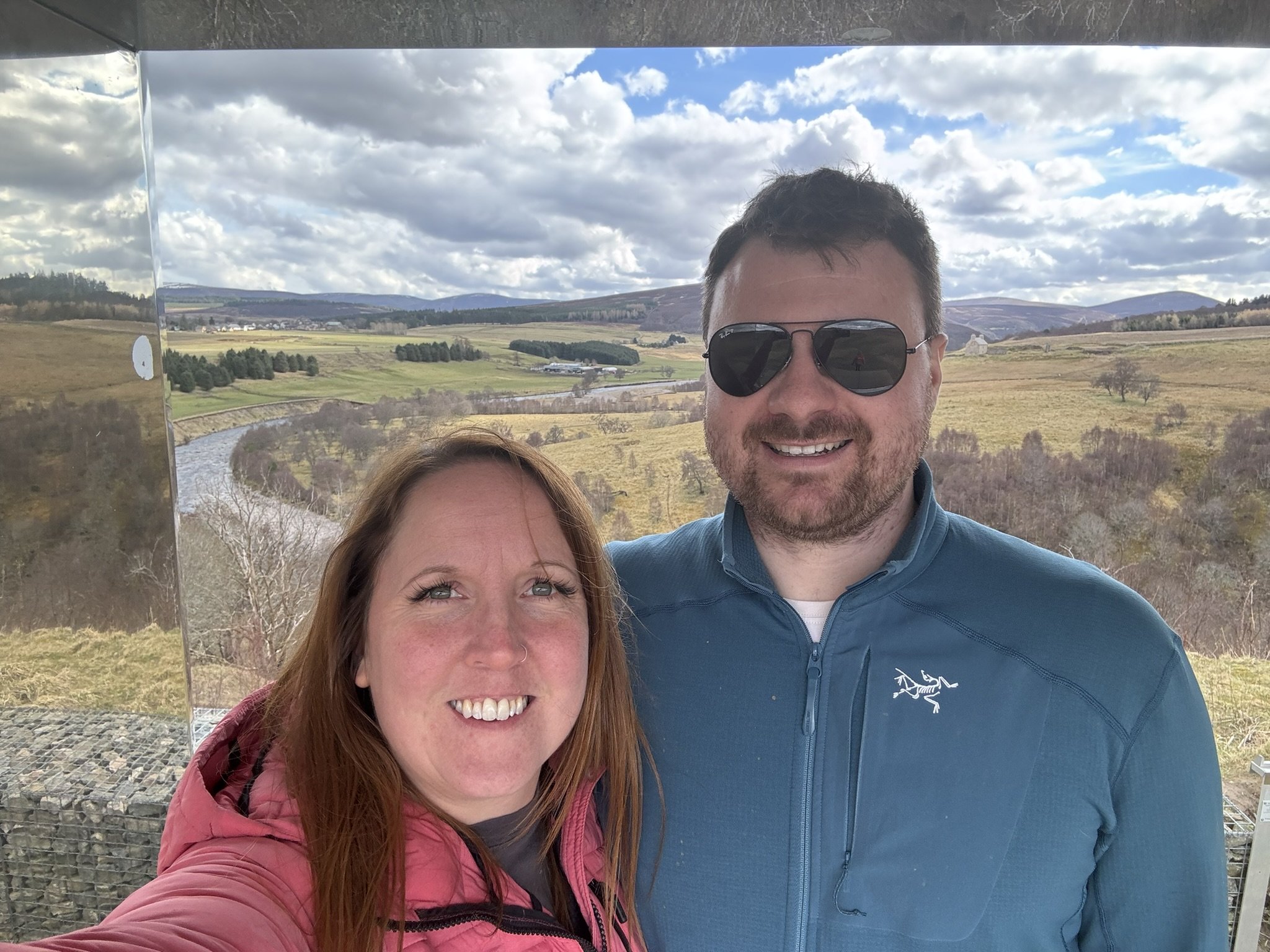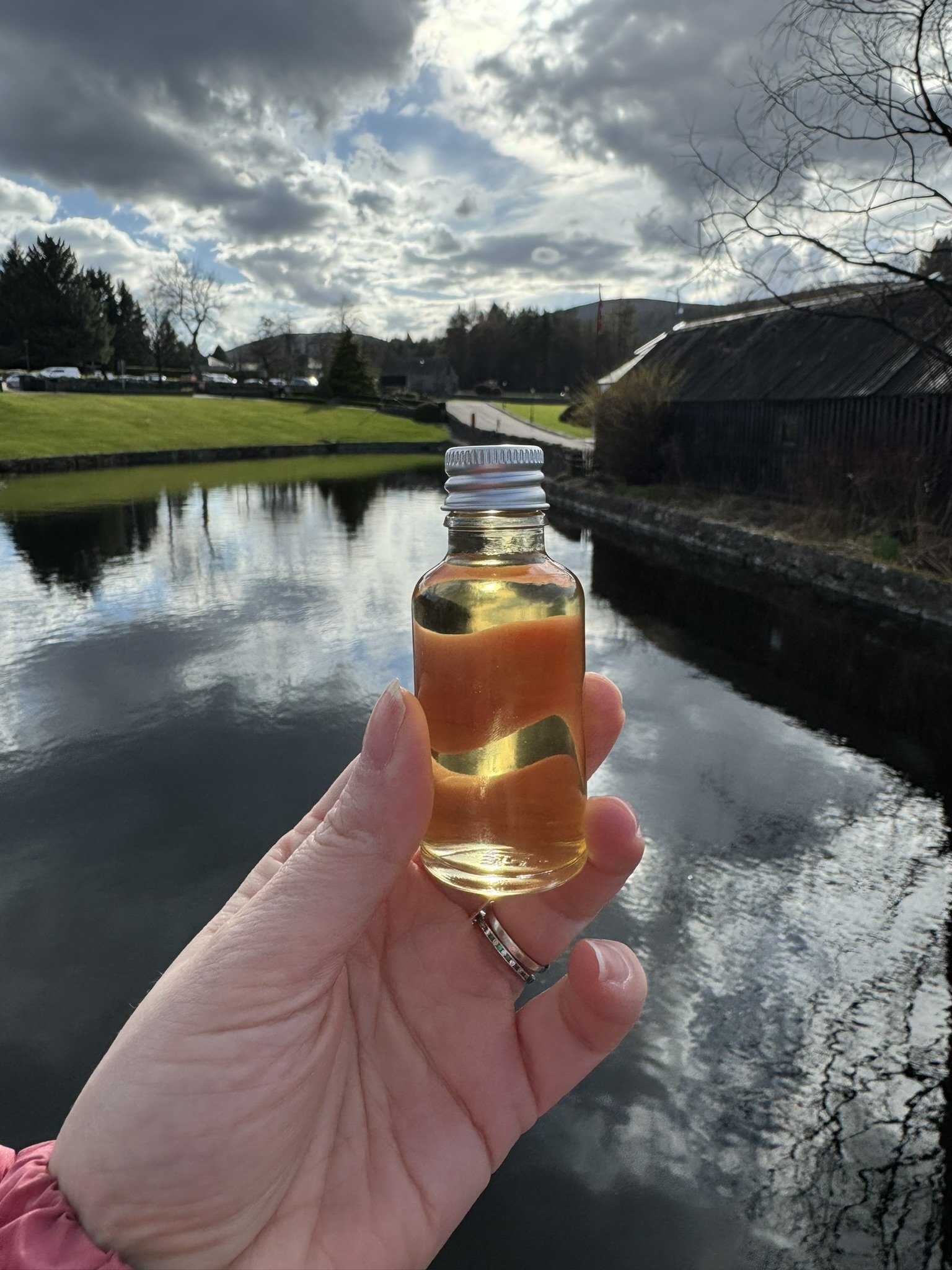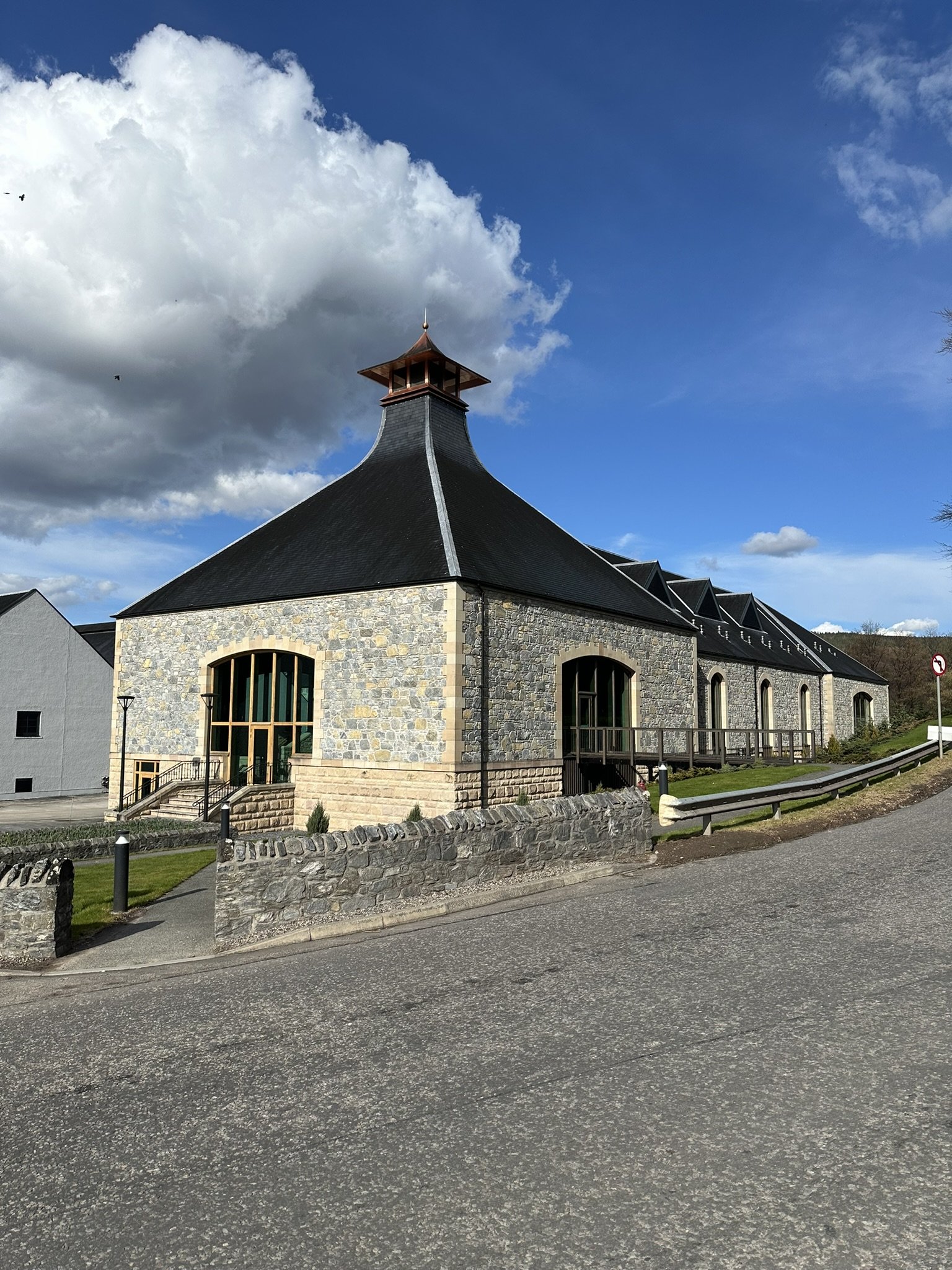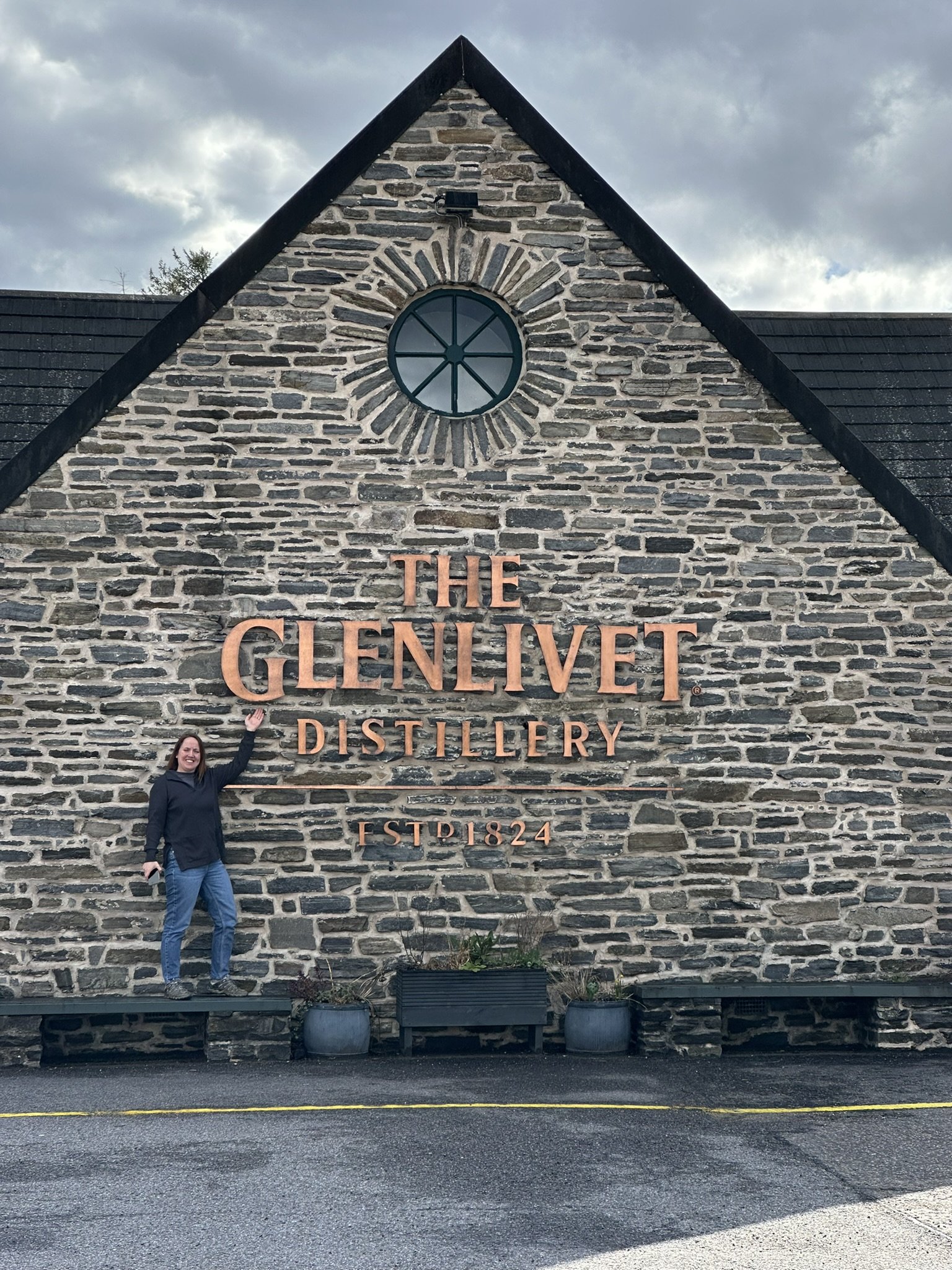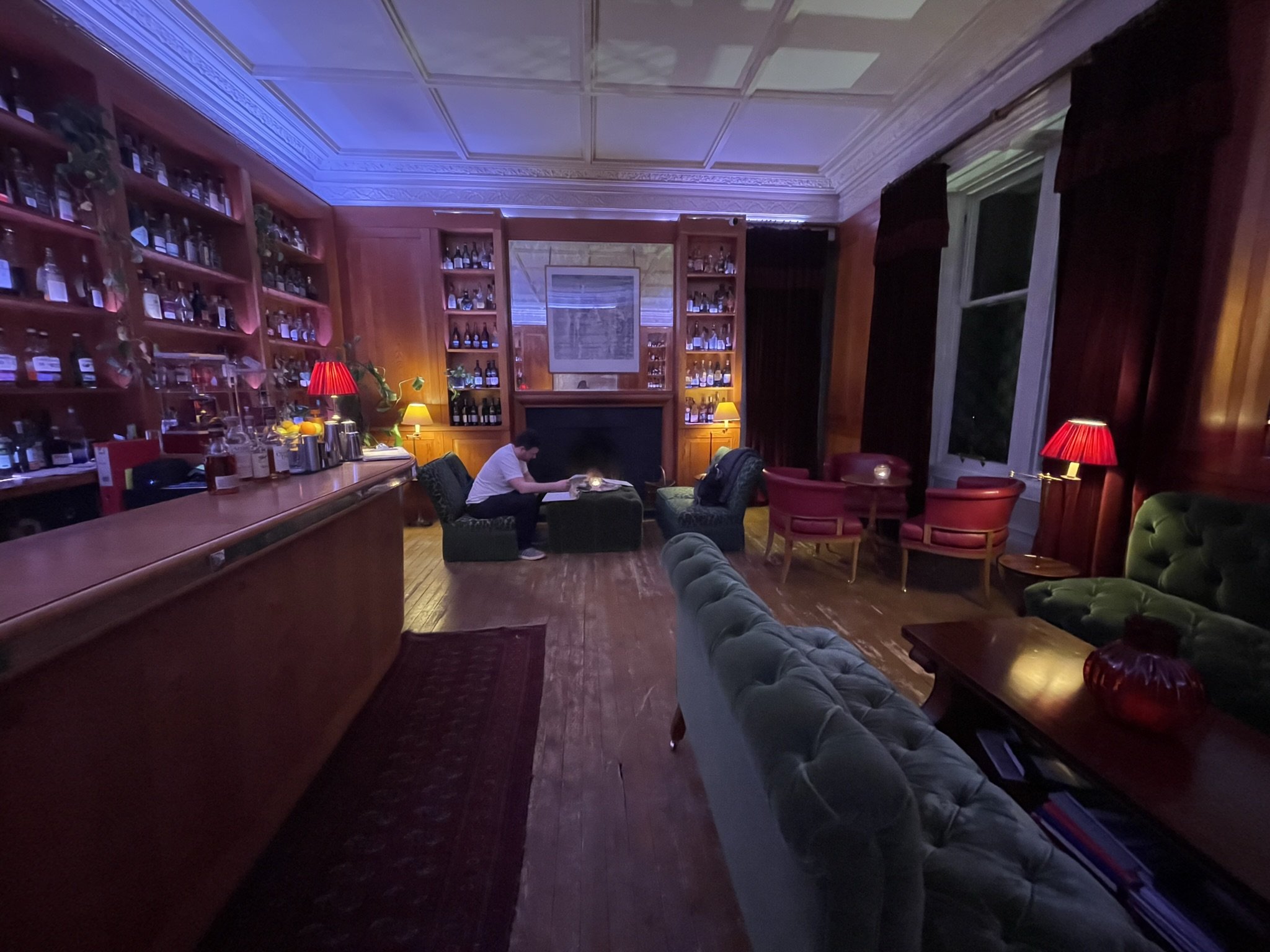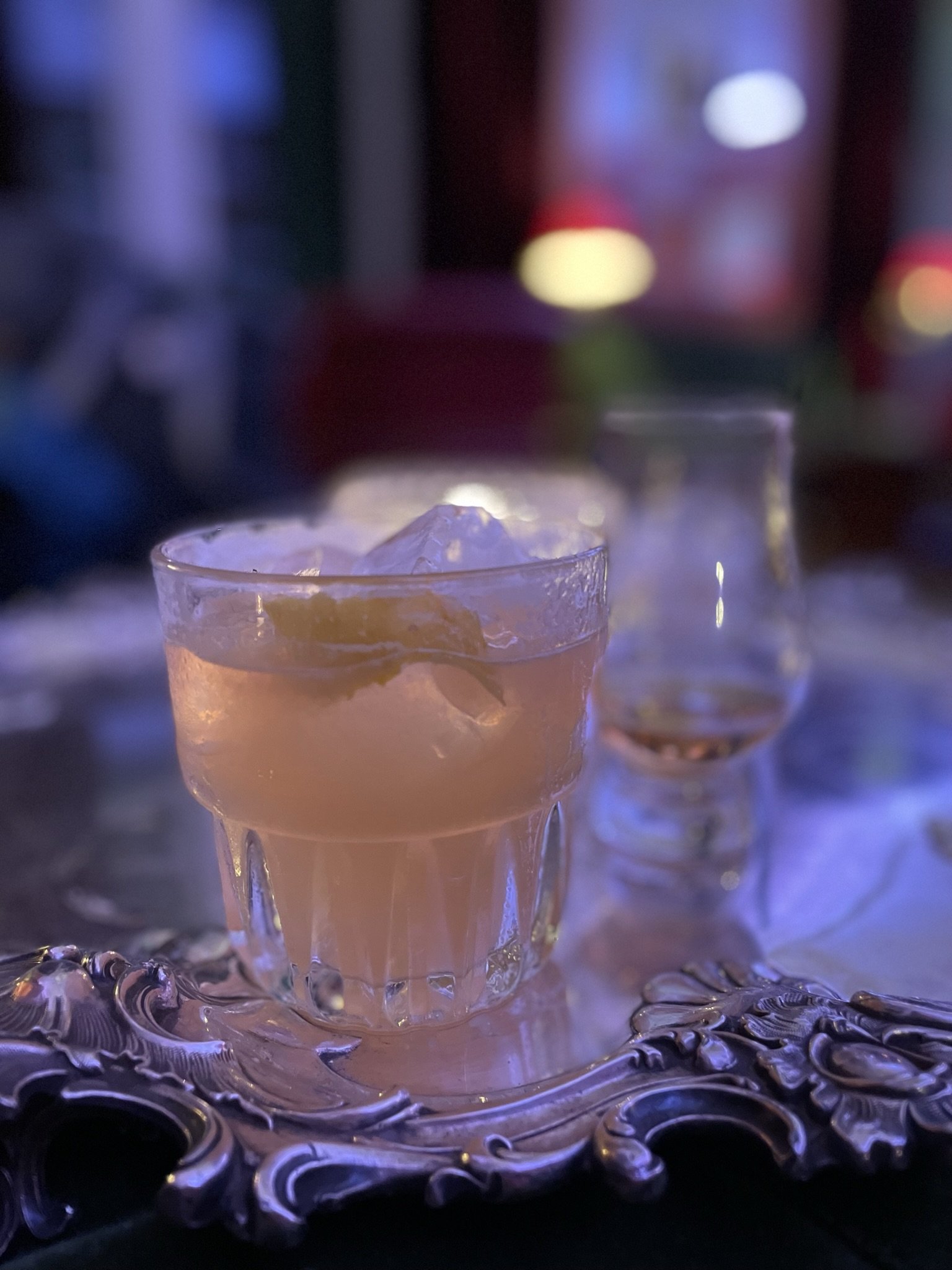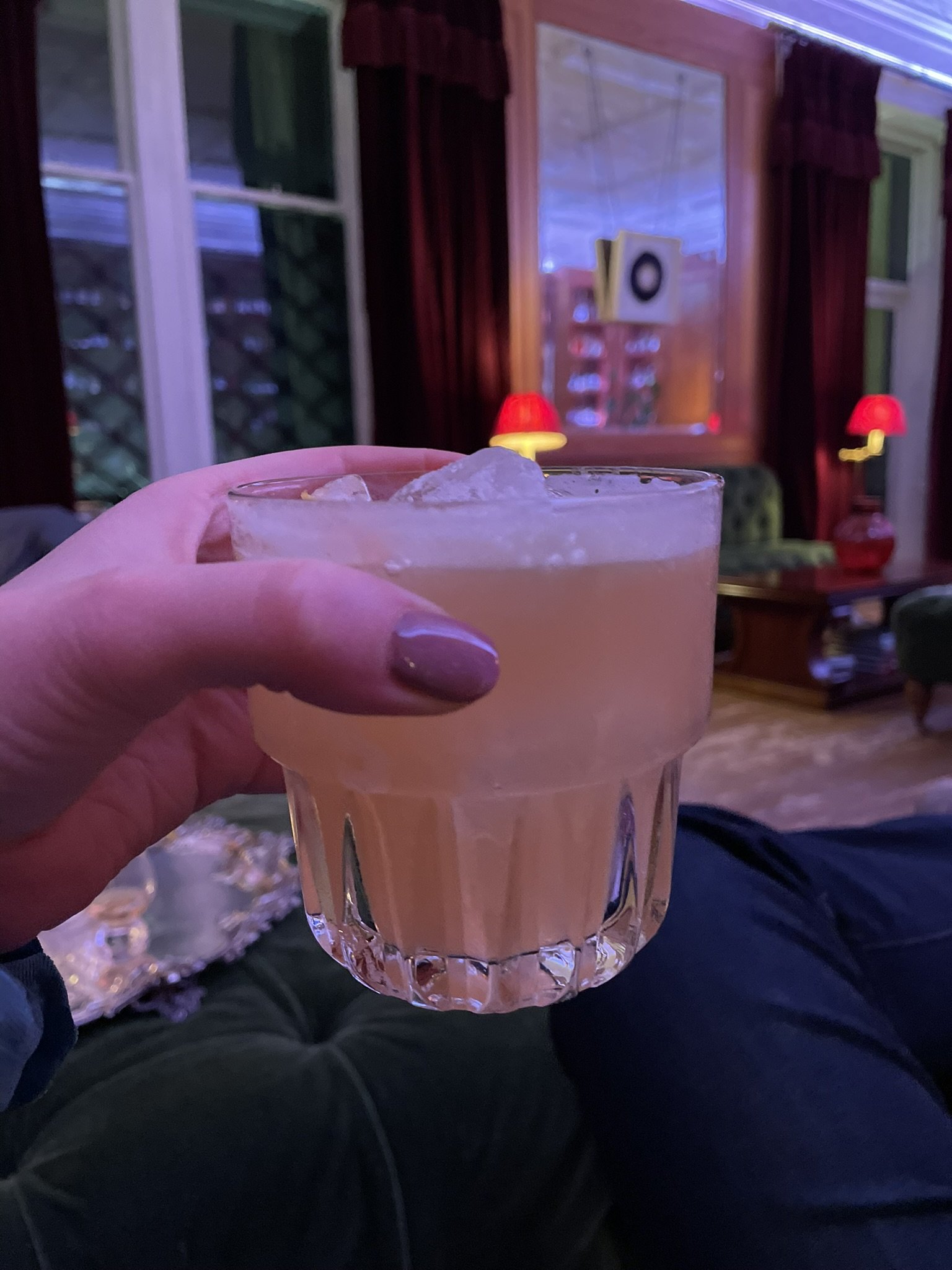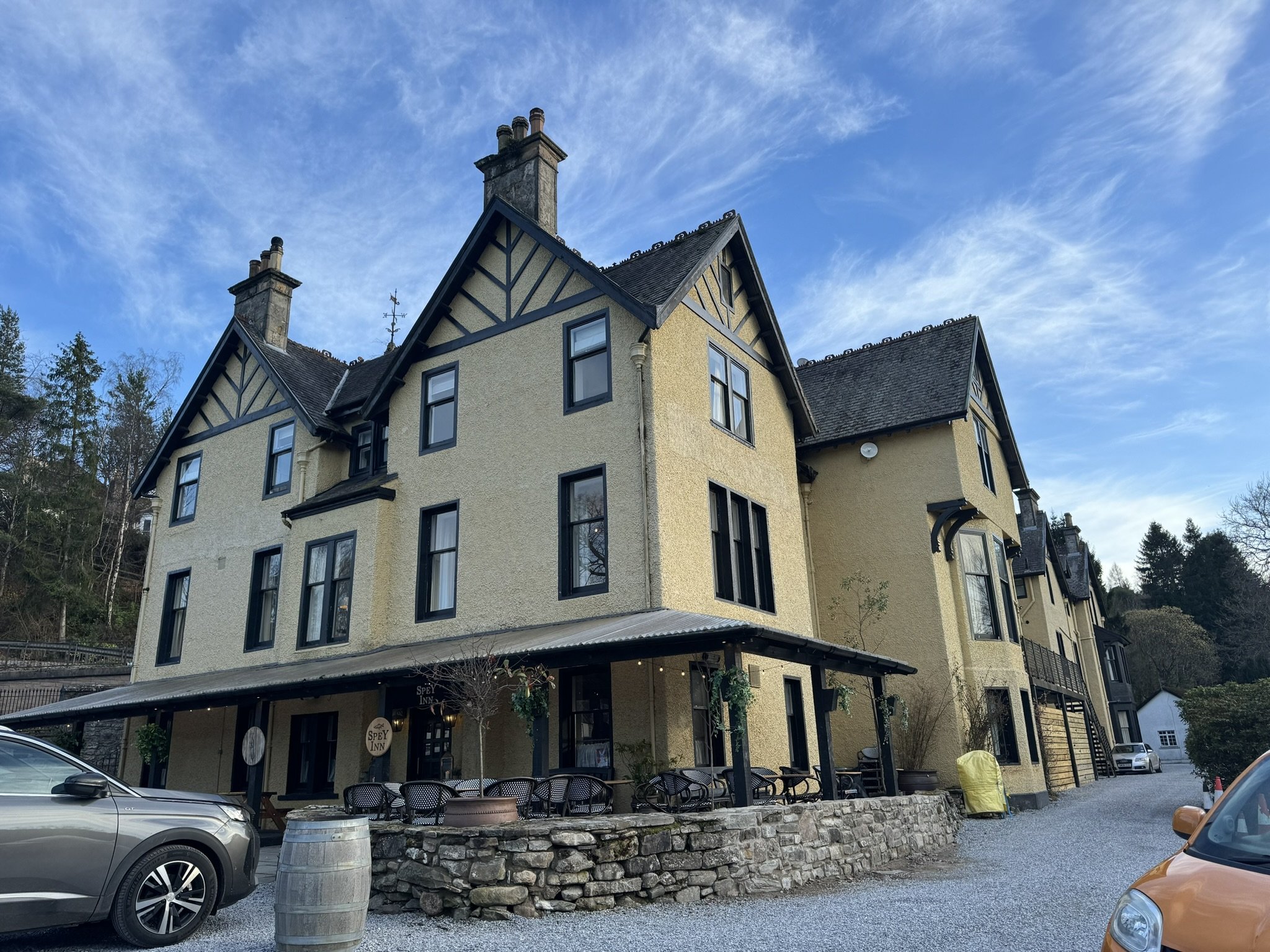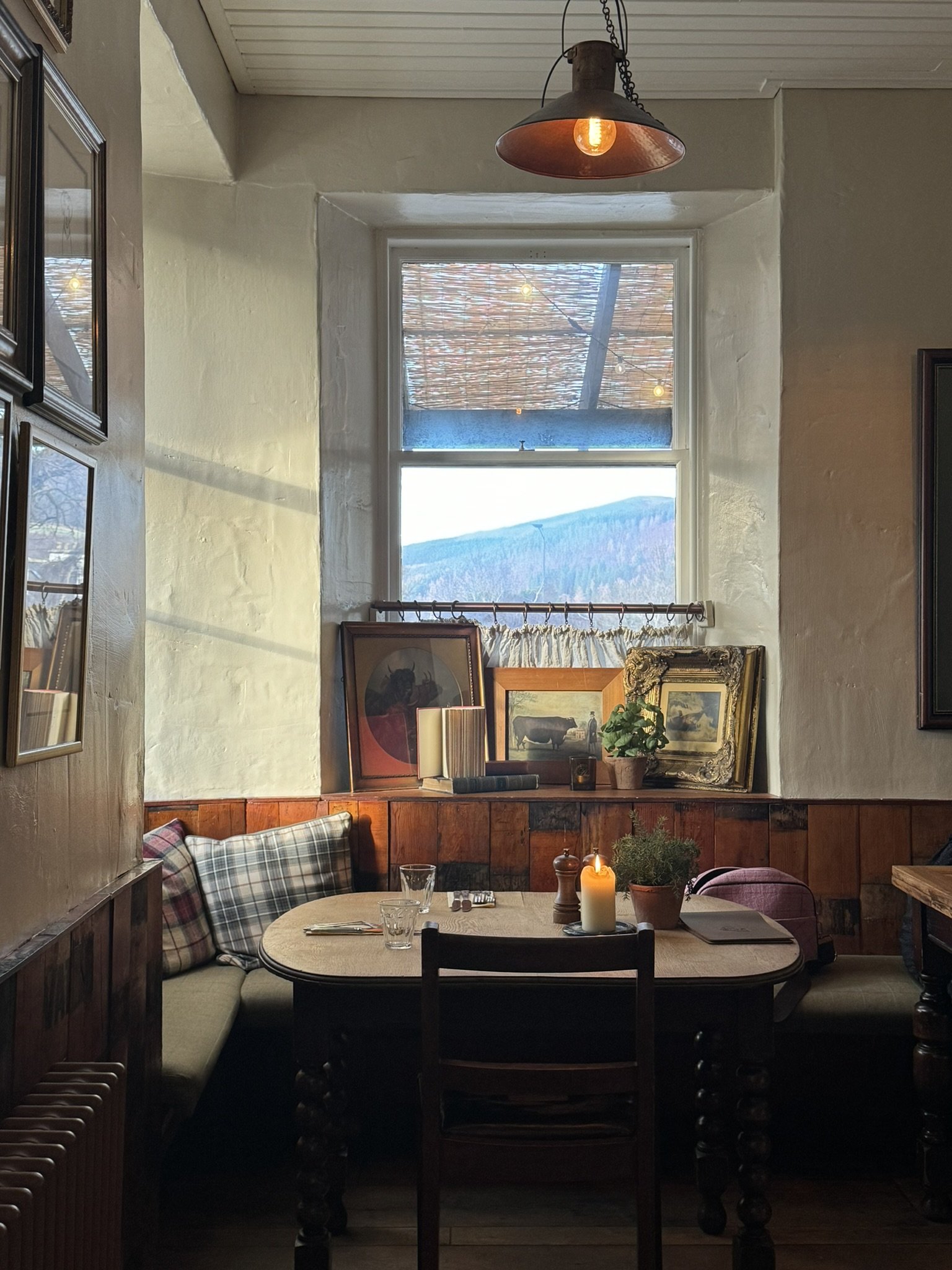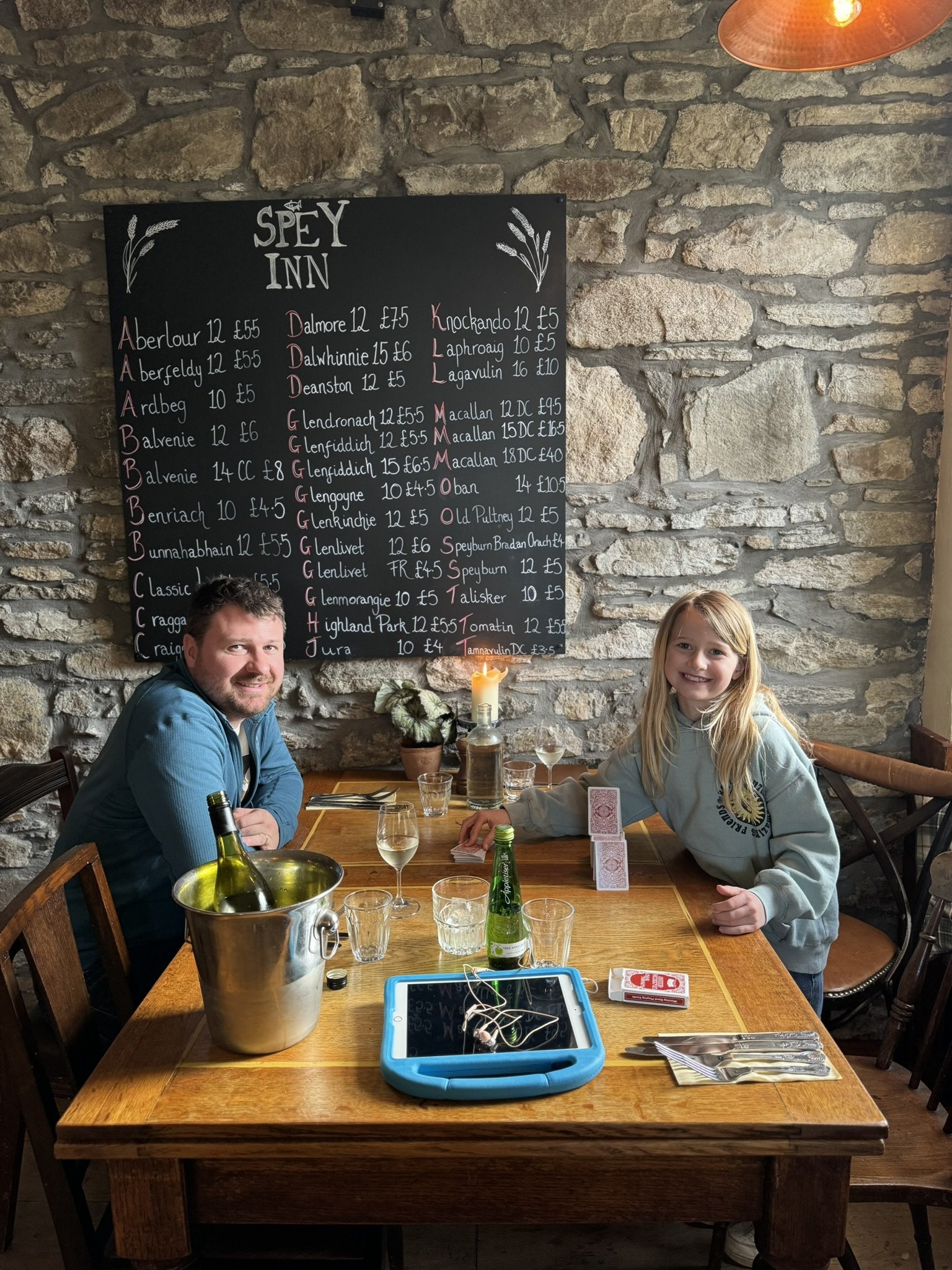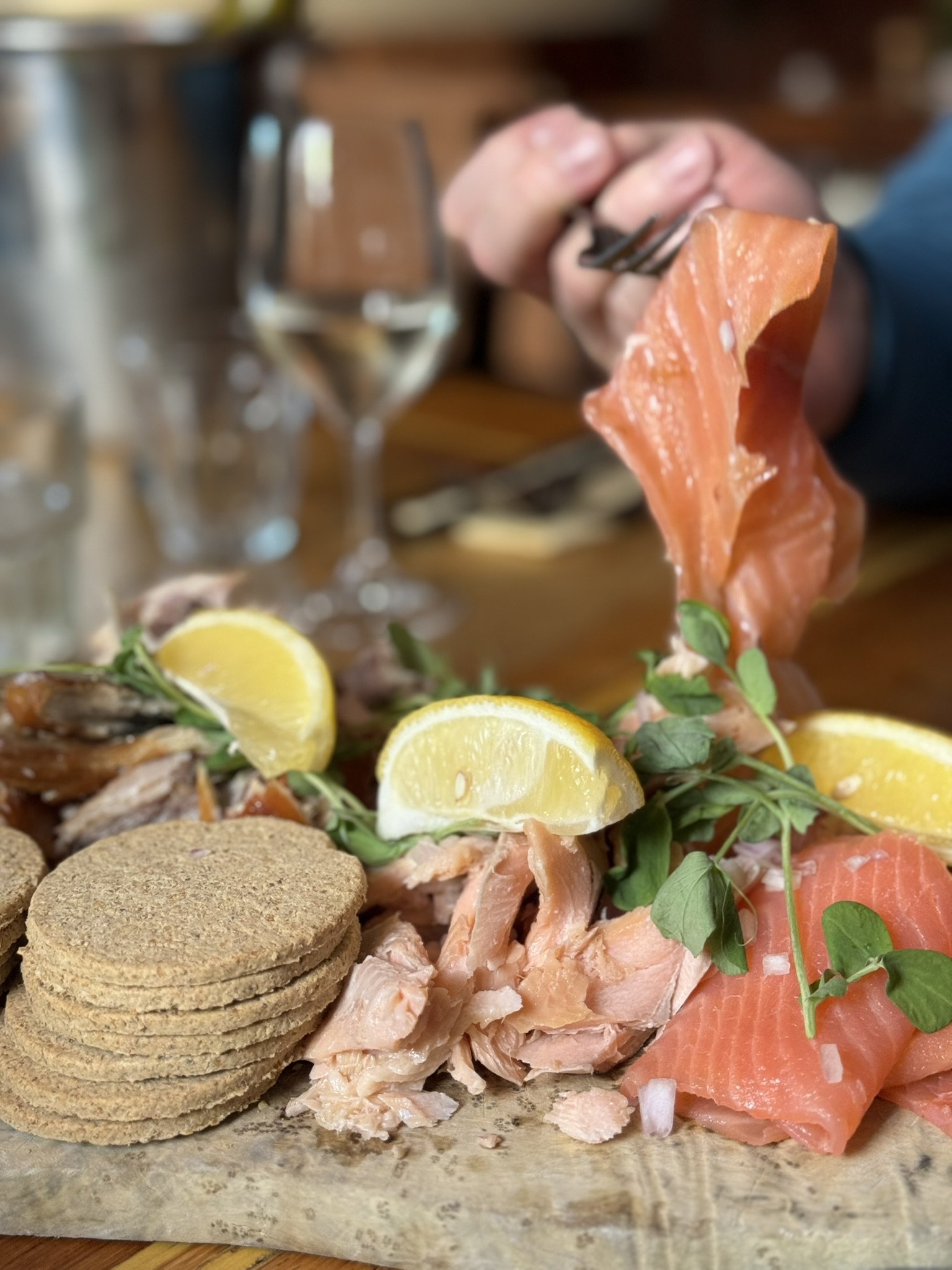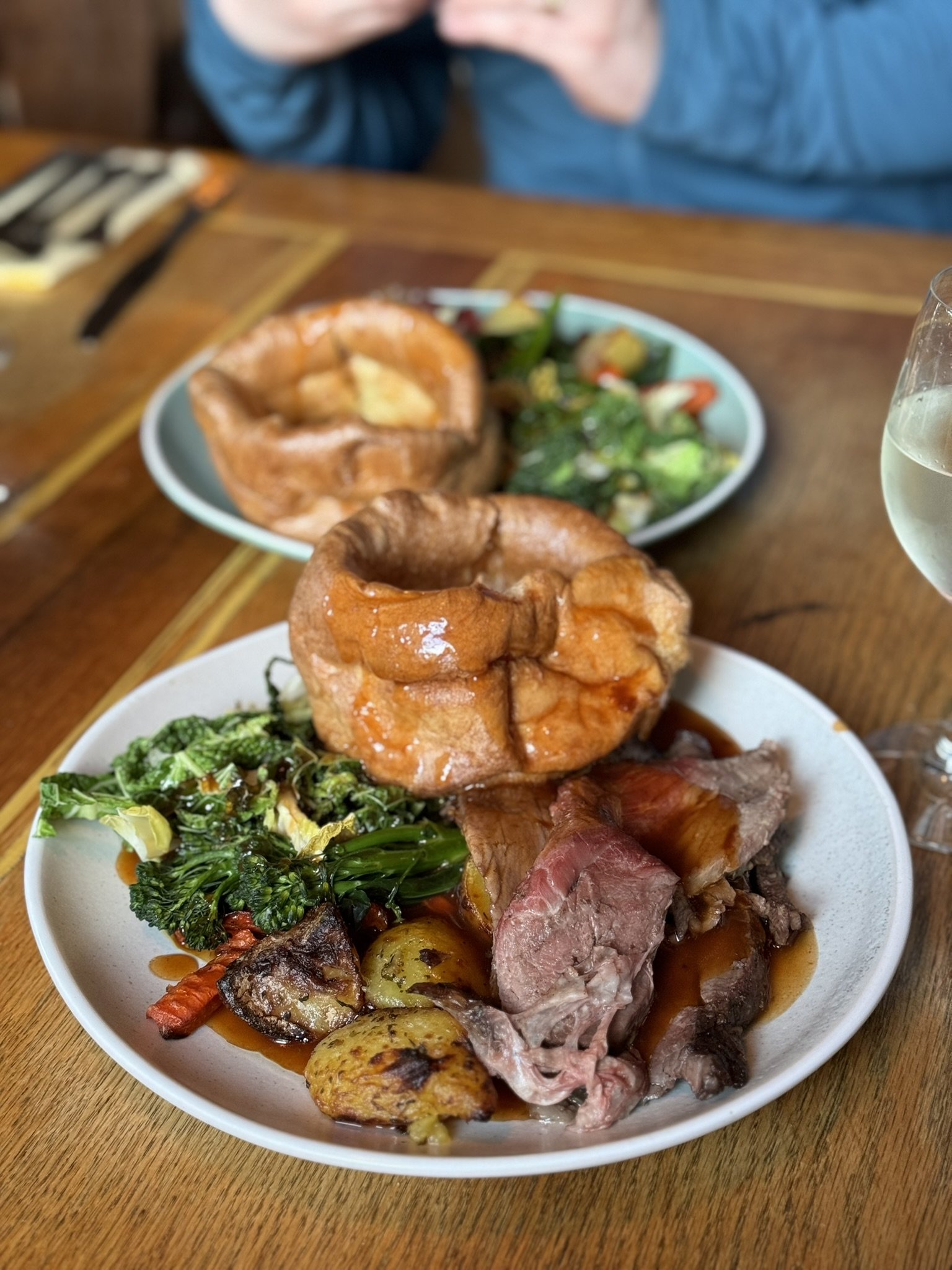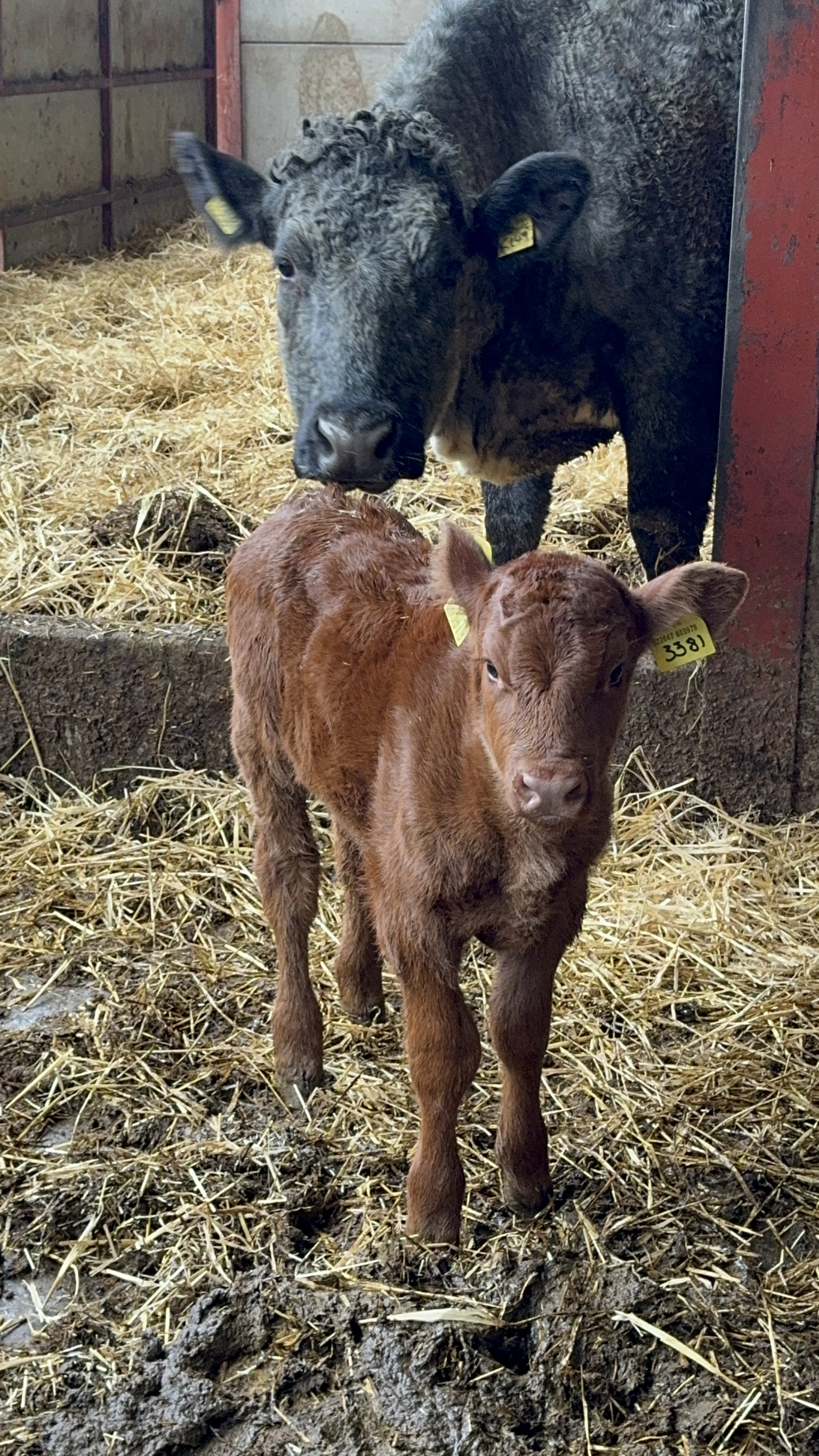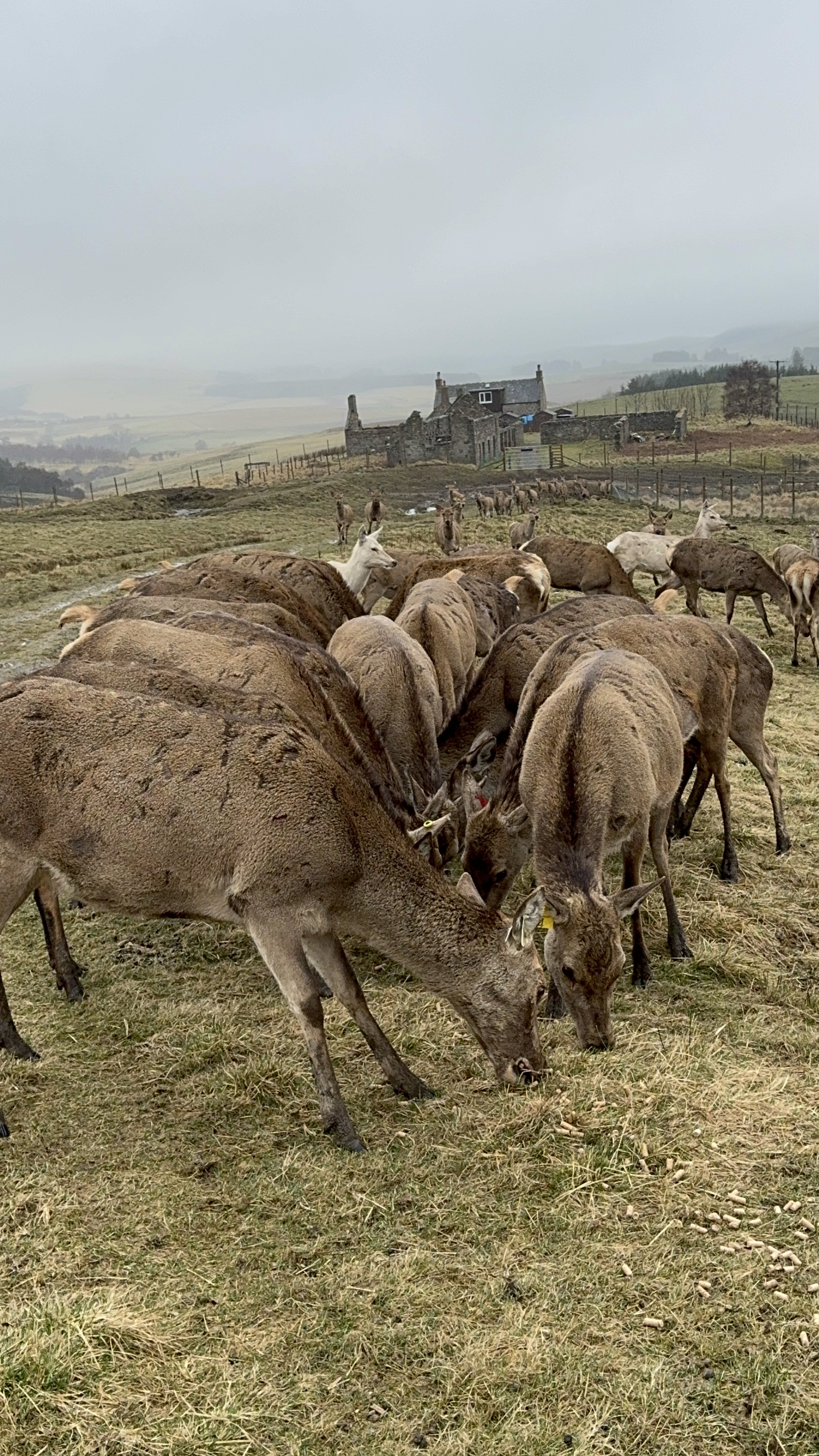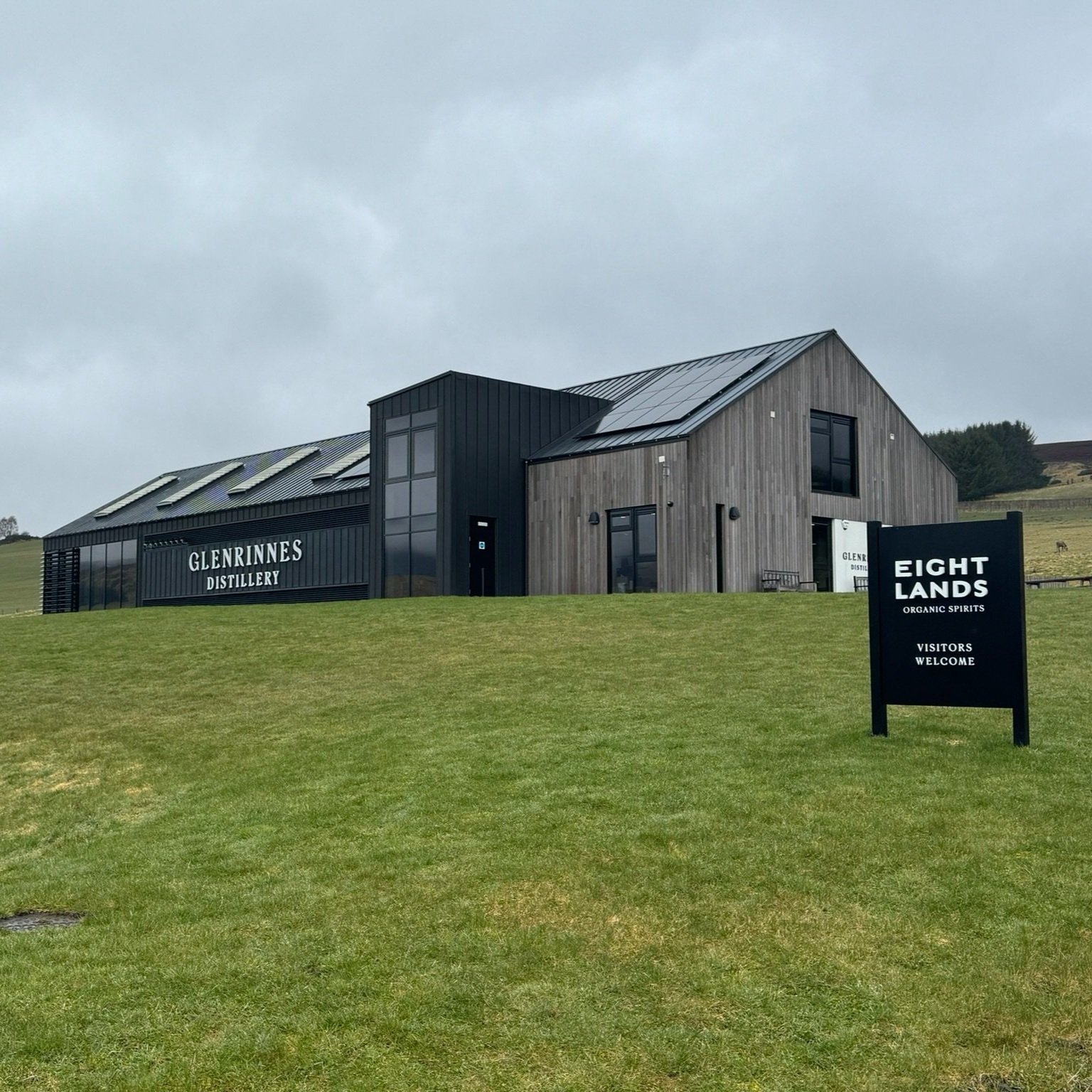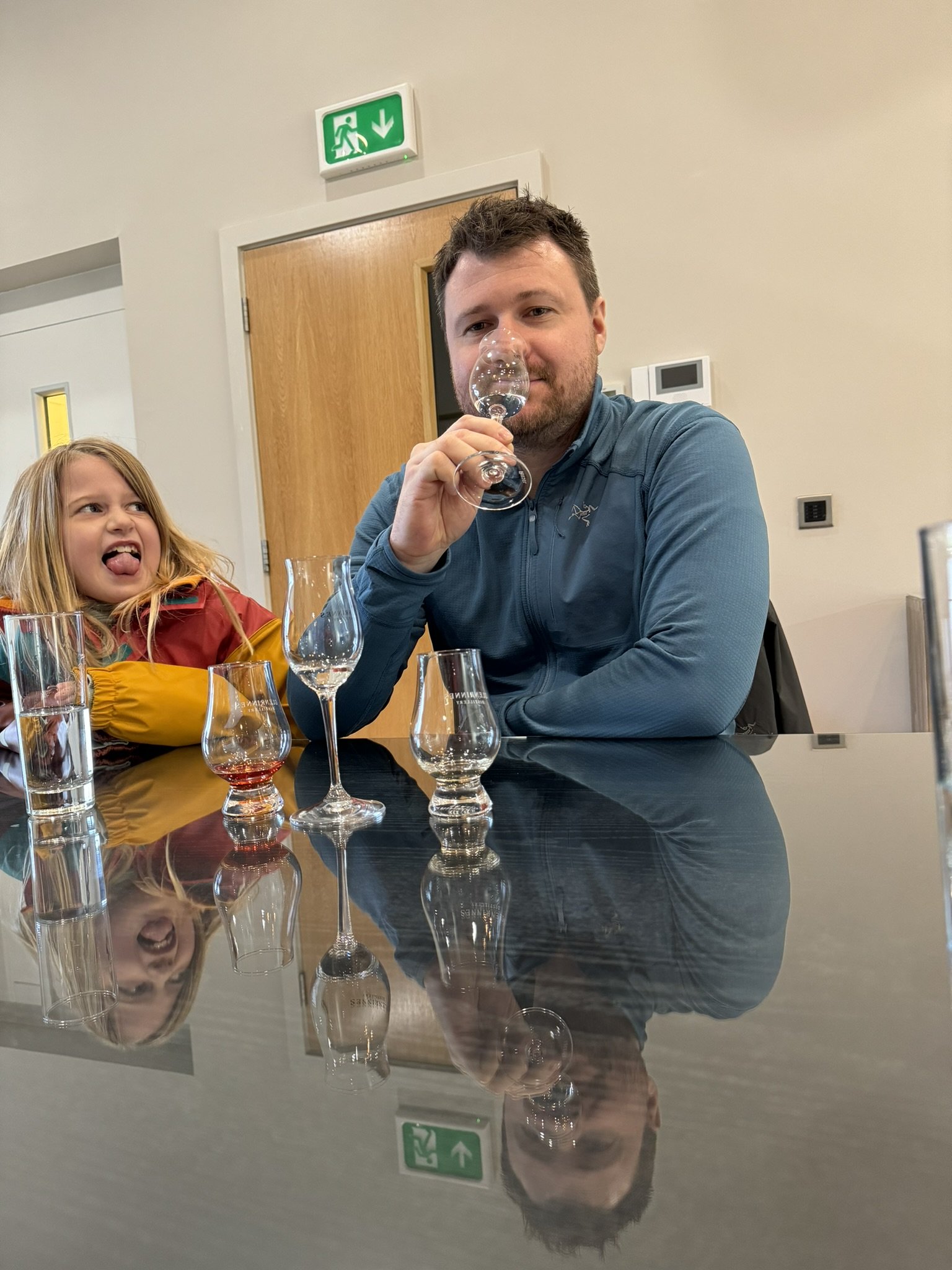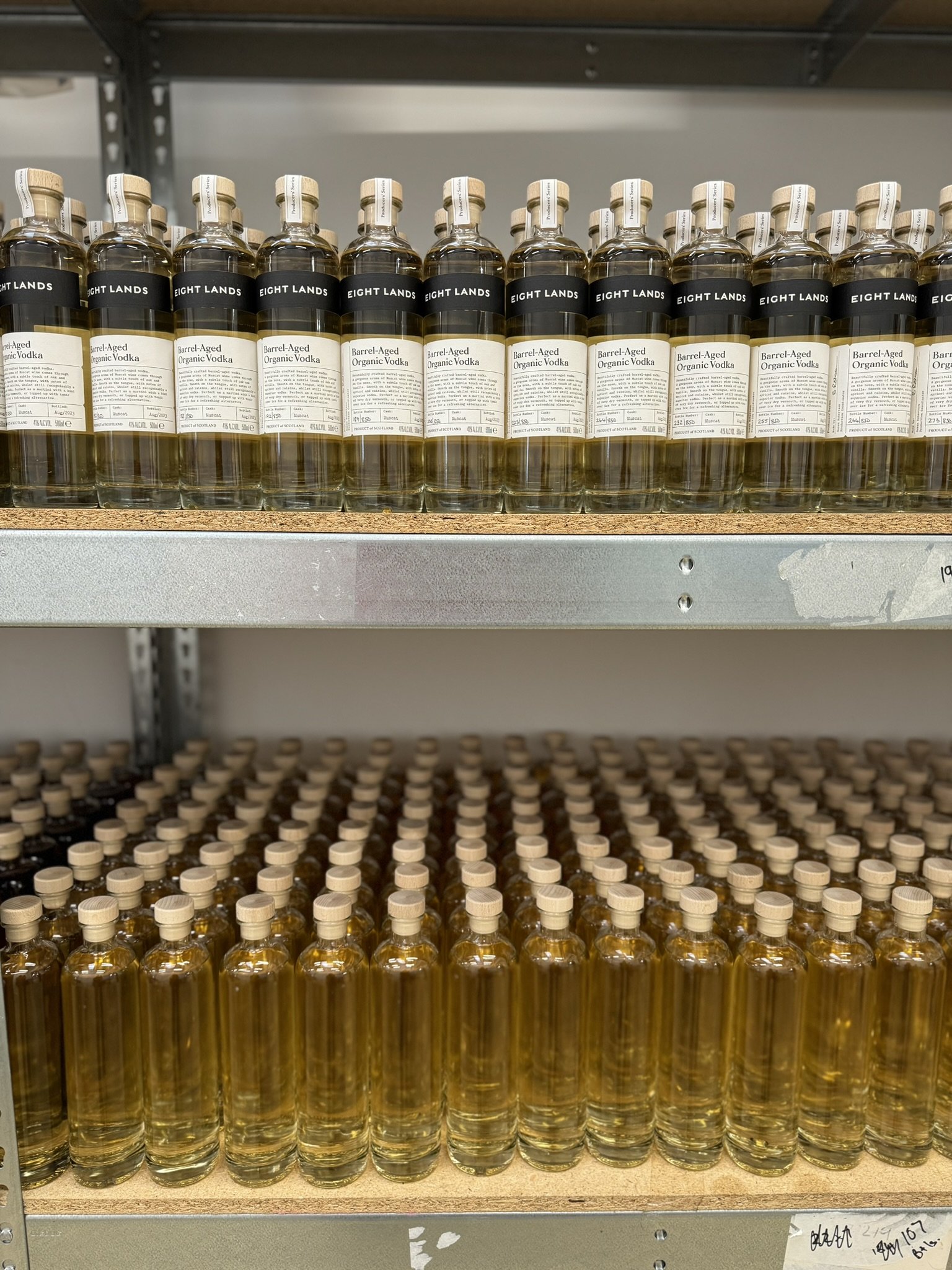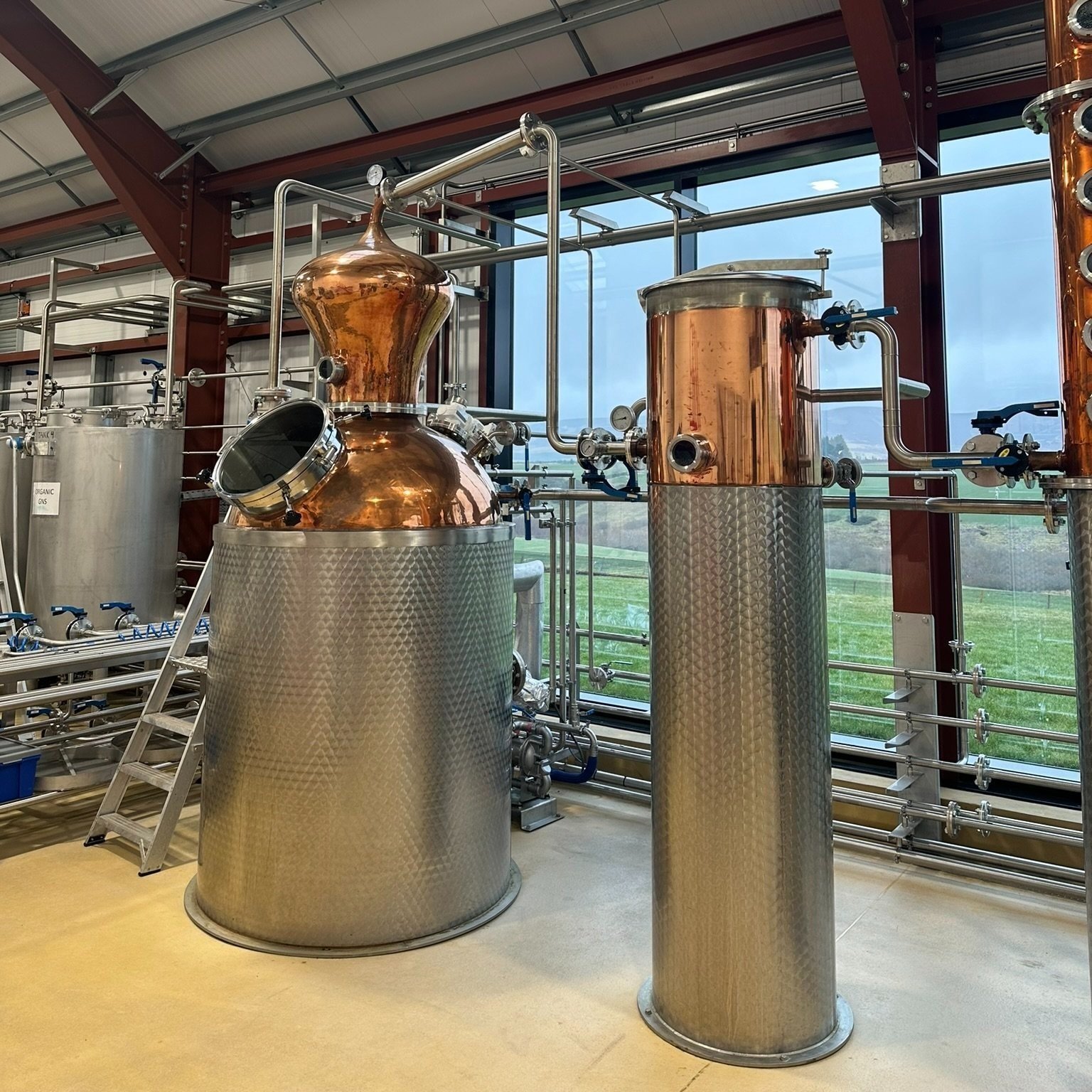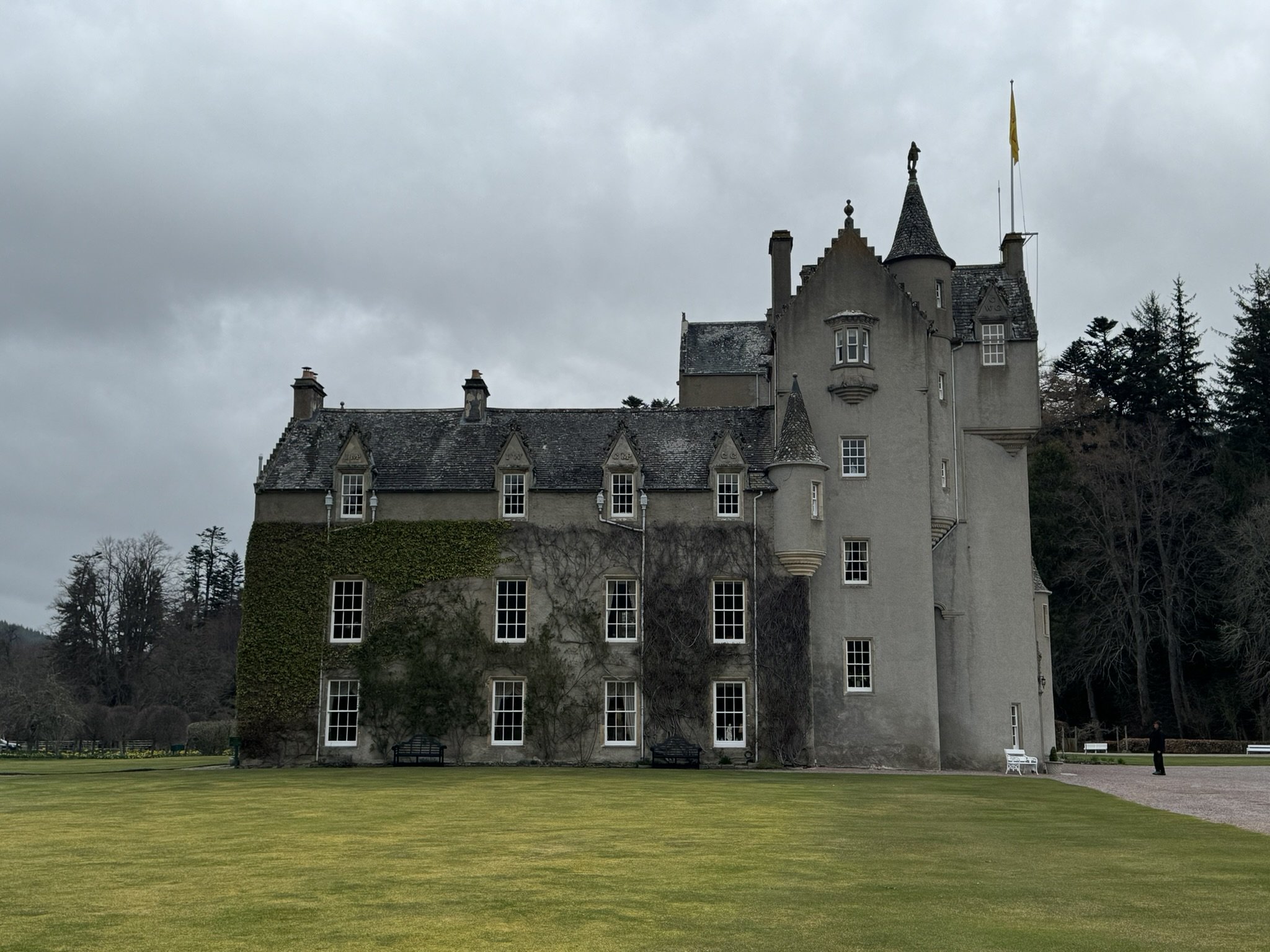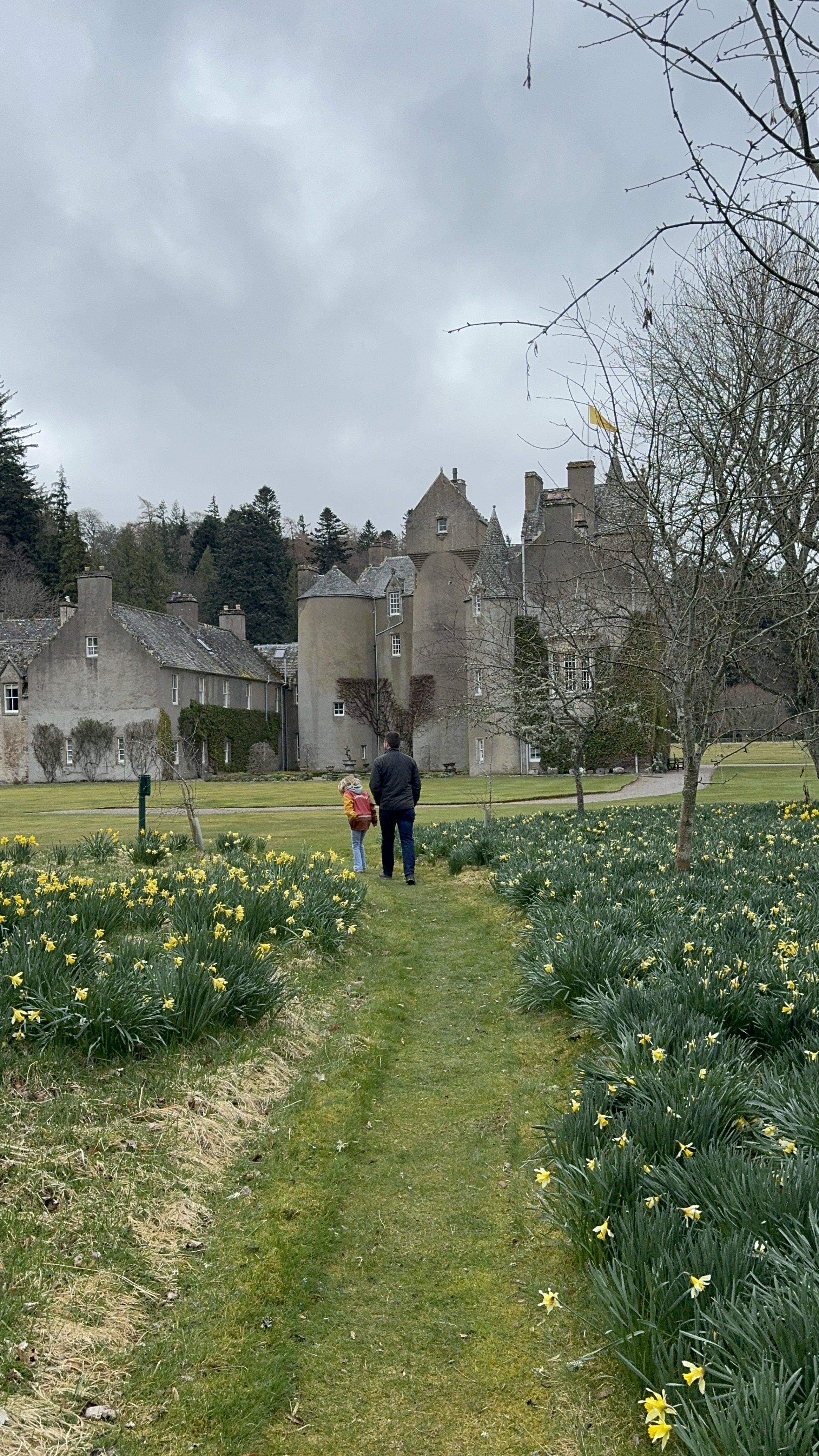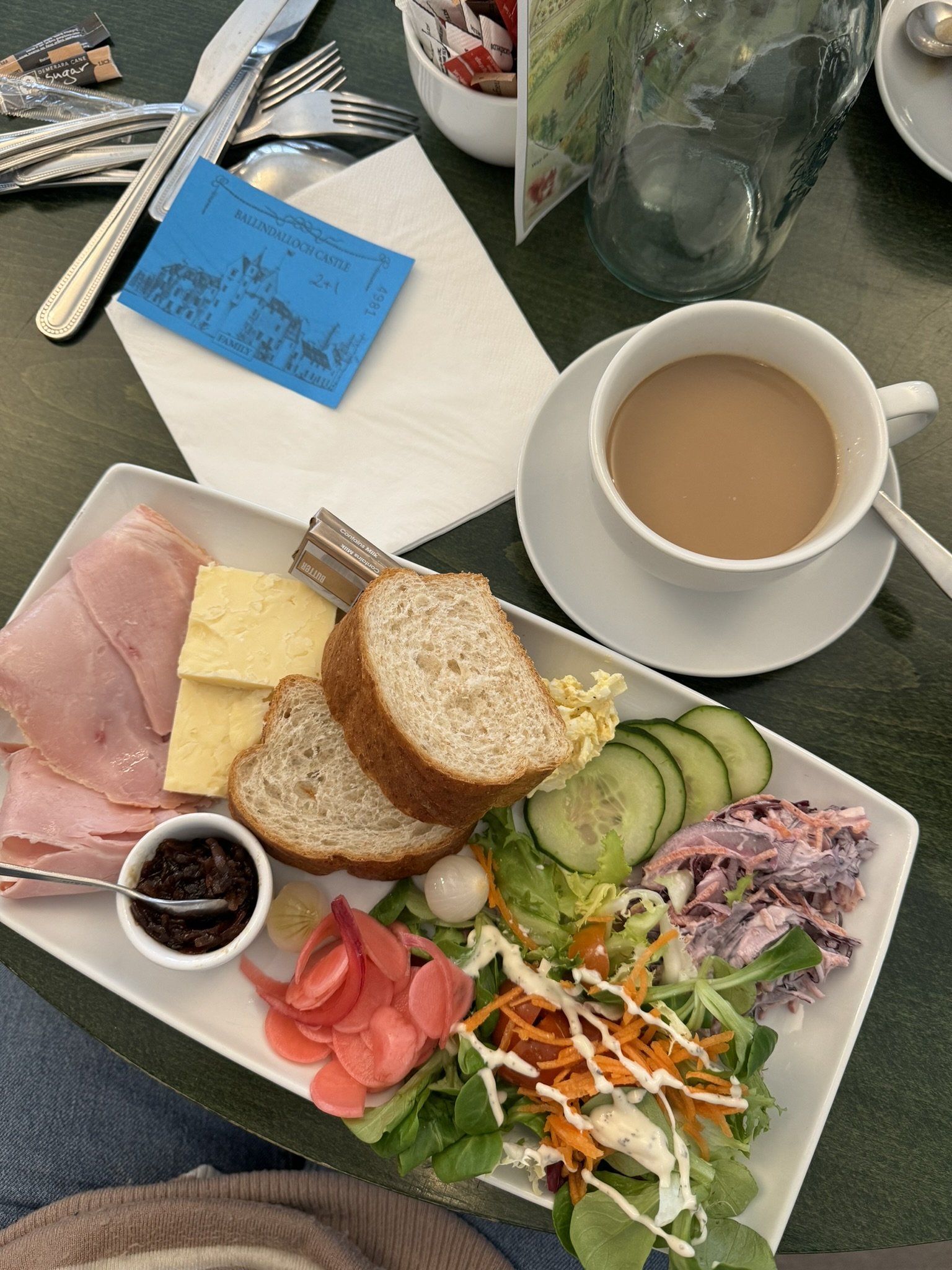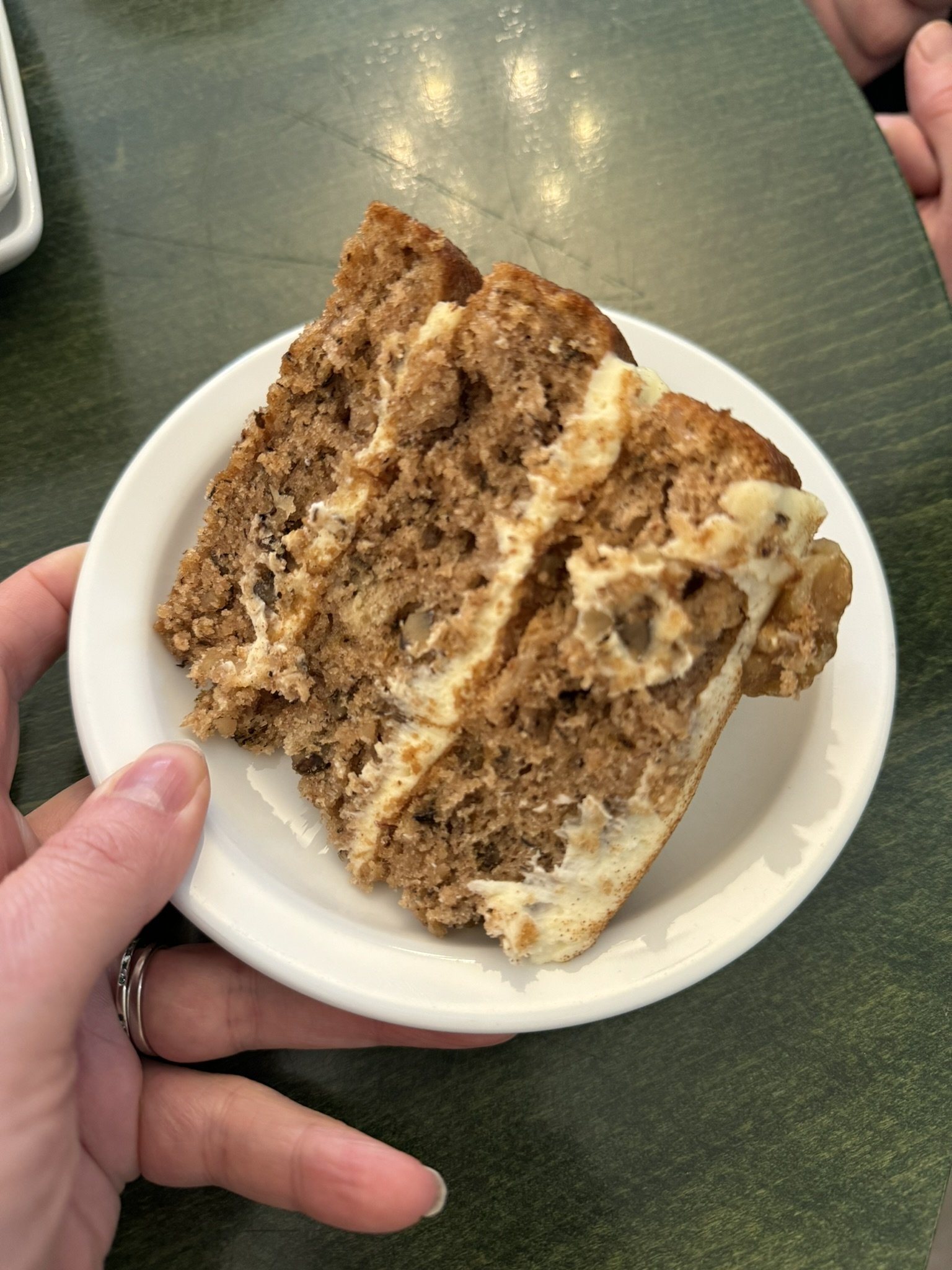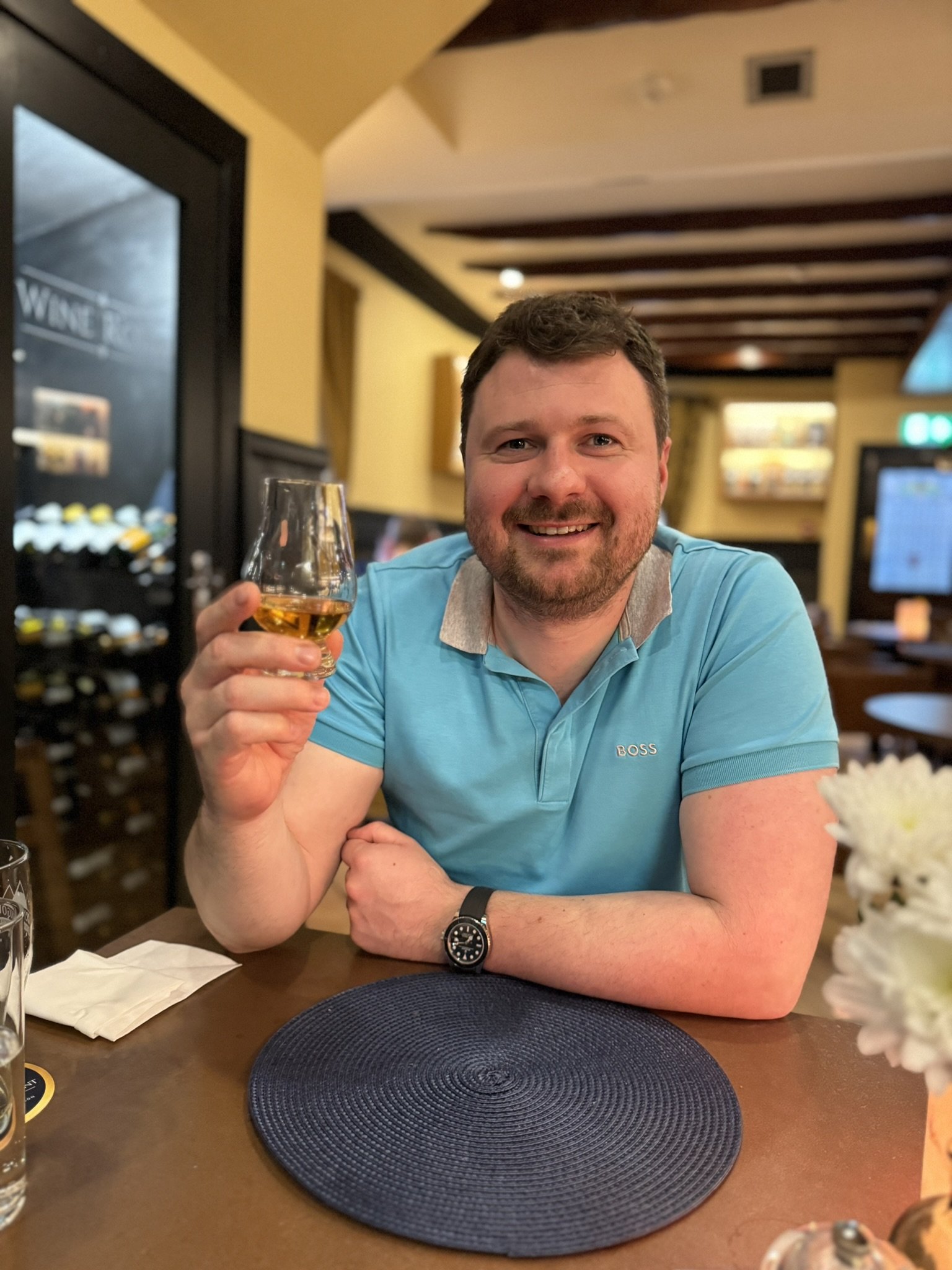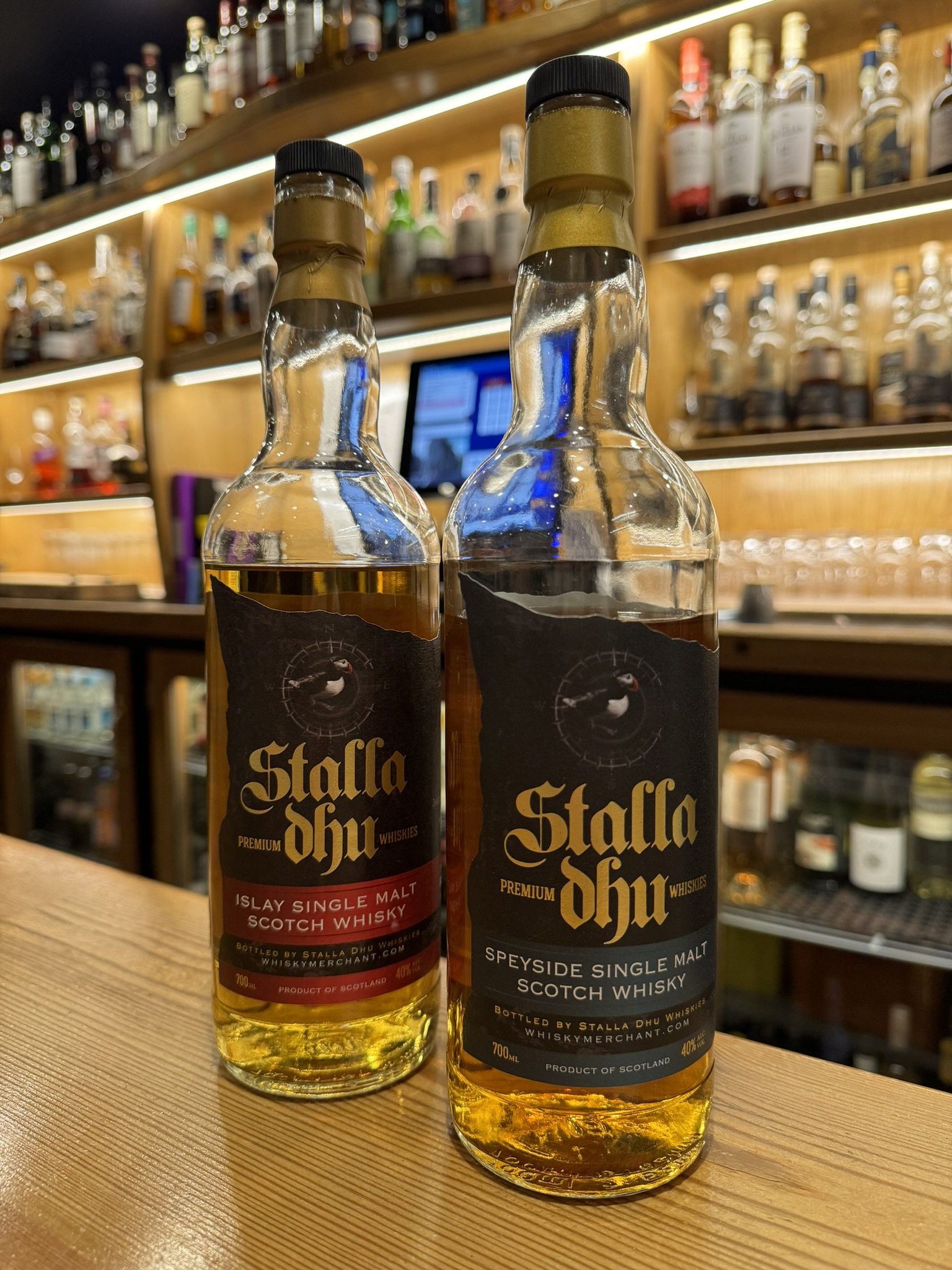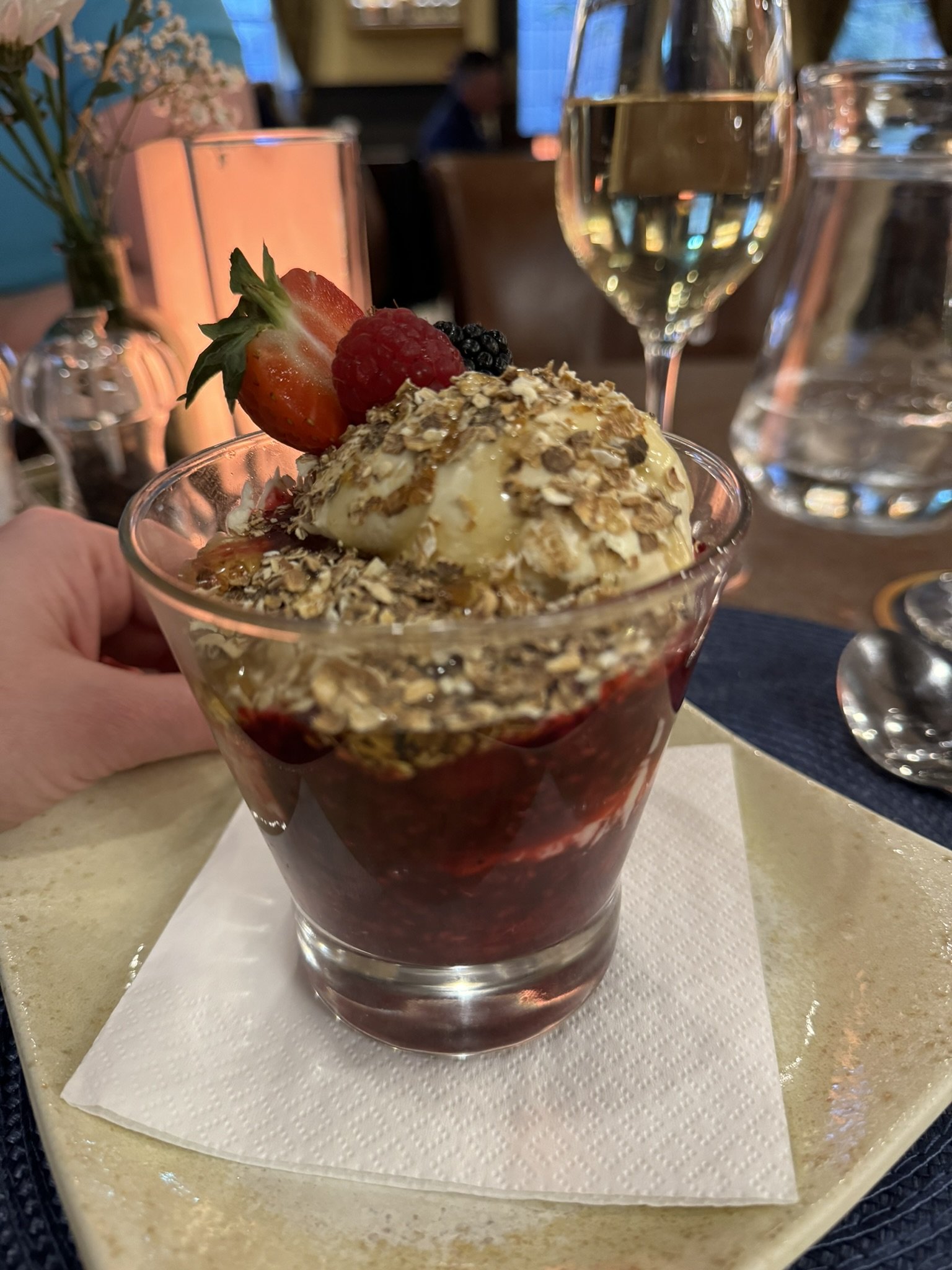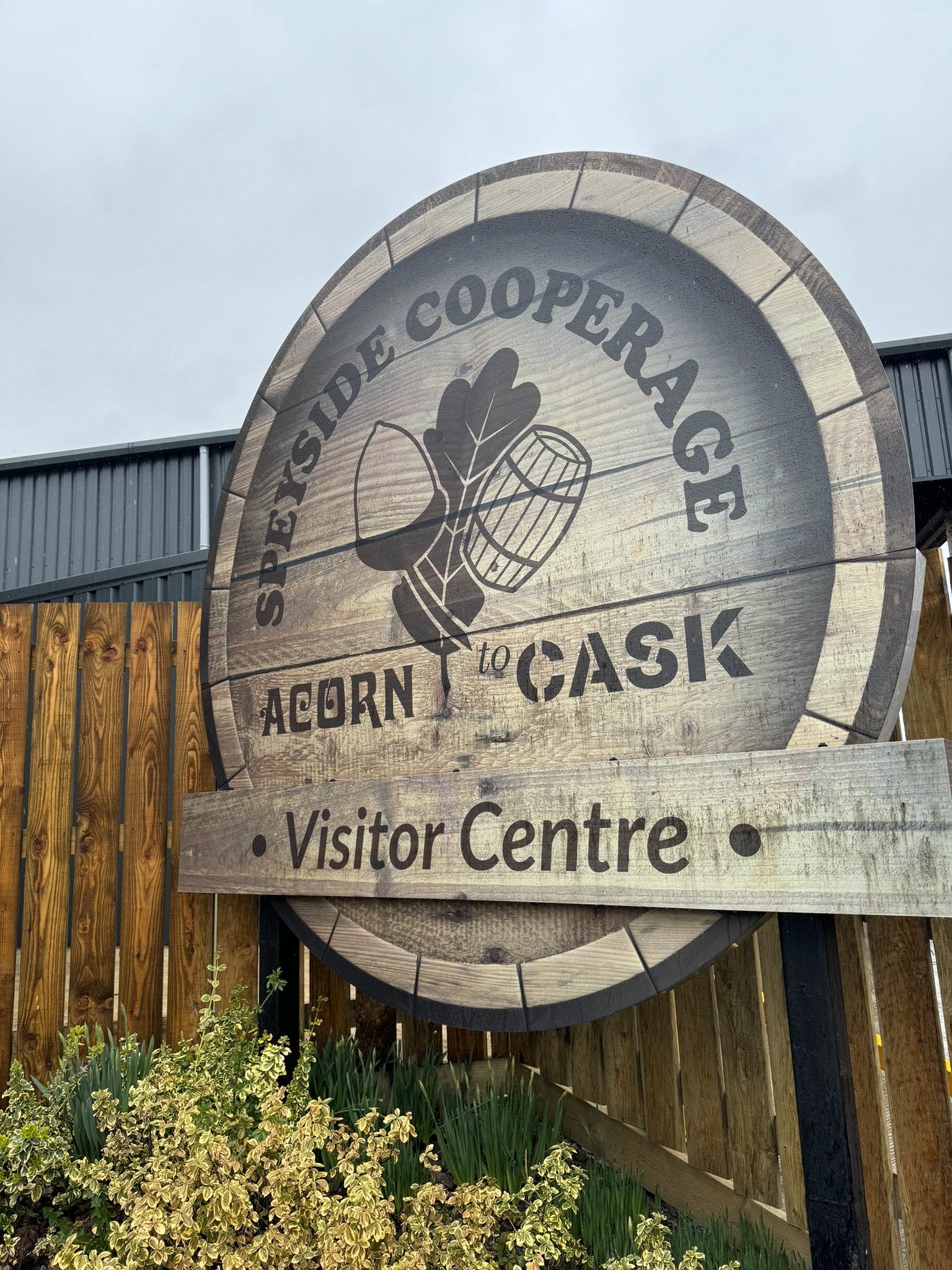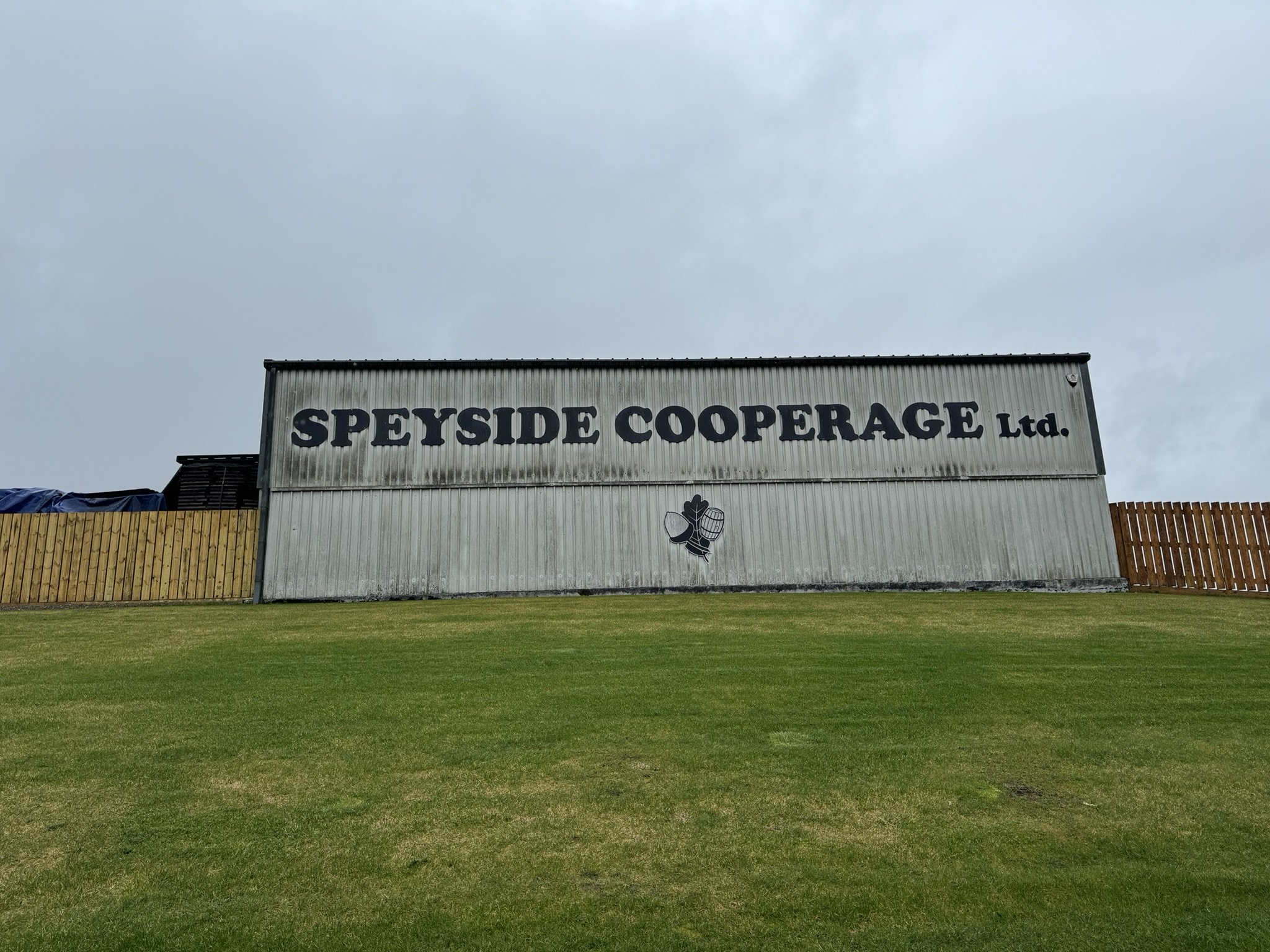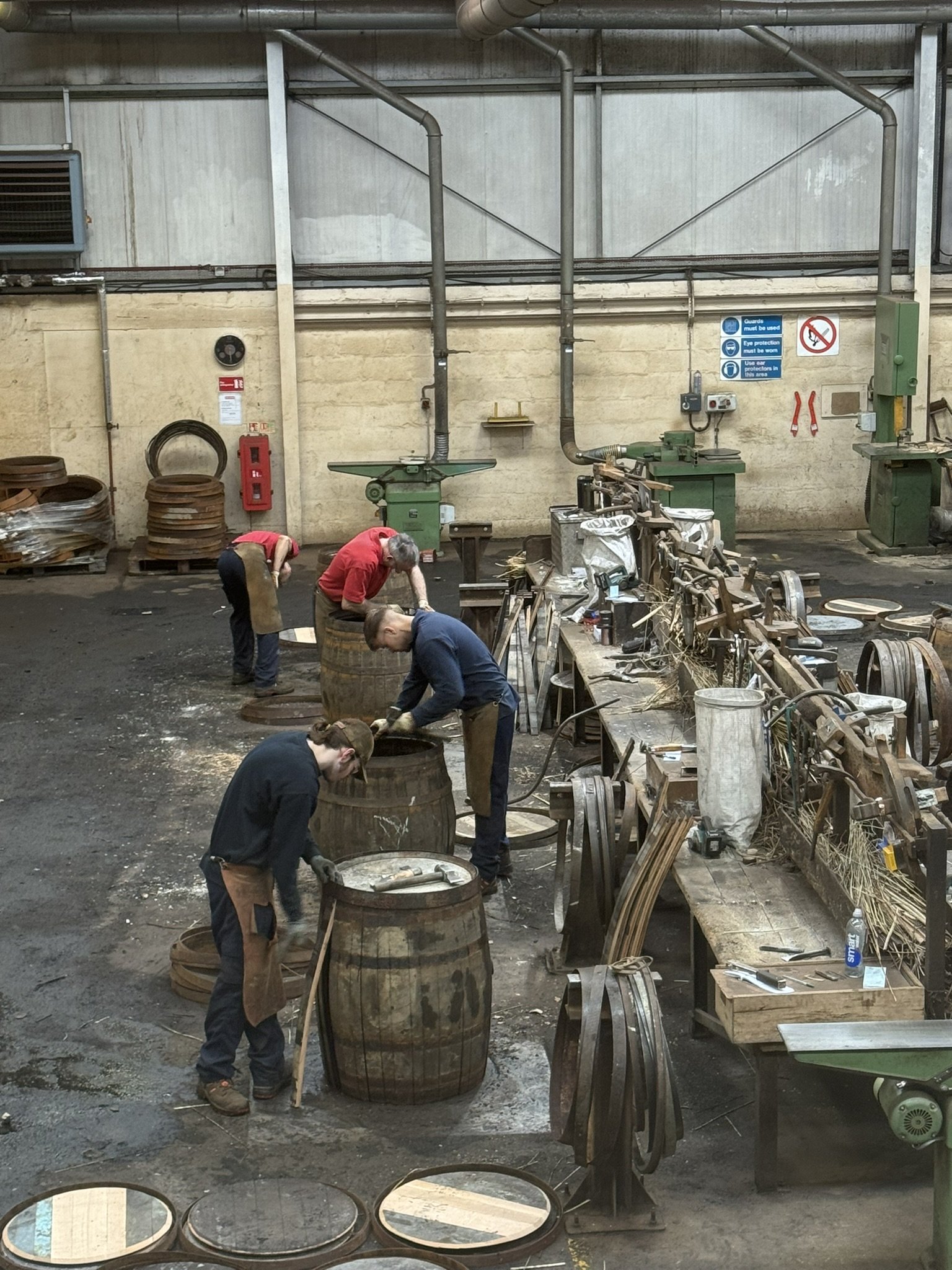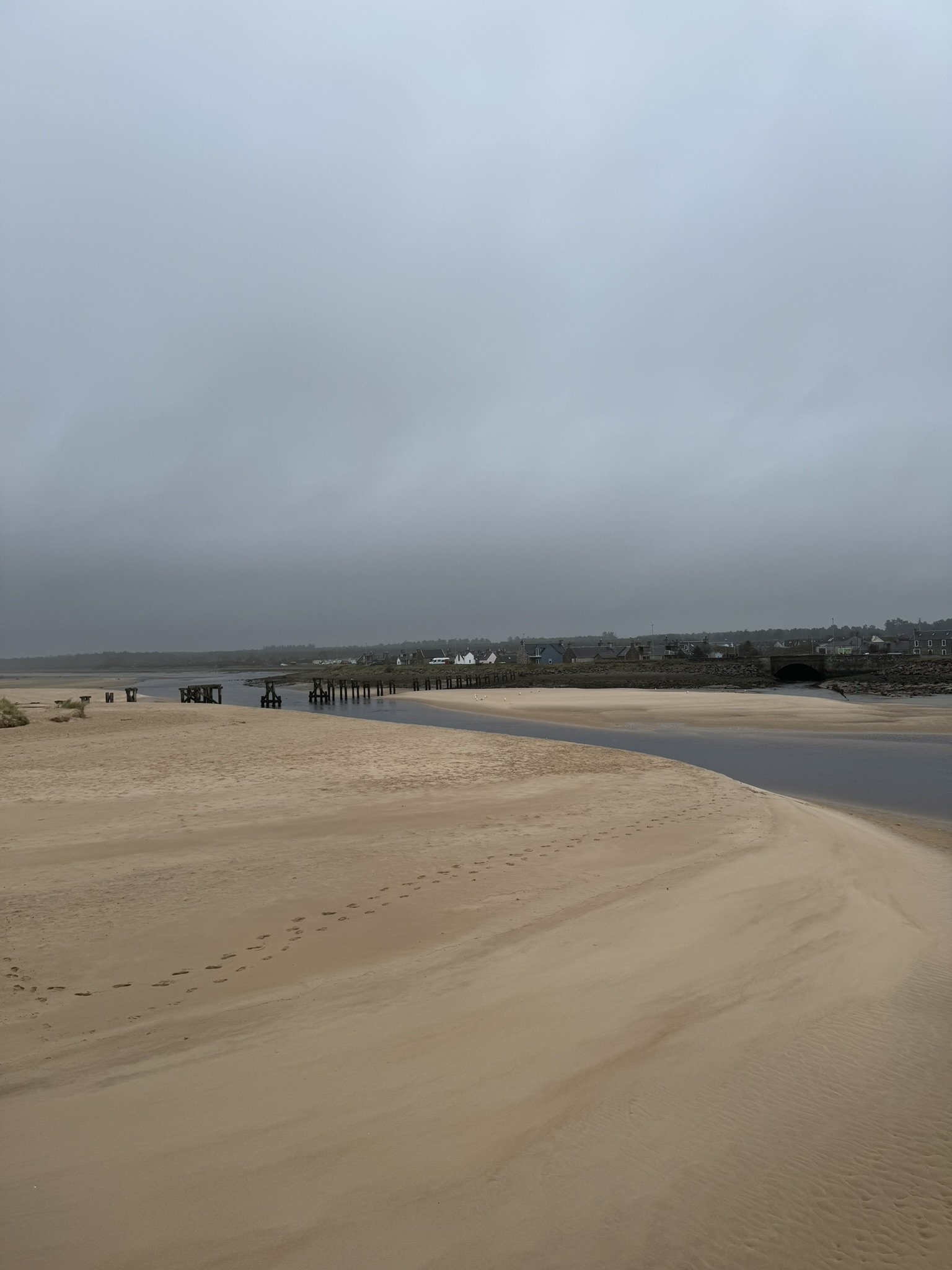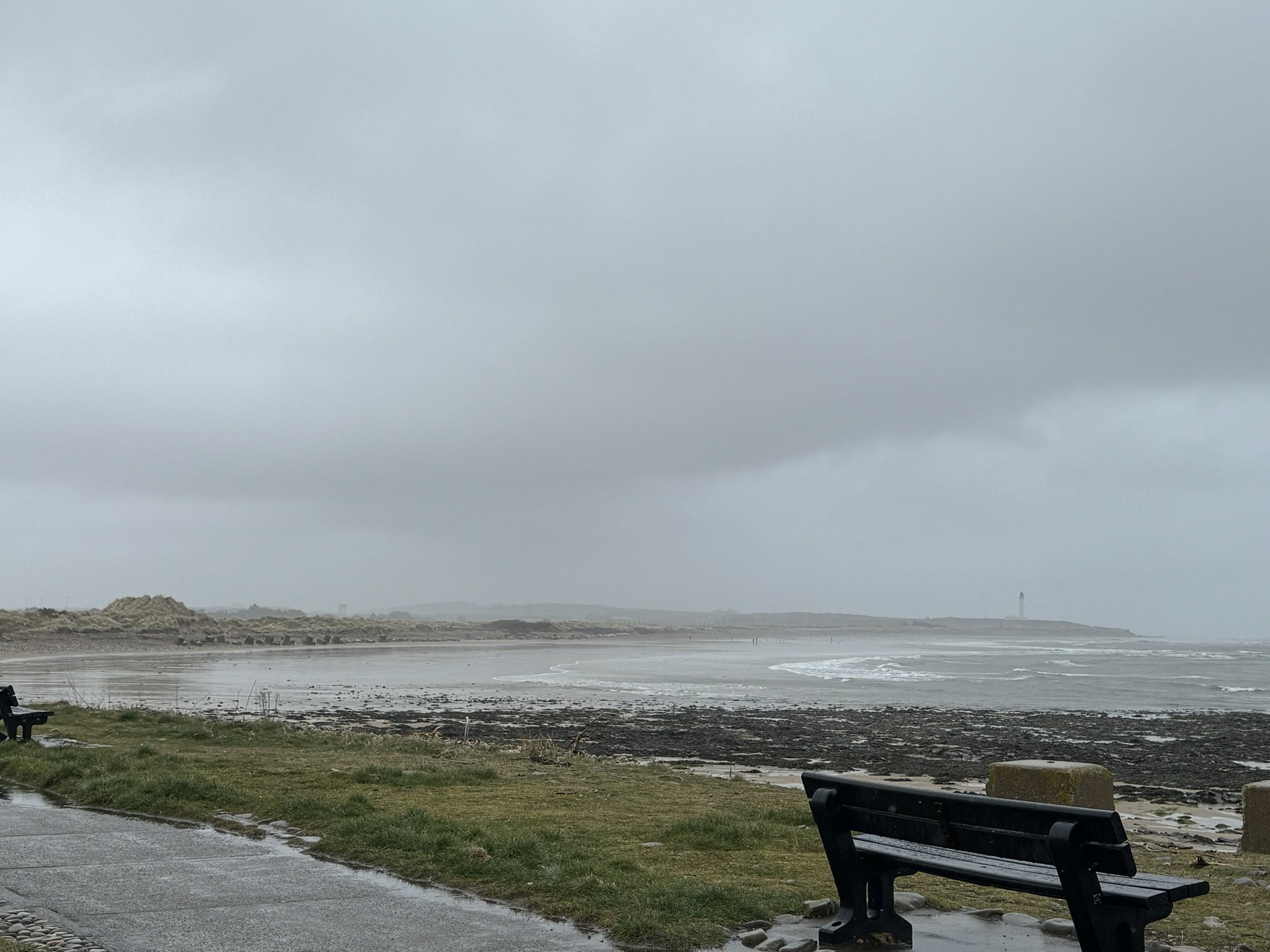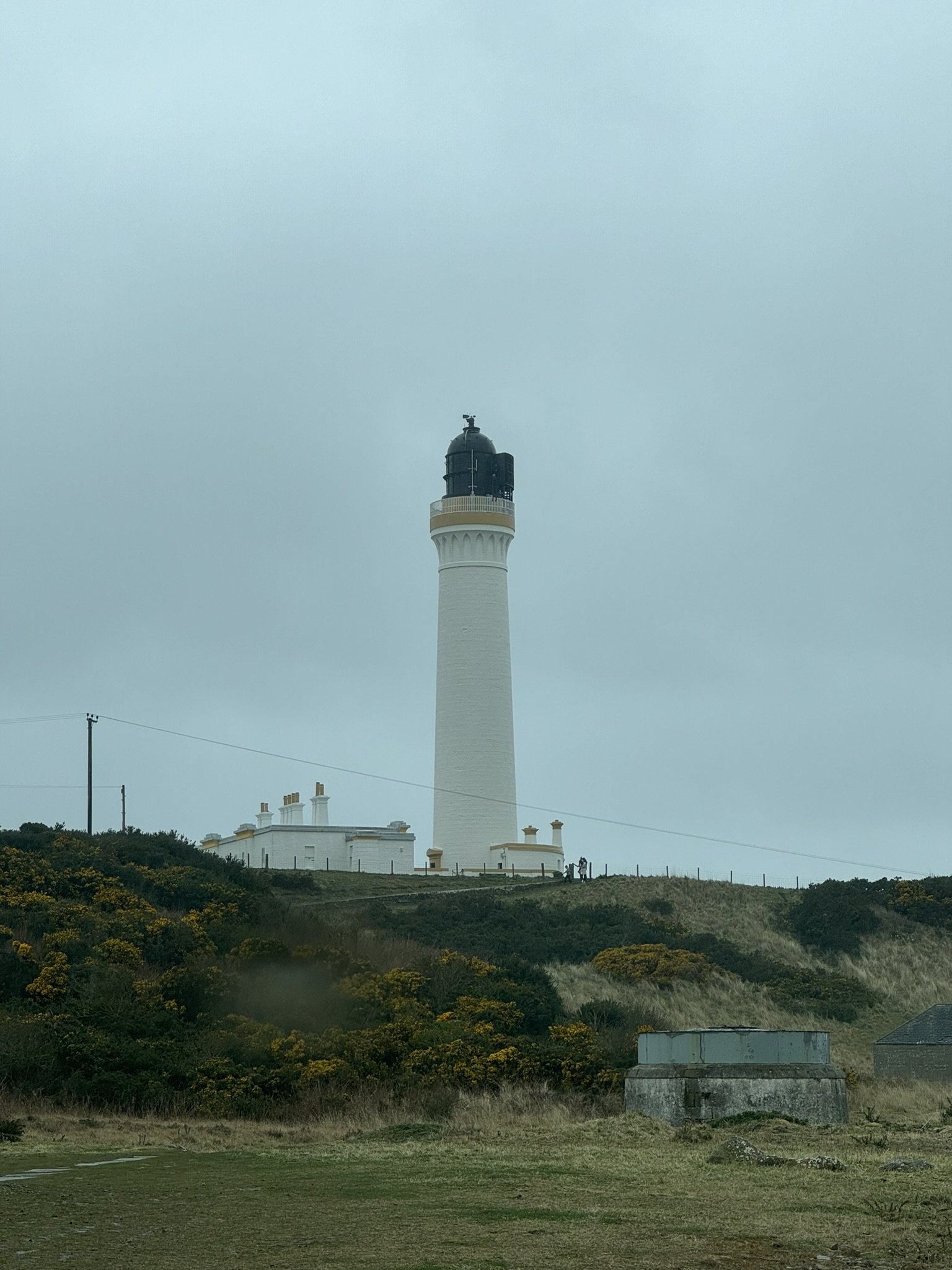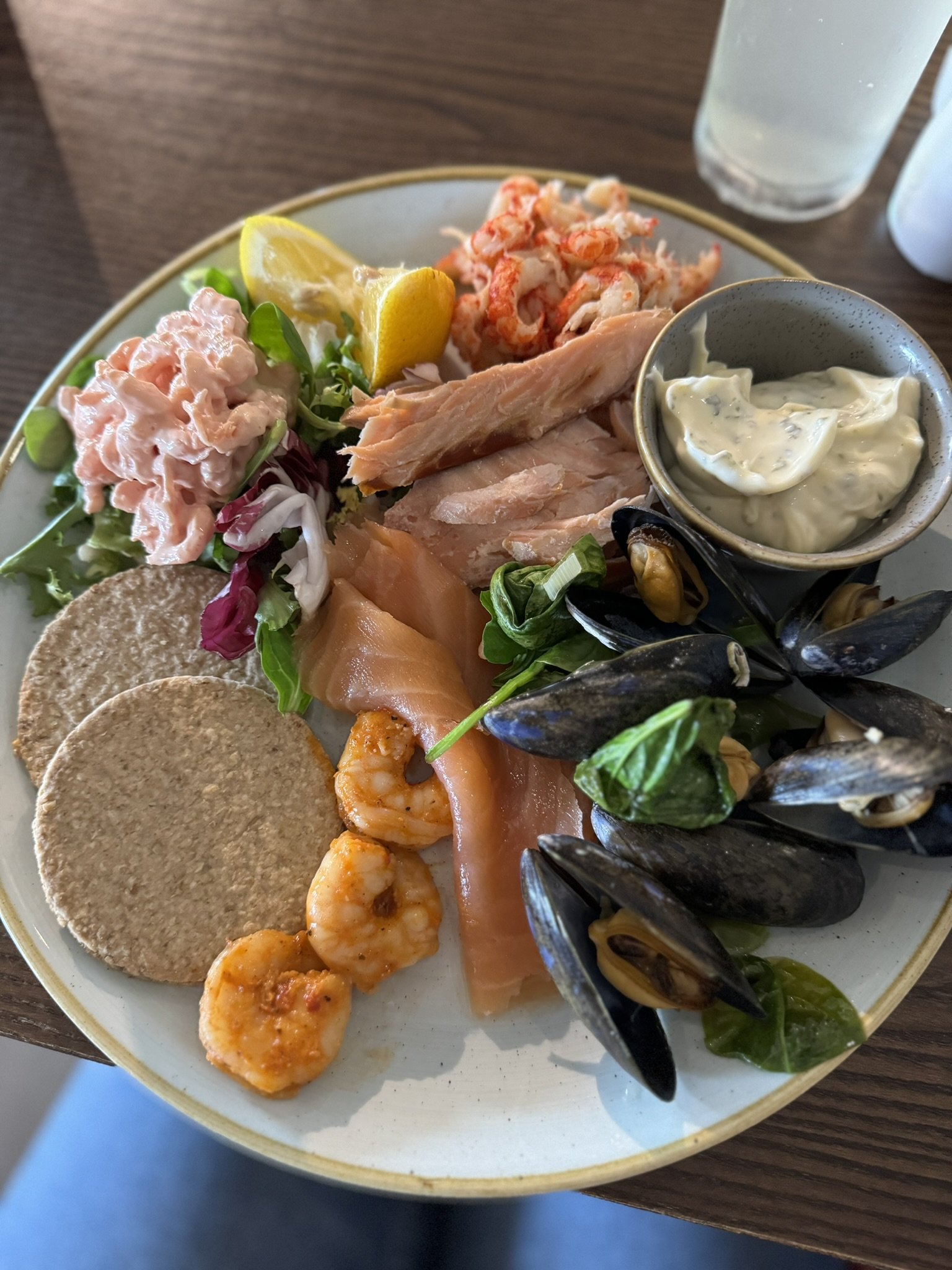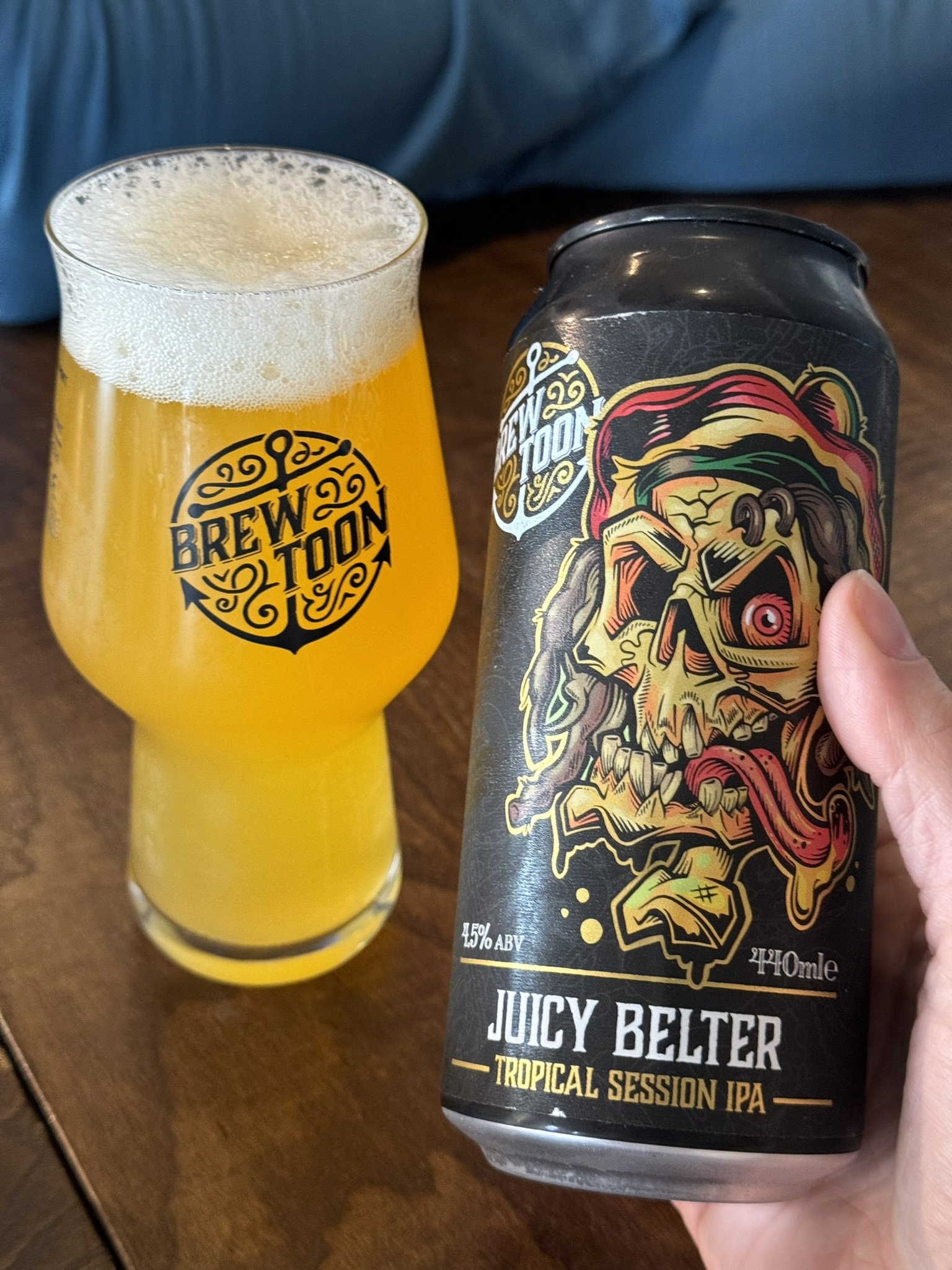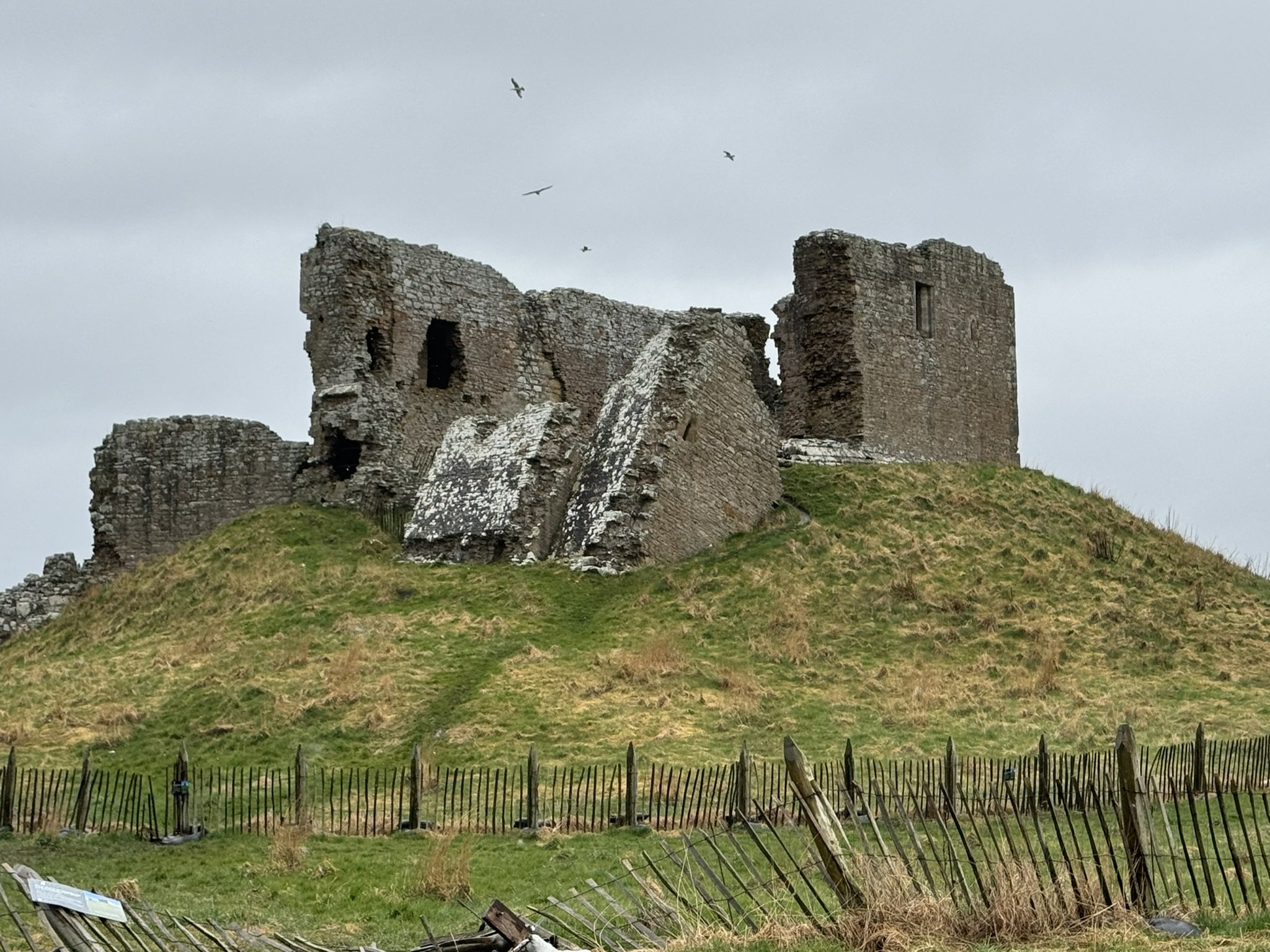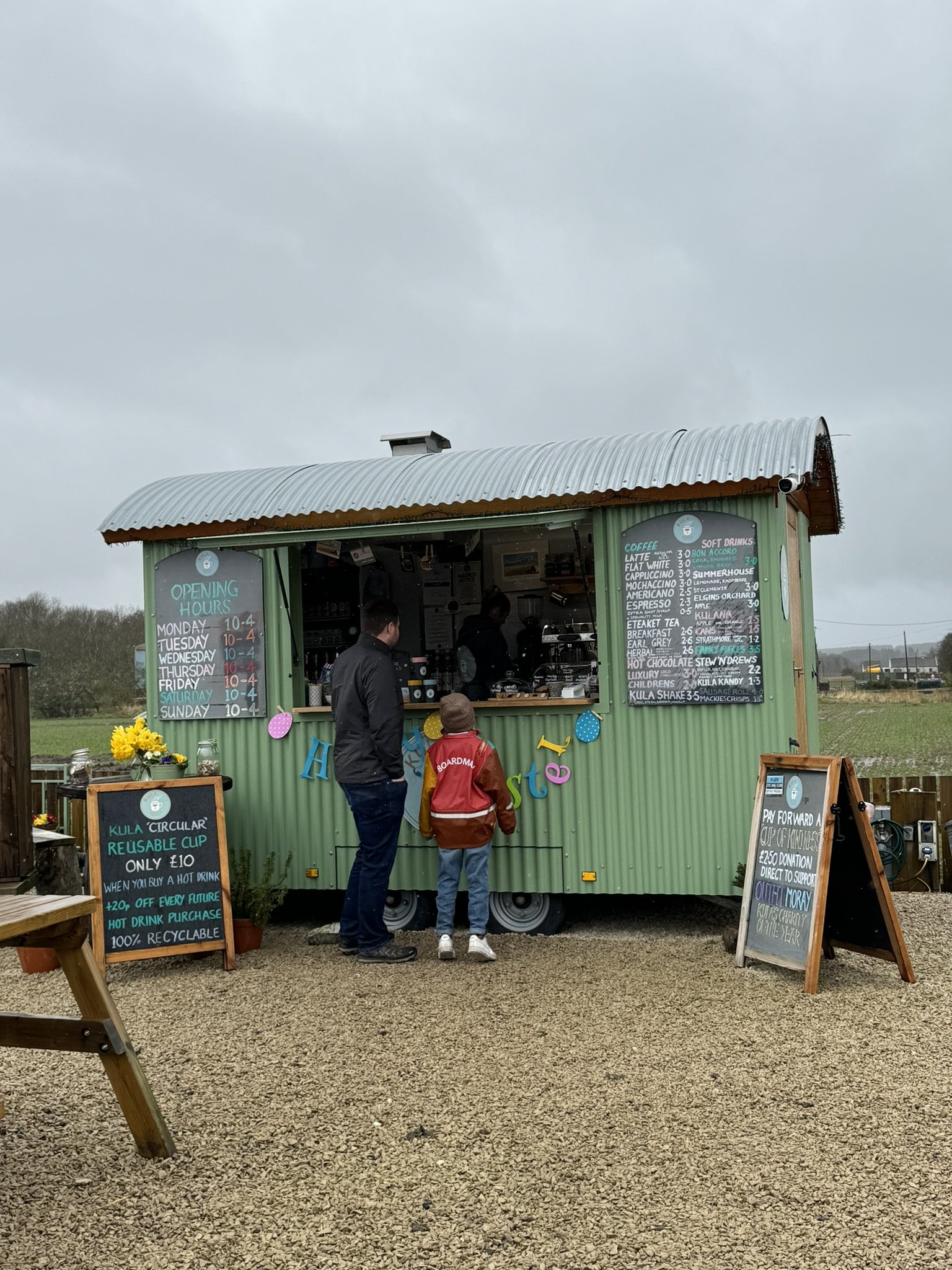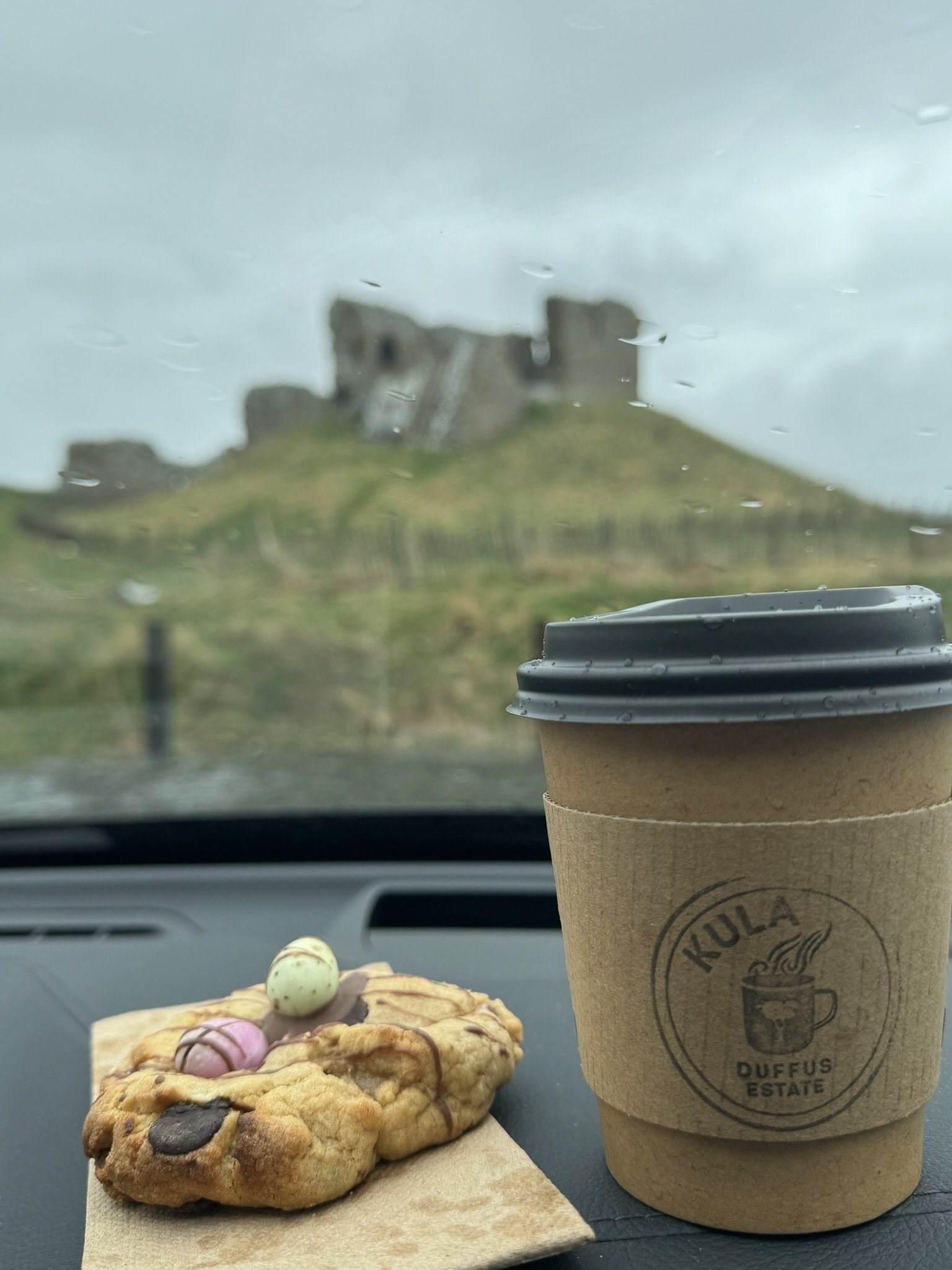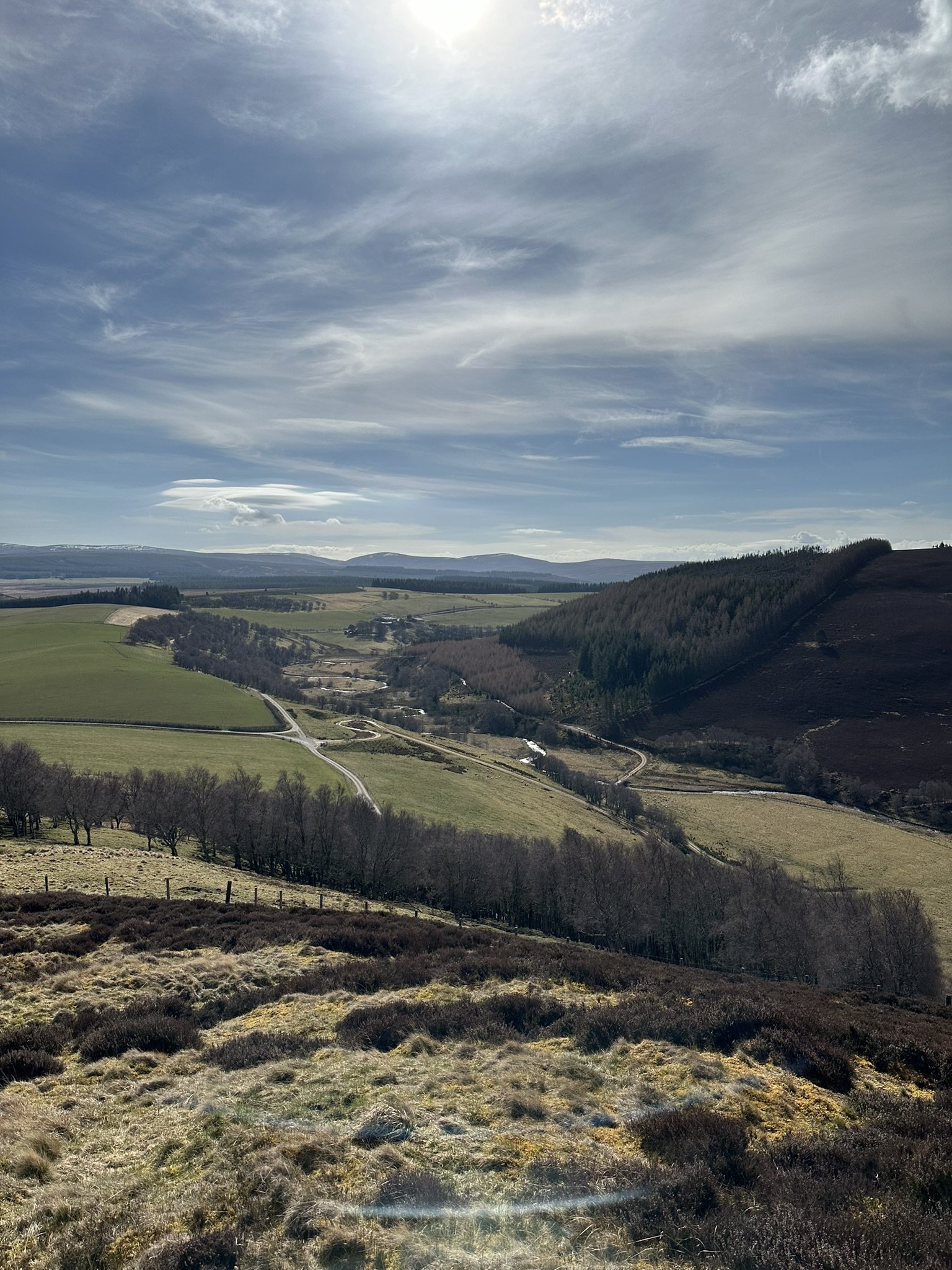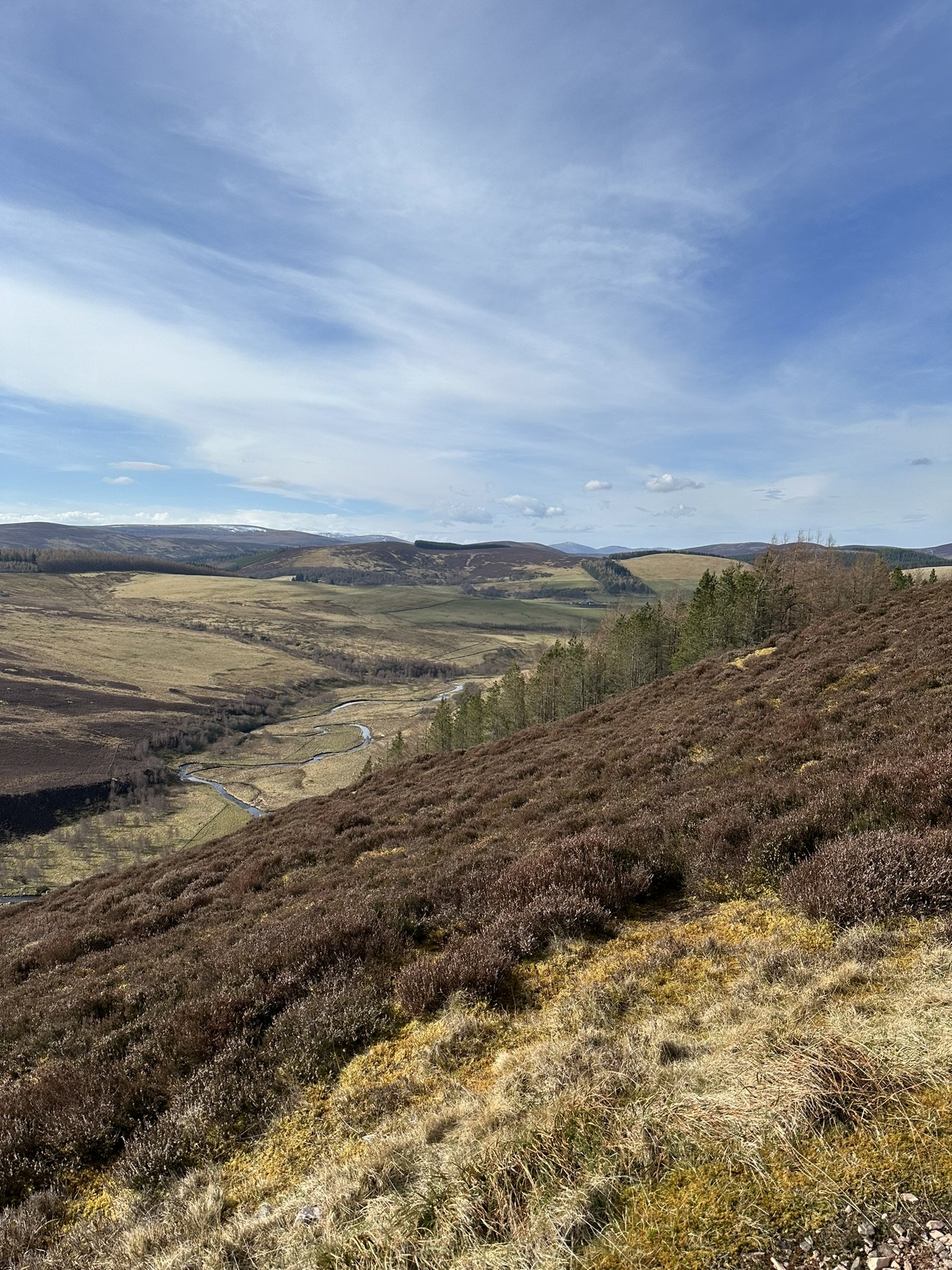Whisky, castles, trains & bikes: A four-day family adventure in Moray Speyside
Enjoying the views at Cycle Glenlivet
When you imagine Scotland, you think of quiet glens, river valleys, forests, gorges, lochs, and whisky that flows like water from tumbling burns. This is Moray Speyside; it’s a romantic image punctuated with visions of tartan-clad highlanders, heather, and ‘wild haggis’.
Speyside is a region that has already won my heart. One of Scotland’s smaller regions, it is characterised by stunning scenery, fertile valleys, and secluded glens. It is liberally peppered with at least 50 malt whisky distilleries, making it one of the best-known regions, if less explored.
This blog is part of a paid campaign with Visit Moray Speyside, but my thoughts, opinions, and whisky preferences are entirely my own!
Speyside sits northeast of Scotland and is dominated by the crystal clear waters of the mighty River Spey. Until the 1990s, Speyside was included in the ‘Highland’ whisky region. It has the greatest density of distilleries in Scotland, producing around half of the nation’s malts, so if whisky is your thing, Speyside is the region for you. With an impressive roll call of distilleries, including Balvenie, Glenfiddich, Glenlivet, GlenAllachie and Cardhu, there is plenty to tickle the taste buds.
But we were here for more than just the uisge beatha, or ‘water of life’. Speyside is bursting with family-friendly activities and a drop or three of the strong stuff. This blog will show how you, too, can enjoy a family-friendly escape in Scotland’s whisky capital.
Day one
For our Moray Speyside adventure, we made our way south to Aberdeen, where we were sleepily disgorged from the bowels of NorthLink’s Hjaltland into the heart of the city and, after an hour-long drive, found ourselves in the heart of Speyside with its rolling fields and picturesque glens.
Heading to the small town of Keith, we boarded Keith & Dufftown Railway’s historic Whisky Line, the UK’s most northerly heritage railway line, for a scenic journey to Dufftown.
The first line in Keith opened in 1862 and ran as a passenger route until British Rail closed it in 1968. In 1992, the Keith and Dufftown Railway Association was formed, reopening the line in 2002 with a band of willing and dedicated volunteers.
The picture-perfect railway station sits in the heart of Keith, a historic town of around 5,000 people, nestled in the Isla Valley. Home to the Strathisla Distillery, where we previously did a whisky blending workshop, this is also the start point for the 40-minute journey to Dufftown that travels through some stunning Speyside scenery, passing the quiet waters of Loch Park, an artificial loch associated with Drummuir Castle in the 19th century, and weaving its way along the river Isla to Dufftown, the beating heart of ‘Whisky Country’.
Visiting on Easter weekend, the children were treated to a special easter egg hunt and games on the train, all overseen by the friendly and cheery volunteers whose passion for keeping this historic line open is almost palpable.
Arriving in Dufftown, we were welcomed to our table by staff at the Sidings Cafe, located in a former 1950s carriage within Dufftown Railway Station. The retro feel, delicious lunches and moreish cakes make this a popular attraction, so booking a table in advance is best to ensure you have time to eat before the train returns to Keith.
Dufftown, the whisky capital, has seven working distilleries: Mortlach (1823), Glenfiddich (1886), Balvenie (1892) (also home to Kinivie (1990)), Dufftown (producers of Singleton (1896)), Glendullan (1897), and Kinivie (1990), and was formerly where the now-defunct distilleries of Convalmore (1894-1985), Parkmore (1894-1931) and Pittyvaich (1975-1993) were sited. For an excellent experience, the Dufftown Distilleries Walk by Speyside Tours is unmissable.
This family-friendly, wheelchair-accessible rail experience—the train and Sidings Cafe—was great fun. As the bairns ran through the carriages searching for Easter eggs on the way back to Keith, I could relax and take in the breathtaking views.
… by stunning scenery, I was drawn to the distilleries that we passed in the train!
We had been treated to some uncharacteristic spring sunshine and warmth and were looking forward to a walk to Linn Falls in Aberlour. Promising a woodland path alongside the Aberlour Burn and some impressive falls, we excitedly laced up our boots and set off from the car park (Parking, Google coordinates: 57.469983,-3.229762). Unfortunately, we had reached our weather quota, and before even leaving the car park, the thunder rumbled, and hail stones rained down on us. With clothes soaked and spirits undamped, we aborted the walk and checked into our accommodation at Speyside Gardens Caravan Park on the outskirts of Aberlour.
Speyside Gardens Caravan Park is a caravan, camping and luxury glamping park nestled within a 6-acre protective walled garden just two miles from Aberlour and Craigellachie. We were staying in one of their three-bedroom static holiday vans, a well-equipped van (or trailer if you’re from across the pond!) with high-speed internet and everything you need for a self-catering stay. The on-site shop (open daily from 9:00am to 7:00pm) was well-stocked with all the essentials, including local coffee, malt whisky and beer. The vans had their own toilets and showers; however, for those in motorhomes, caravans or tents, an on-site amenity block has private family bathrooms, shower rooms, a washing-up area and laundry facilities.
After chilling out with a pack of cards and endless games of solitaire, it was time to head to Aberlour for our evening meal at the Aberlour Hotel.
Aberlour is a beautiful village a few miles south of Elgin. It is also the home of Walkers Shortbread (if you know, you know!) and Aberlour Distillery. There was a distillery tempting us in every village here!
The busy family-run Aberlour Hotel sits on Main Street, has 19 rooms, a restaurant, bar and beer garden for soaking up the sunshine, and boasts an extensive menu and generous portions. Be sure to go with an empty belly as the food is delicious, and the hotel’s ‘traditional Cullen Skink’ and ‘Cullen Skink with a Twist’ recently claimed victory in the Cullen Skink World Championships – it was a bowl of heaven. (For those wondering, Cullen Skink is a smoked fish chowder with leek and tatties, and the ‘twist’ included the addition of crispy bacon, black pudding, and batter scraps). We had a delicious meal, served in warm and welcoming surroundings, and left feeling happy and full, ready for the final experience of the day.
As the sun set, we pulled up at Elchies Farm, where we were met with a beautiful blazing farmyard bonfire. As the fire crackled under the emerging stars, the children were given goodie bags, including glow sticks and torches against the settling darkness. We were led to the goat pens, where we fed and settled them for the evening before heading back to the yard for some hot and tasty farm-fresh food, including delicious goat pies.
If someone had told me that I could visit Speyside and put some goats to bed, I’d have thought they were pulling my leg – but that’s precisely what we did.
To round off what was a brilliant – if unusual – evening, farm hand Max led us into the barn, where we all cosied down on hay bales for some bedtime farm stories. It was a memorable evening, and as we emerged into the darkness to leave, we were met with the most incredible starry sky with constellations glittering above us. With the frost setting on the verges, we left to a blanket of glitter above and below. It was magical.
Day two
Bike Glenlivet’s trails were wonderful!
Day two dawned with bright spring sunshine, birdsong, and the promise of adventure. We set off from the quiet caravan park and went 20 miles southwest into the Cairngorms National Park to Bike Glenlivet.
With multiple purpose-built mountain bike trails, bikes to hire, stunning mountain views, and meandering forest routes to suit all levels and ages, this experience in the heart of the Glenlivet Estate is an exhilarating ride. The centre opened in 2013, with new owners taking over in 2020, and it was clear that they poured a lot of love into improving and maintaining the trails and facilities. As the day wore on, more and more people arrived to spend the day cycling Glenlivet’s thrilling routes.
We chose the 9km Blue Trail, an excellent introduction to cross-country riding and dubbed the best blue-graded MTB trail in Scotland. For the more experienced rider, a challenging 22km route provides challenges and white-knuckle riding for the skilled thrillseeker.
We loved this experience. The trails were incredibly well laid out, offering hours of fun and unparalleled views. To top the day off, the food in the cafe was just what we craved after hours in the saddle.
If you get a chance, check out the YouTube videos from the pros taken on Glenlivet’s trails. Glenlivet is somewhere we will soon return to spend longer.
After a venison burger and steaming bowl of moreish nachos, it was time to hit the road again and explore more of the countryside. We stopped at Creag Chalcaidh Quarry outside the small village of Tomintoul, where the viewpoint offers striking views over the village and surrounding landscape towards the snow-capped Cairngorms.
We then drove back to Dufftown to visit Balvenie Castle, overlooking the Glenfiddich Distillery. Balvenie Castle is a roofless ruin managed by Historic Scotland. Once a grand palace, the original castle, built by the powerful earls of Buchan, dates to the 1200s and is one of the oldest stone castles in Scotland. The castle was later added to in the 15th and 16th centuries and even hosted King Edward I of England and Mary Queen of Scots.
Balvenie Castle
With so many distilleries in the area, we did call in at The Glenlivet and Glenfiddich for a dram between experiences. Speyside’s rural location, with isolated valleys and an abundance of pure springs and rivers, made it ideal for illicit distillation. Remaining hidden from the customs men, these distilleries could secretly produce whisky, and today, distilleries like Glenlivet—which is 200 years old this year—celebrate their roots, welcoming thousands of visitors and continuing the region’s whisky-making traditions.
With the day’s whisky still adding fire to our bellies, we walked the mile-and-a-half into Craigellachie for dinner at the Craigellachie Hotel/Spey Inn. This is another place we have visited before, staying last time at the Whisky Hideaway in the small village, just across the road from the hotel. The Hotel is said to be Scotland’s oldest whisky hotel and is somewhere I’ll always retain fond memories of, as the place where I ‘learned to like whisky’. Arriving a few years ago, determined to enjoy the water of life, the bartender mixed me up Old Fashioned and Whisky Sourz cocktails until I could say I liked whisky!
That bar, the famous Quaich Bar, is said to be the best whisky bar in the world. The whisky menu was impressive, and every wall was lined with bottle after bottle of rare and expensive malt whisky—I felt like a child in a sweetie shop!
Whisky aside, we were there for dinner in the cosy Spey Inn, an old drover’s inn that dates back to 1703 and has retained so much of its original charm and atmosphere, and with the spring sunshine pouring in the small windows, the restaurant was bathed in soft, dappled light.
Sharing a Ghillie’s Board, we enjoyed a selection of smoked fish, capers, shallots and Walkers oatcakes (yes, from neighbouring Aberlour!). It was a considerable portion, all delicately smoked and packed with the smoky flavours I imagined came from redundant whisky barrels, which we later learned were often sold to smokers for their fish. As it was Sunday, we opted for the beef roast dinner, which did not disappoint! With the world’s biggest Yorkshire pudding and lashings of beef and gravy, we left for the walk back feeling satisfied and sleepy.
Walking back under the setting sun, following the River Spey towards Aberlour, it wasn’t hard to see why this region continues to inspire and invite visitors in.
River Spey
Day three
Day three dawned cloudy and overcast with a light misting of rain that sat in large droplets on the trees as we retraced our steps back to Craigellachie to retrieve the car before heading to the Glenrinnes Estate.
Glenrinnes is a family-run organic estate spread over more than 6,000 acres of Scottish countryside. It produces award-winning organic cattle, sheep, and deer. In addition to livestock, the estate is also home to Glenrinnes Distillery, which produces premium organic vodka and gin.
When we arrived, we met the estate manager, Alister Laing, who took us for a tour of the estate so we could learn more about their organic livestock, how they work with the natural environment, and give us a chance to hand feed their herd of deer – quite a novelty as we’ve no deer in Shetland.
After a tour of the beautiful estate grounds, greenhouses and animals, we went off-roading up Ben Rinnes Mountain, a spot where, on a clear day, you can see the eight surrounding counties. Although the low cloud lifted enough for us to enjoy some pretty epic views, the mountaintop remained blocked by snow drifts that still clung to these higher reaches, even in April.
Glenrinnes recently diversified its estate’s offering, opening a new state-of-the-art distillery in 2019, tapping into the fresh springs on the lower slopes of Ben Rinnes to create organic gin and vodka. Explaining their reasoning, distillery manager Martin said, “In whisky country, why build another whisky distillery? Why not try something different?” – particularly for those who don’t enjoy whisky but get dragged along regardless! The hope is that their award-winning Eight Lands spirits will bridge this gap, offering something for the gin and vodka lovers.
In addition to gin and vodka, the distillery makes an annual sloe gin and some experimental vodka aged in former whisky barrels, a nod to the region’s whisky heritage. Upstairs, we were treated to a tasting with incredible views down the valley—all in all, a fantastic experience, and ideal for those who are maybe not fans of the region’s whisky!
Following this, we drove to Ballindalloch Castle for lunch and a castle tour. Ballindalloch sits tucked into the banks of the River Avon, hidden away from the road. The castle has been home to the Macpherson-Grant family since it was built in 1546 and is one of the finest examples of a Scottish Baronial castle.
Today, Guy Macpherson-Grant and his family welcome visitors to their home for six months of the year, giving an unparalleled glimpse into family life within the castle. Given that the family still live here, it’s little wonder that photography inside the beautiful castle is prohibited.
It’s clear that this is a living, breathing castle. It has none of the ‘old museum’ feelings that you find in many castles, as the walls are adorned with modern family photos that sit cheek by jowl alongside historic oil portraits. Modern charging points and digital alarm clocks sit alongside four poster beds, and the whole place feels loved and lived in. It’s one of the best castles I’ve visited – and I’ve done my fair share of Scottish castles!
Lunch was in a beautiful tea room-style sunroom just off the main castle. The menu contained many Ballindalloch Estate produce, as well as a well-stocked gift shop.
In the evening, we walked the back lanes from the campsite into the heart of Aberlour, a beautiful walk along quiet roads and open farmland. We ate at The Mash Tun, a premier whisky bar, restaurant and riverside inn originally built in 1896. With its beautiful curved facade, cosy pub interior, delicious menu and tempting whisky list, it’s no surprise that we hung around here supping whisky until the sun had set, meaning that we had to walk back in the dark, retracing our steps through the quiet lanes to the caravan site.
Day four
Our final day arrived too soon under a veil of darkening clouds and rain, which got heavier as the day wore on. Packing up and waving goodbye to the caravan park, we headed to the Speyside Cooperage, a five-star visitor attraction set within the heart of a traditional cooperage. Here, we watched 15 skilled barrel makers as they repaired and constructed the casks that would age the whisky for as many as 22 years at a time.
Whisky barrels come in standard sizes – the smaller American oak barrels (generally ex-bourbon barrels) and European oak barrels seasoned with sherry for several months to several years.
The Cooperage was a fascinating place to visit. We learned about the process from acorn to cask against the clatter of the coopers, who never stopped working, shaping, shaving, and charring their casks. So far, there are no female coopers; these men are incredibly skilled craftsmen, masters of their craft, and keepers of the ancient heritage of coopering.
From here, we drove 35 minutes north to the beautiful coastal town of Lossiemouth, famed for its two large beaches. I can’t lie—the weather was awful! But we made the most of it, regardless.
The first stop was at Miele’s of Lossie, a fabulous ice cream parlour – one of several that line the waterfront. After this, we hopped out of the car (where we had chosen to eat the ice cream in relative warmth) and went for a bracing walk across the East Beach. The wind stung my cheeks and sent my hair into a wild frenzy, but it was refreshing and brisk and built up a healthy appetite for lunch at the famous Harbour Lights Cafe, which overlooks the jam-packed marina.
Harbour Lights was a welcome break from the rain. With the window steamed up against the dreich day, the cafe was buzzing with people, and the atmosphere was relaxed and warm. Being a coastal town, the menu was bursting with fresh, local seafood. I opted for the seafood platter, a delicious mix from the seas around Lossie, which was the perfect meal to round off our stay.
Lossie is a beautiful town and somewhere I’d love to return on a fine day. The Lighthouse that watches over the shores called to me, but the driving wind and rain kept me in the car, wipers poised furiously against the onslaught. Lossie is also home to a fantastic Fisheries and Community Museum, which was closed when we visited but is a popular volunteer-run museum that tells the story of this coastal town and its people.
Before leaving, we stopped at Kula Coffee Hut, a colourful trailer serving arguably the best coffee in the region and delicious home bakes. Kula sits beside the impressive ruins of Duffus Castle, one of the finest examples of a motte and bailey castle in Scotland, which rose from the surrounding flat farmland like something from Wuthering Heights. With circling crows overhead and low clouds adding to the drama, the whole place was given a mysterious and alluring feel.
Our time in Moray Speyside was too short, and although this was a return visit to the region, we left once more feeling like we had only scratched the surface. The area is captivating in its beauty and alluring in its drama, with streams cascading into remote glens, sweeping valleys and homely communities thronging the mighty rivers; it’s a region of sheer beauty, good whisky and tremendous hospitality.
Thank you again, Moray Speyside, for sharing a slice of magic with us – we can’t wait to return!
Quick reference:
Host – Visit Moray Speyside & Taste of Moray Speyside
Stayed – at Speyside Gardens in one of their Holiday Vans
Eat:
The Sidings Cafe, Dufftown
Aberlour Hotel, Aberlour
The Spey Inn at Craigellachie Hotel
Ballindalloch Castle Cafe
The Mash Tun, Aberlour
Miele’s of Lossie, Lossiemouth
Harbour Lights Cafe, Lossiemouth
Kula Coffee Hut, Duffus Castle
Activities:
Keith & Dufftown Railway’s historic Whisky Line, Keith – Dufftown
Goat bedtime, snacks & stories with the kids at Elchies
Bike Glenlivet, Glenlivet Estate
Balvenie Castle, Dufftown
The beautiful sandy beaches of Lossiemouth
Duffus Castle, near Elgin
Ways you can support my work…



